August 16, 2020
Martha O'Kennon
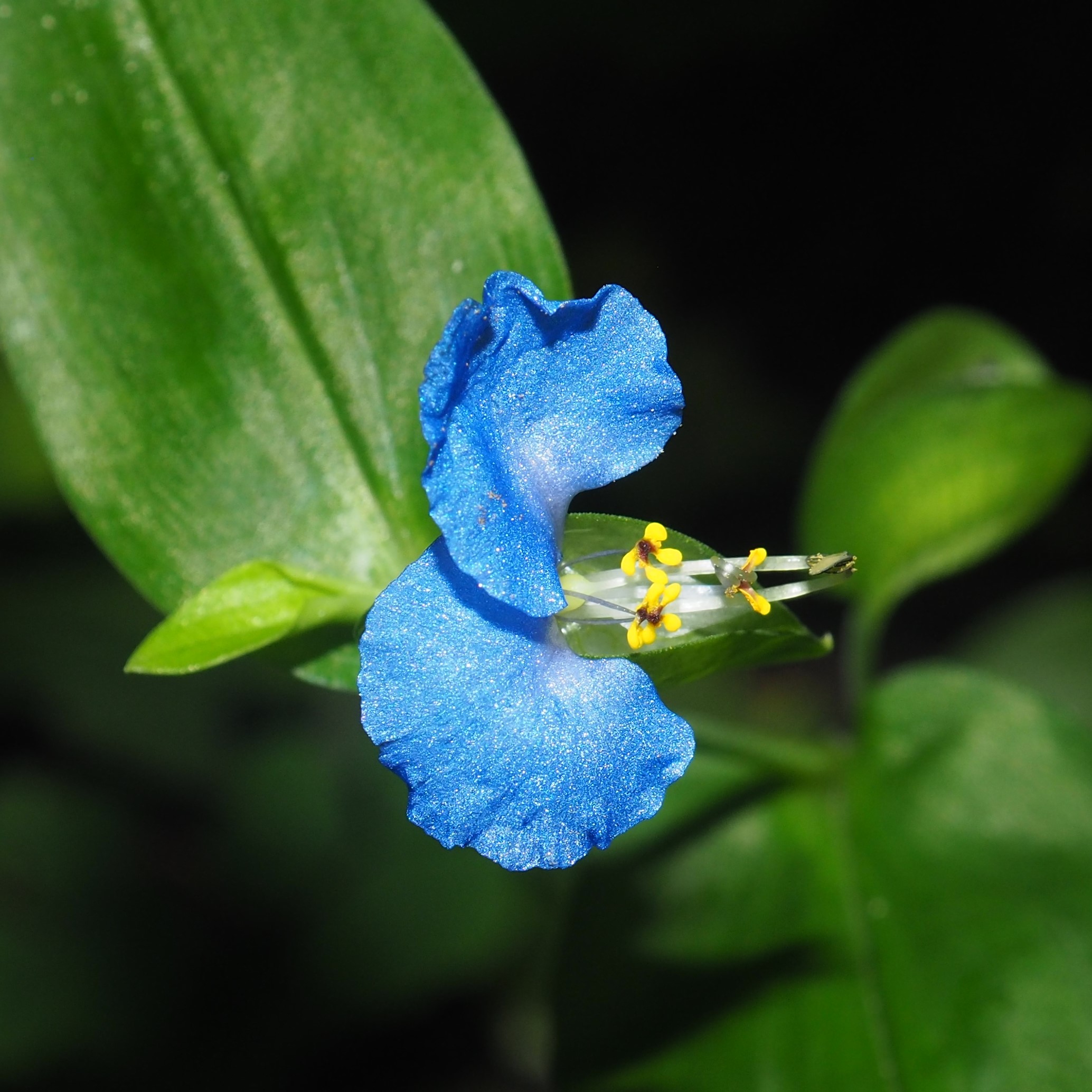
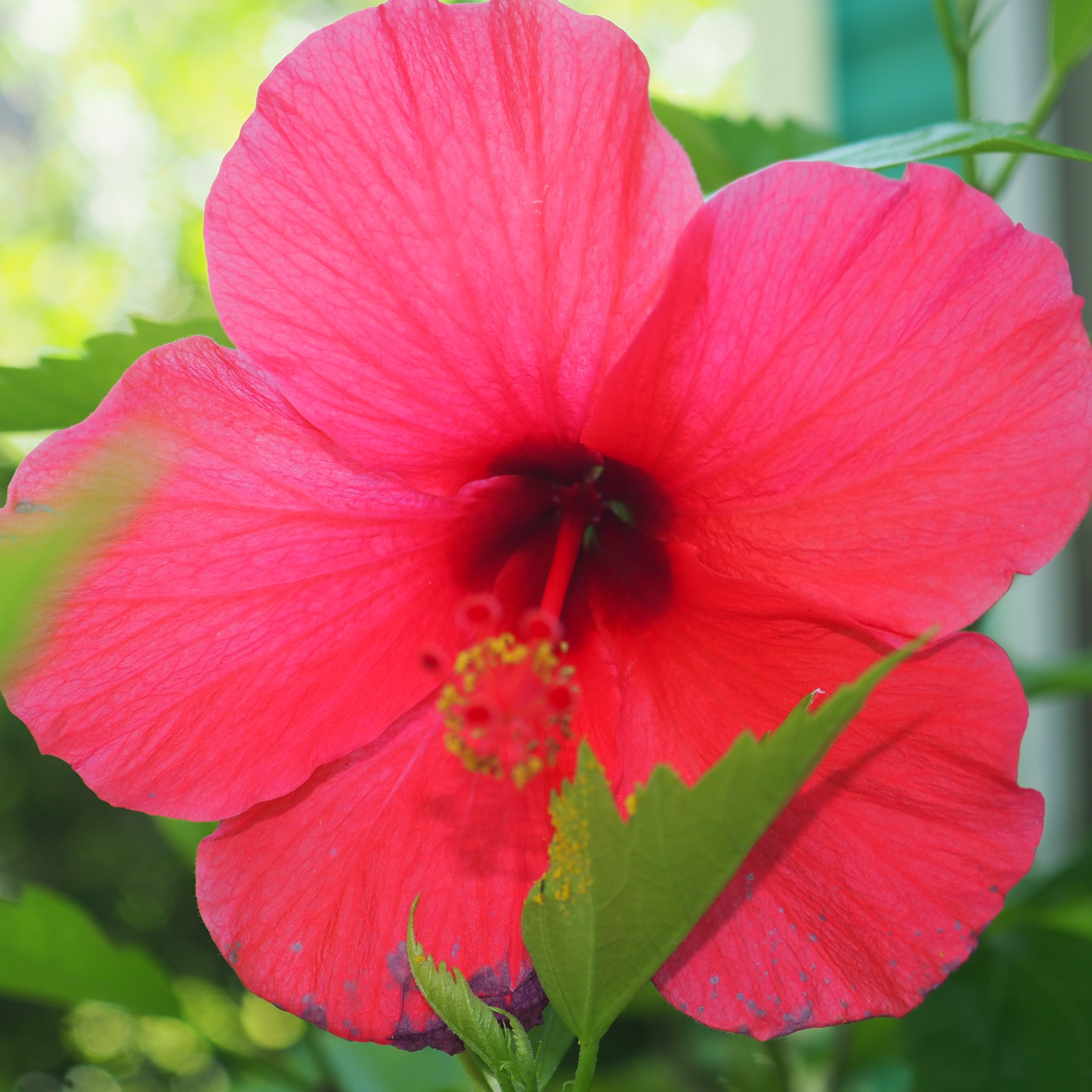
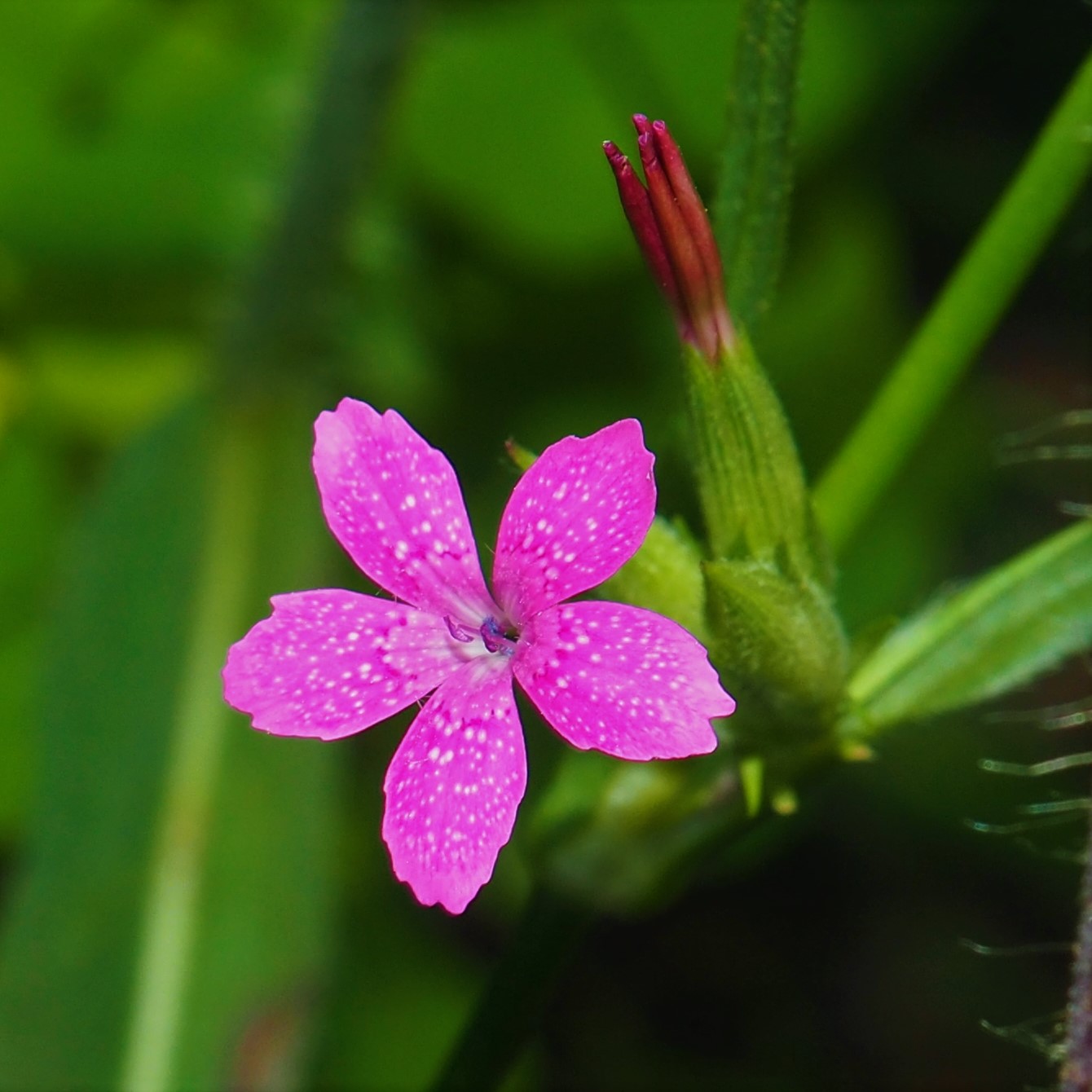
It IS a bit cooler. It has been dry though and we have to water the flowers in the deck box. The good news is that the pond patches are still holding and I've only added a little to the pond in the past few days.
These first and last flowers are so very small. First is an Asiatic Dayflower. I remember when I lived in China - they were all over the place. Second is the flower of the Hibiscus that sits on a little table on the deck. It's the biggest flower I have. The Deptford Pink flower (picture 3)is even smaller than the dayflower Although its plant is a couple of feet tall. The Dayflowers are a relative of the Spiderwort and their plant grows only a few inches tall.
Remember that there is information in the name of the file for each image. You can see it by mousing over the image - look at the lower left of the screen. Or you can click on the image to get to the (usually) larger image. Then the info is displayed in the address line above. Sometimes the second click will actually display a different view of the original image.
Ants are everywhere. I don't mean just the Eastern Black Carpenters that come in the back door when I open it for Spooky, and help me clean up the floor. First is the most common Ant on the shop wall - one of the Camponotus genus. It can have a splash of red on its black costume. The Silky Ant has started to appear there too once in a while. Third is our oldest Ant friend, the Small Honey Ant, running around on top of a leaf. And fourth, one of my favorite Ants, the Punctured Ant.
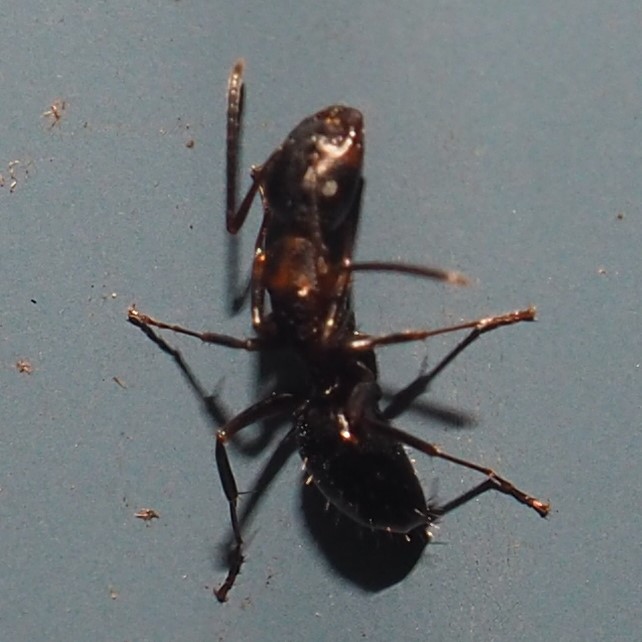
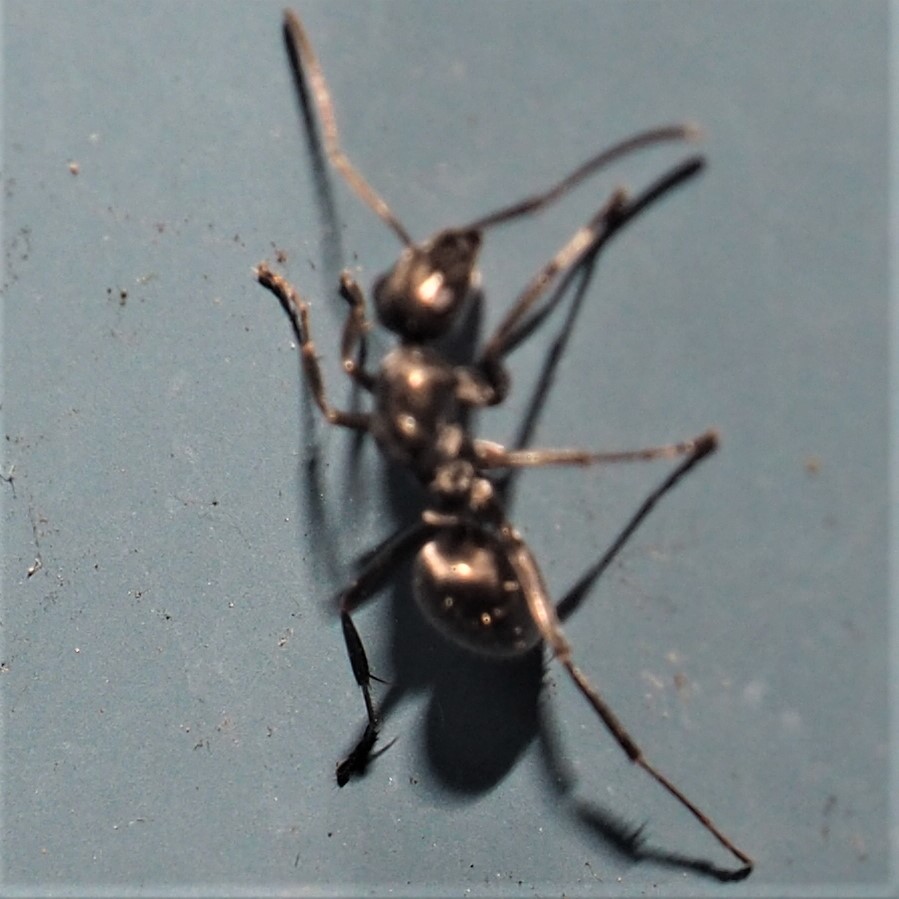
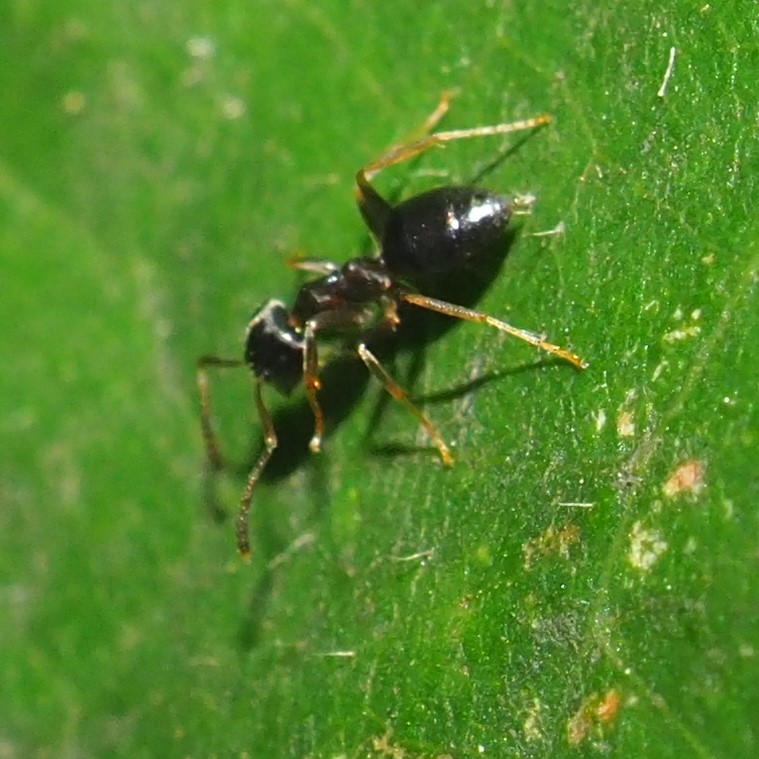
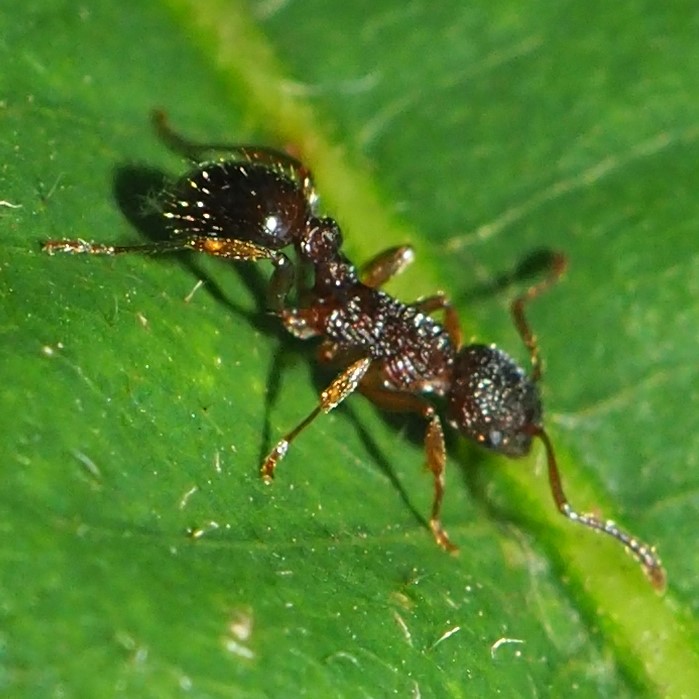
One of the most interesting activities they're involved in nowadays is moving around over the surface of those big pink Oak Galls. On the south side across the fence that divides our yard from the Seelys' there is an Oak Tree about 5 feet tall with lots of galls. This summer (pictures 1 and 2) those galls are covered with little Lasius americanus ants. And by the north steps down from the deck to the shop there is another bunch of Oak Galls. Last year they were frequented by several Bald-faced Hornets. Right now their visitors are Eastern Black Carpenter Ants (picture 3). (When we get to the scenes from the Keeled Treehoppers, you'll see some more of the Hairless Rover Ants.)
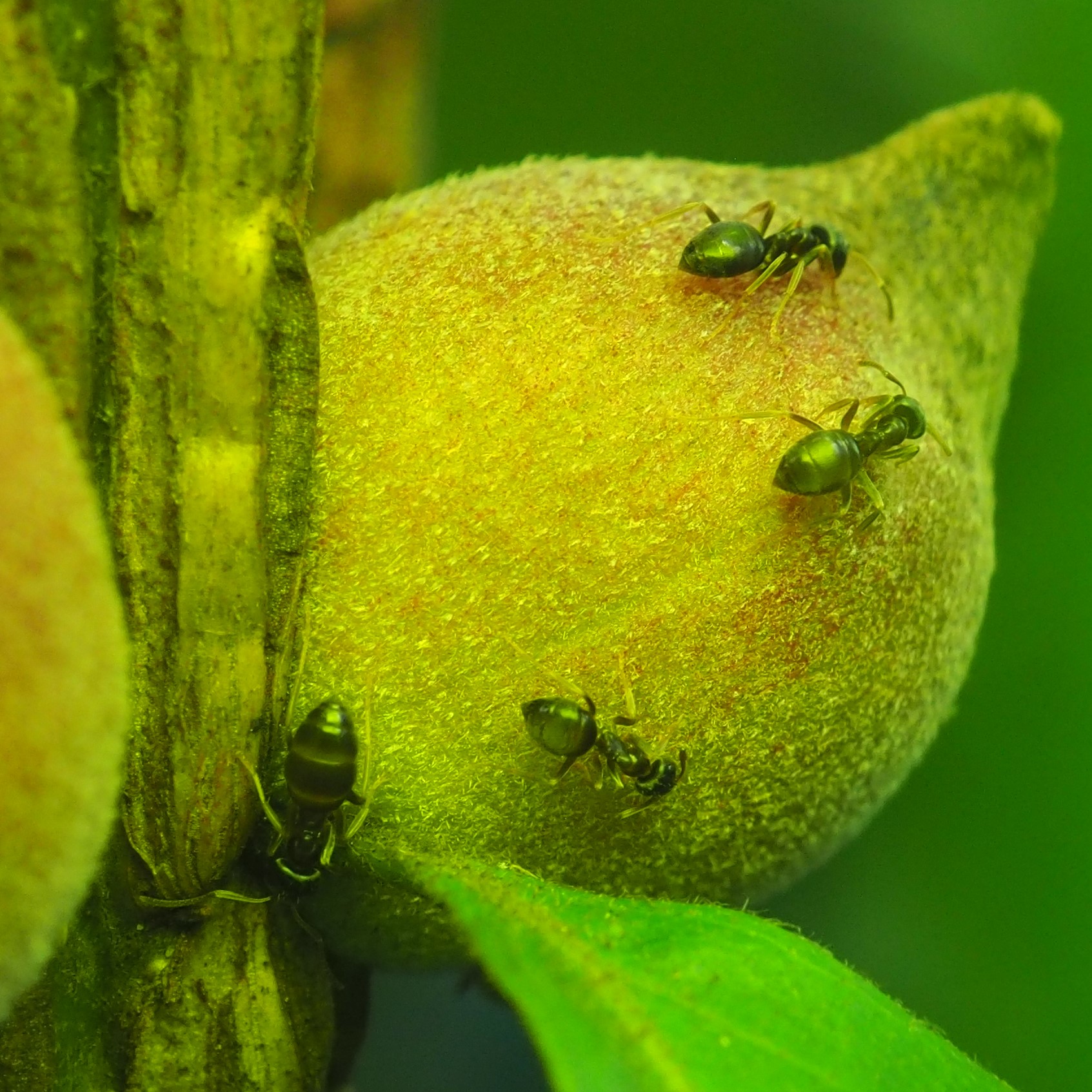
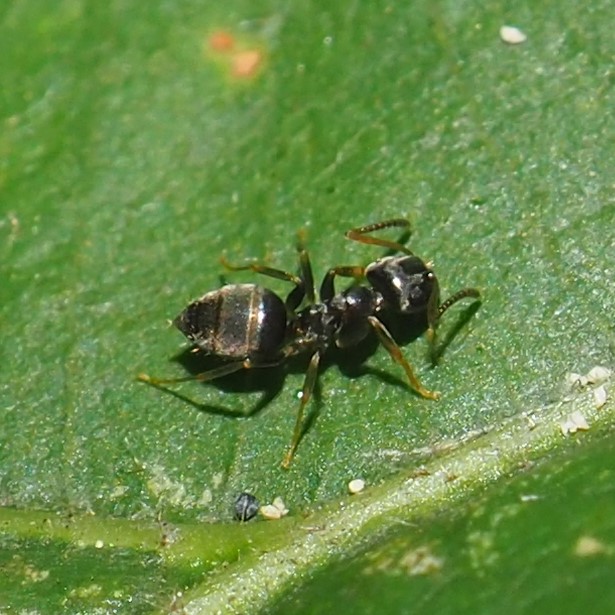
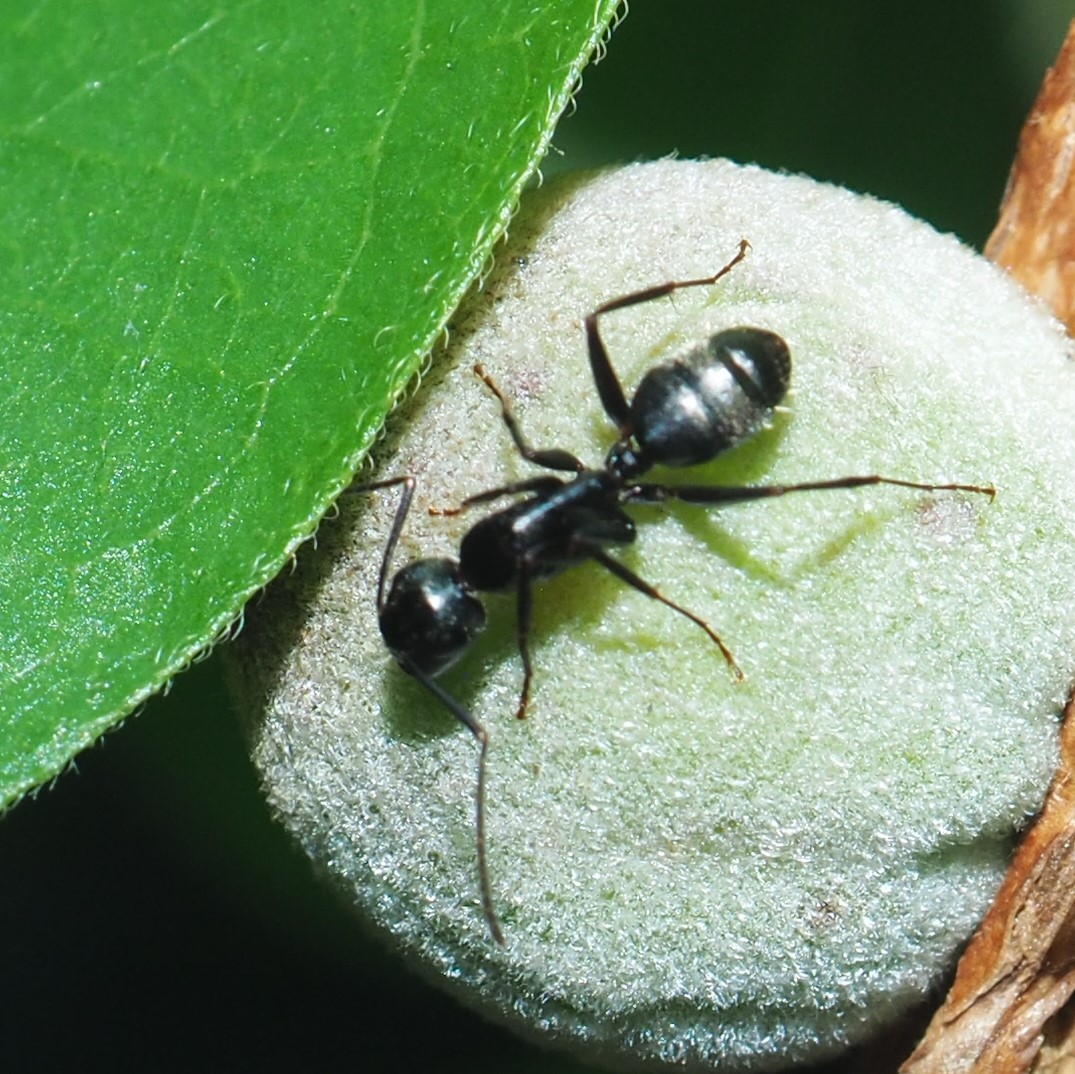
The Aphids keep coming. Here is the end of a spray of Goldenrod, with a few Green Aphids. I think most of them are turning into those Aphid Mummies. Here is a black Thing that looks to be the right shape for a Mummy, but I don't know for sure. The one on the right may be eating a thing that looks like a tiny baby Assassin Bug, or it could be the other way around.
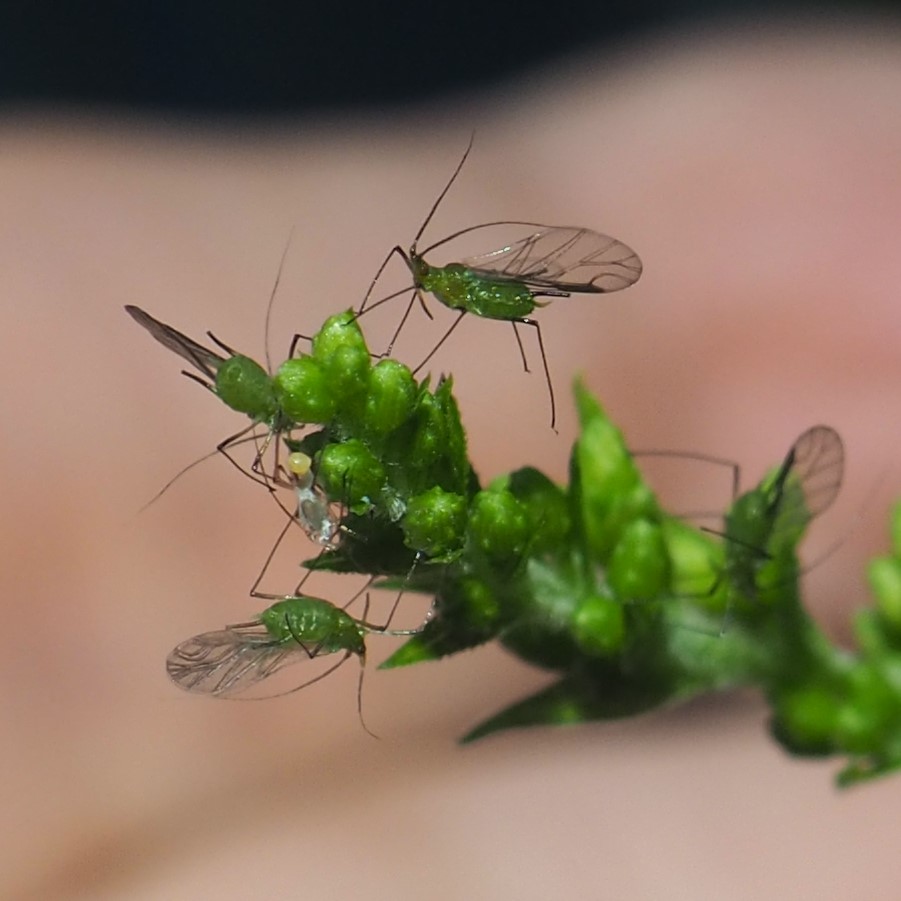
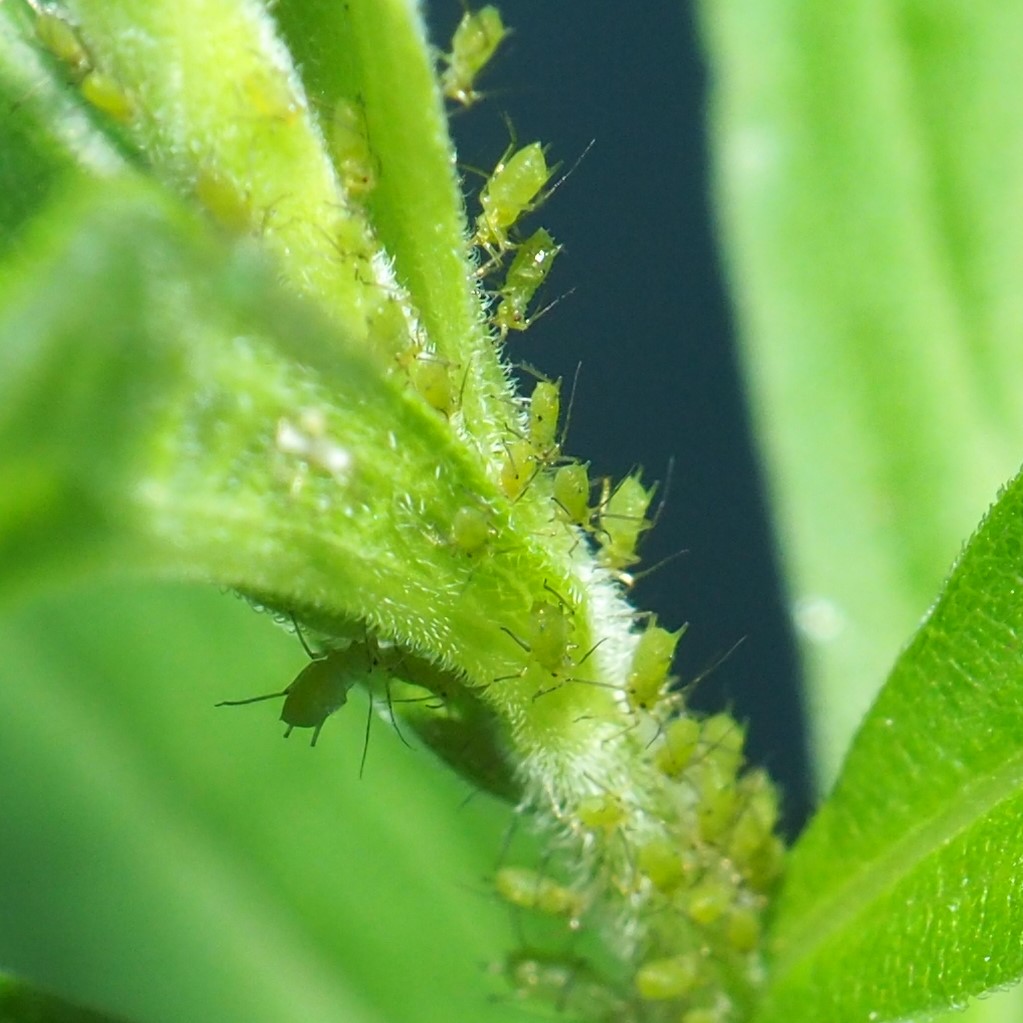
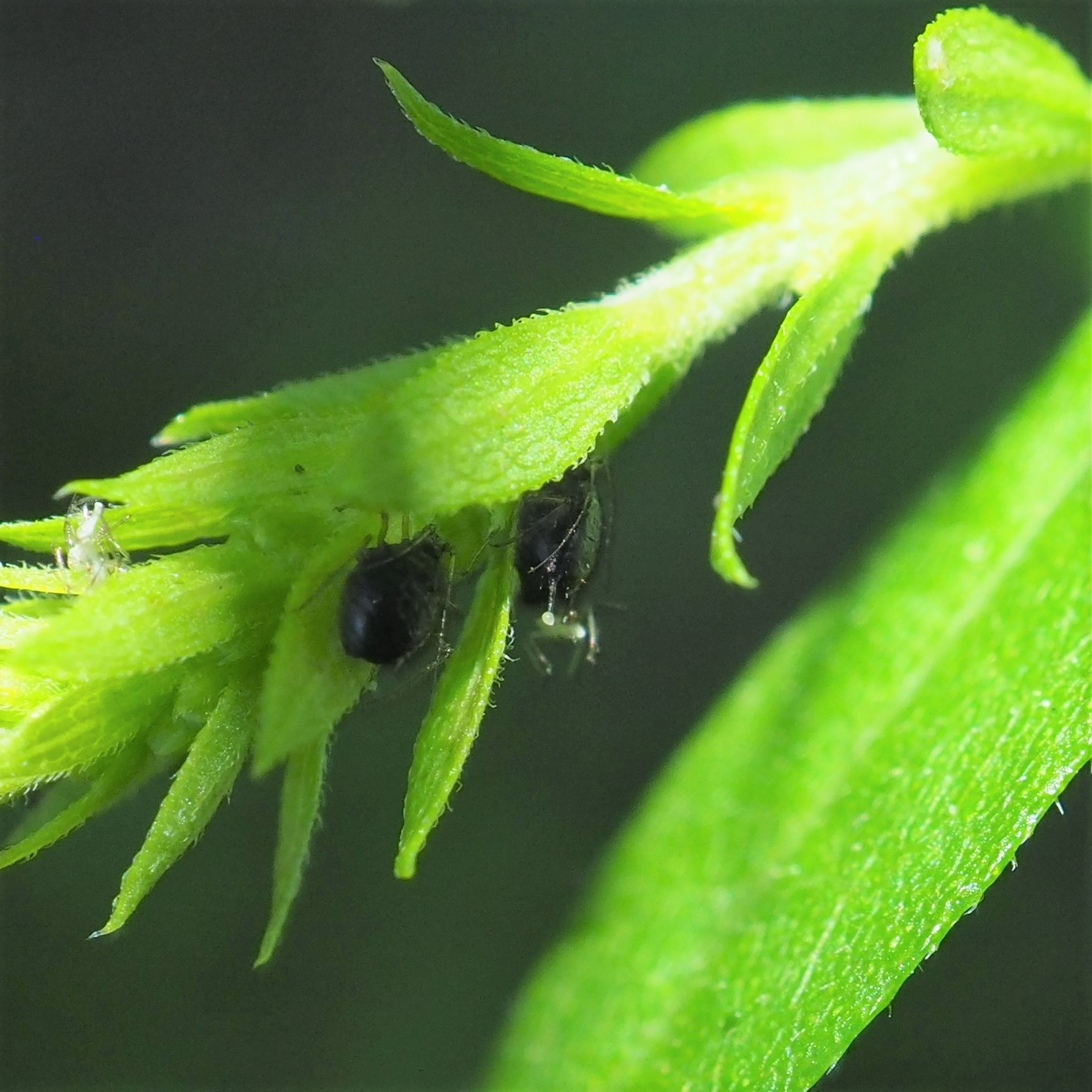
Let's visit the Barklice. I think last time I was bemoaning the fact that we haven't had an adult Graphopsocus cruciatus. Well, a lot of those nymphs have decided to open up and let their adults out. They were all over the place in the last couple of days. Now it's the Polypsocus corruptus that have disappeared!
But the Echmepteryx hageni are here to stay (for however long they like).
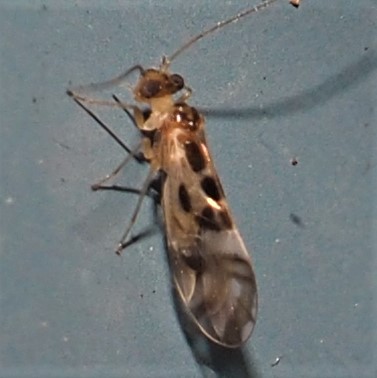
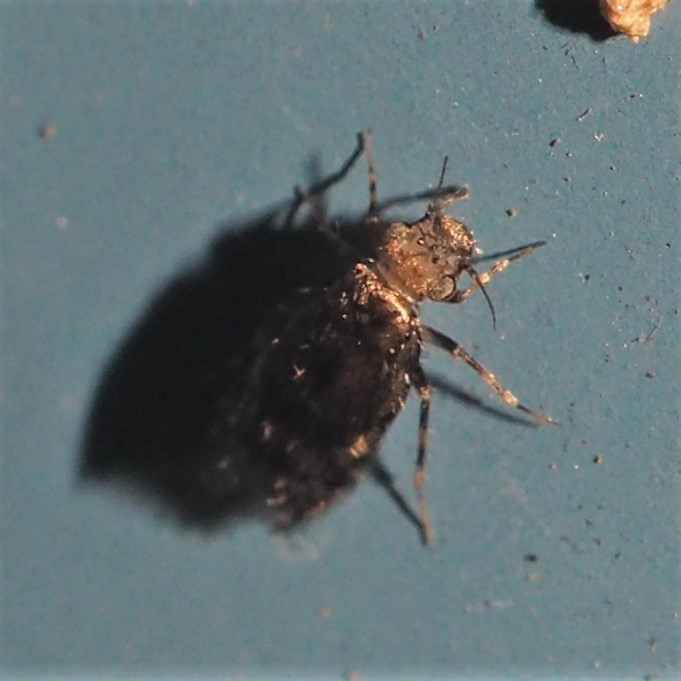
Some members of Lachesilla, the reddish ribbed ones, are here). Number 3 is probably another species of Lachesilla. Best of all, my friend Scott Shreve reminded me that Lachesilla was probably one solution to the mystery of this mating pair.
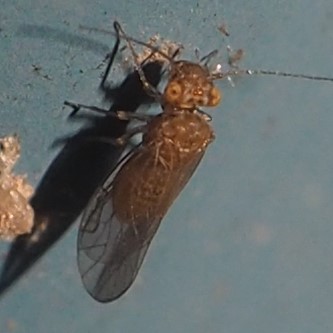


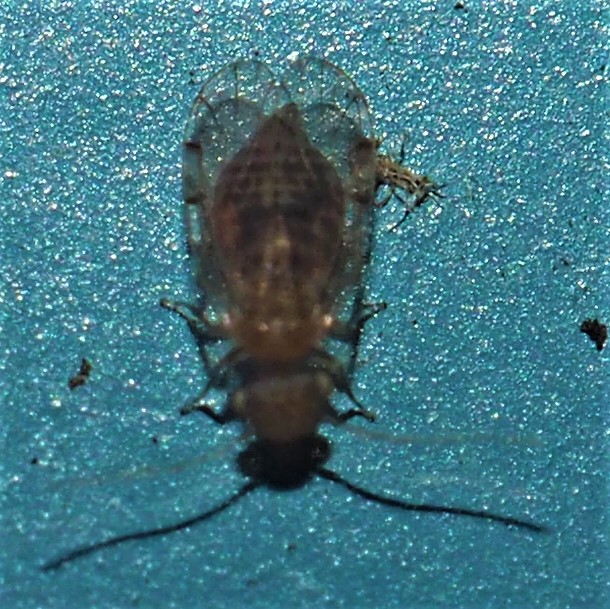
We had several other different Barklice. An orange one, a whitish one, and a dark one.
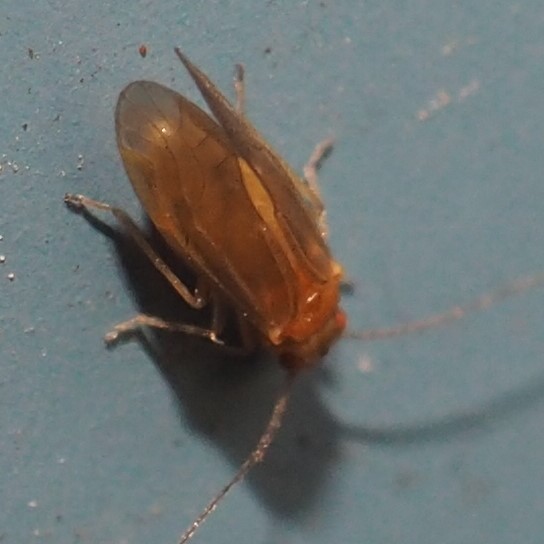
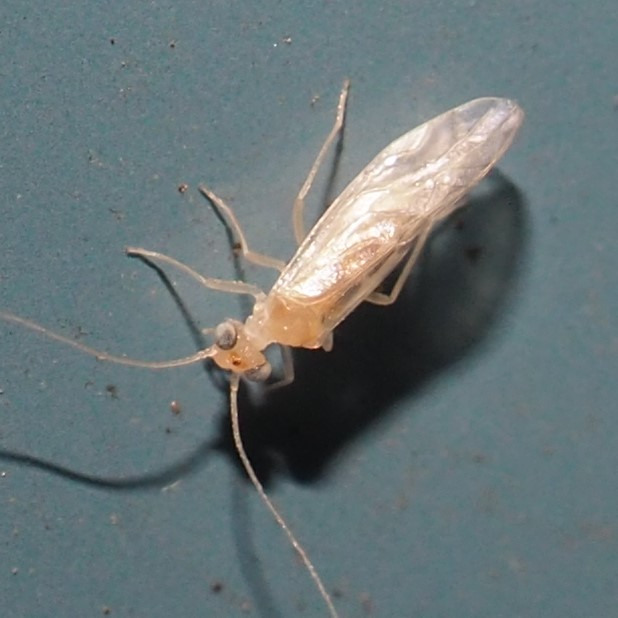
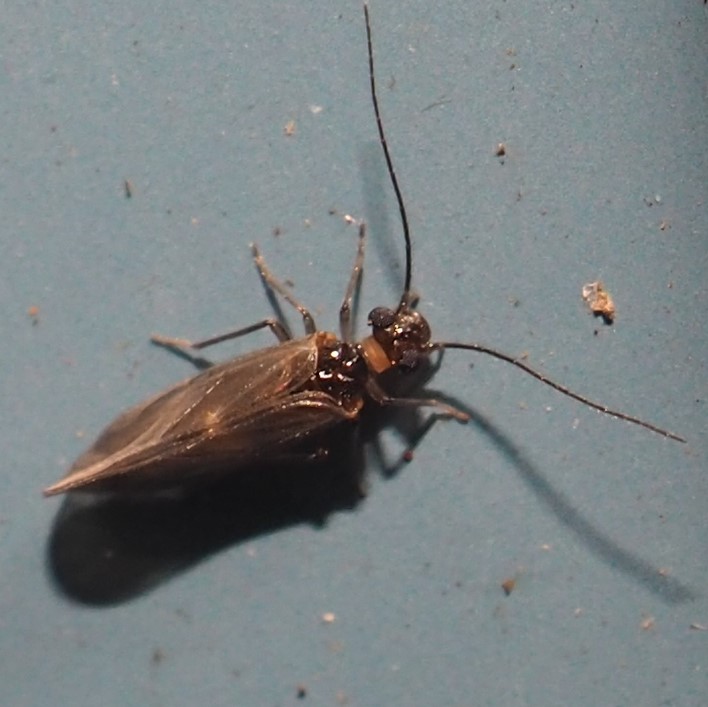
I think all the nymphs I saw this week were G. cruciatus (still!). But then I found this one (number 3) that looked different in some way. It took Scott's pointing out that the third picture was actually that of a Spider, a Ghost Spider in fact. Who can count up to eight (on one side at least)? I WAS bothered by the fact that a nymph of that size had no wing development. Go ahead, Guffaw!
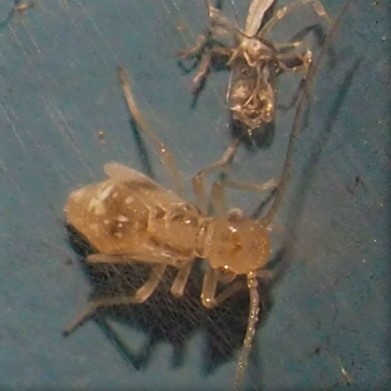
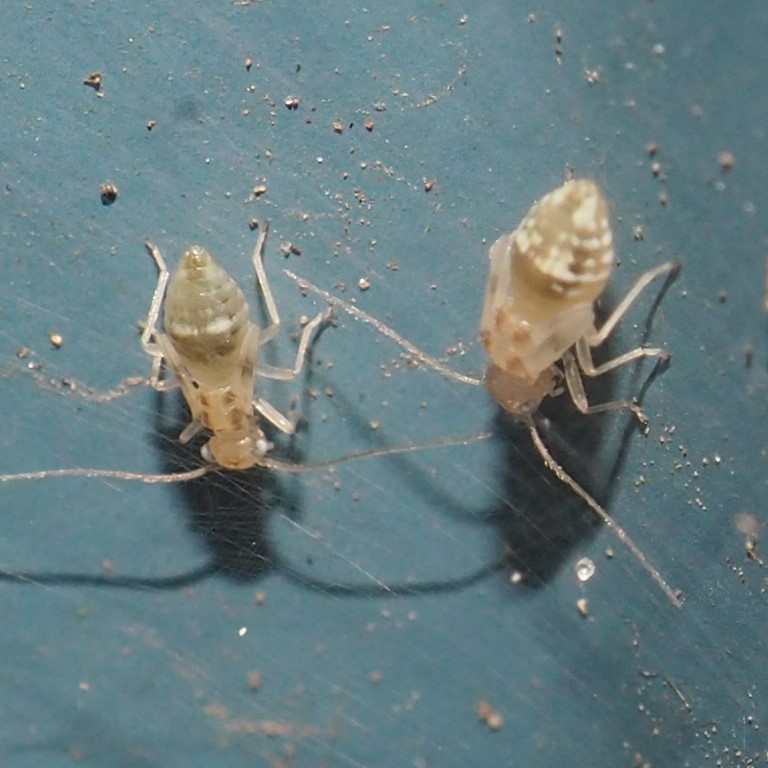
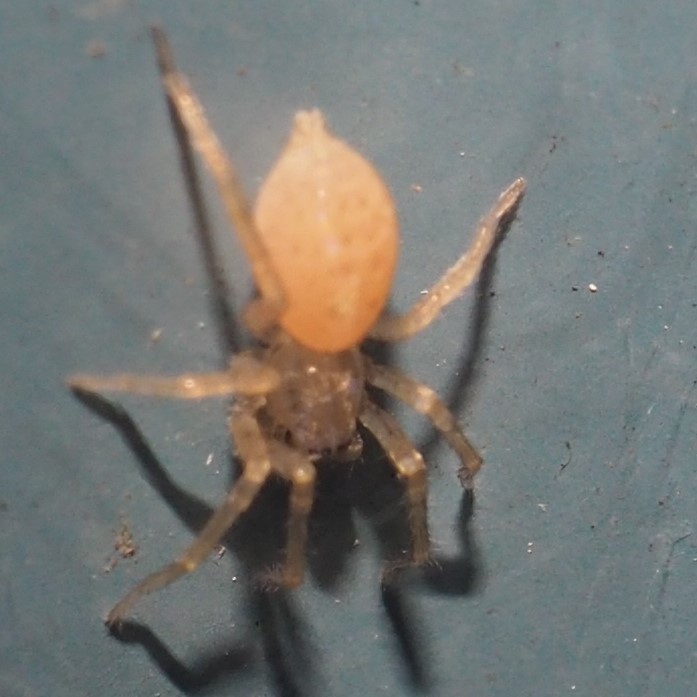
I would have thought that something colorful like Zinnias would attract lots of Bees, but so far I haven't seen any. So let's trot around through the Beetles. First is that Checkered Beetle we saw a week or two ago.
Second is a black Flea Beetle. And third is another of those Tumbling Flower Beetles.
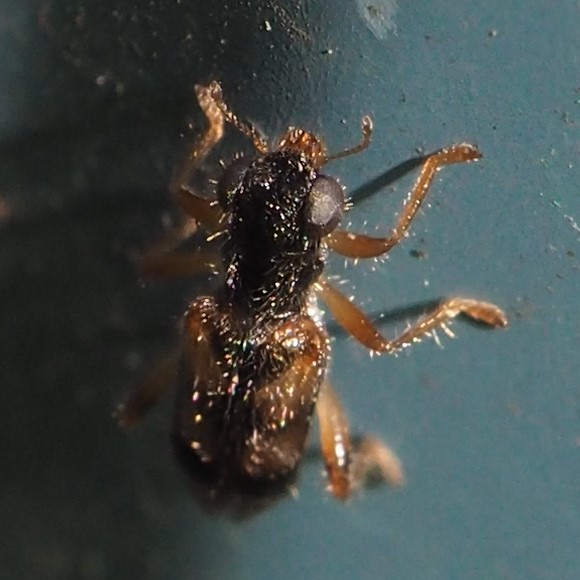
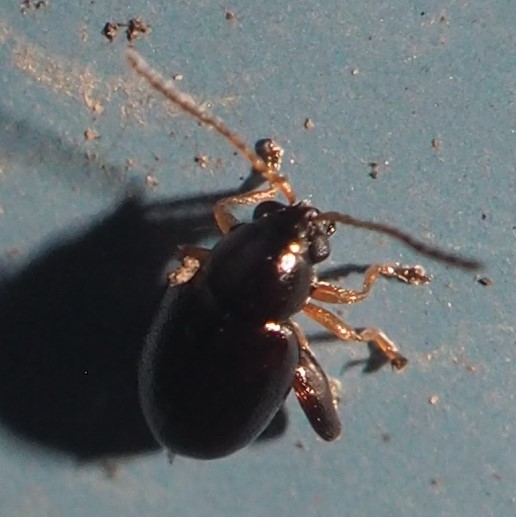
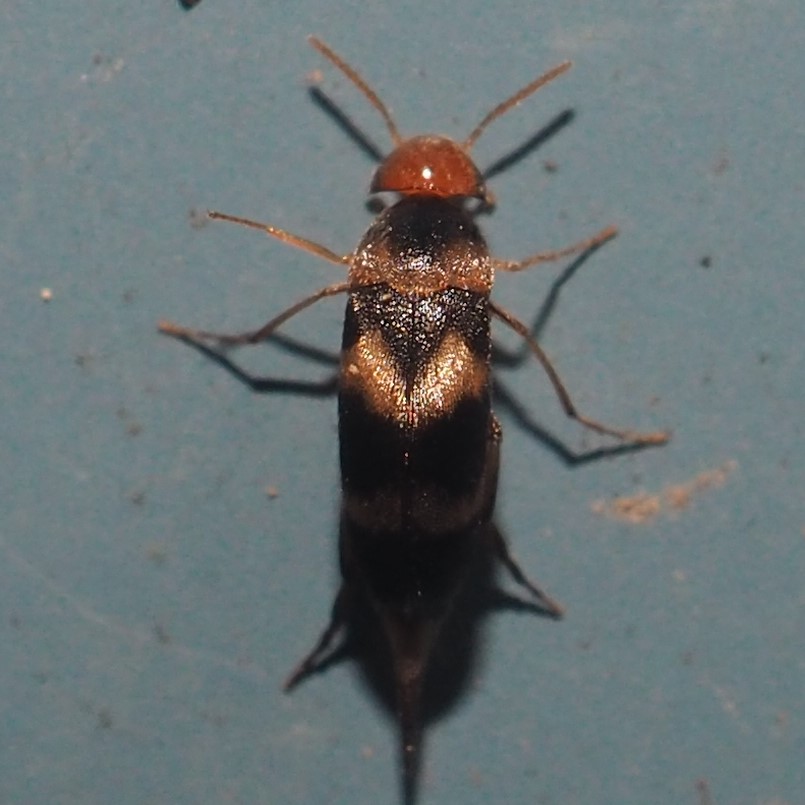
I guess all those Aphids invited the Asian Lady Beetles to come and snack. The one in picture 2 has some kind of prey (non-Aphid though). The third one is refolding its wings after a short flight.
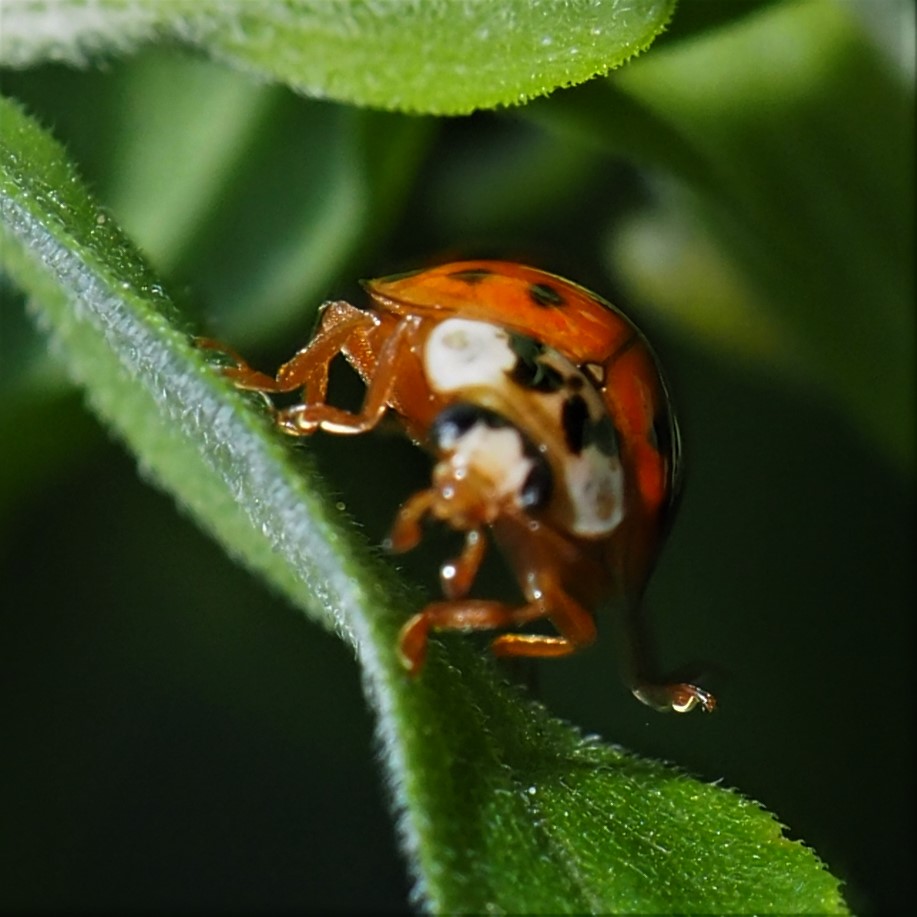
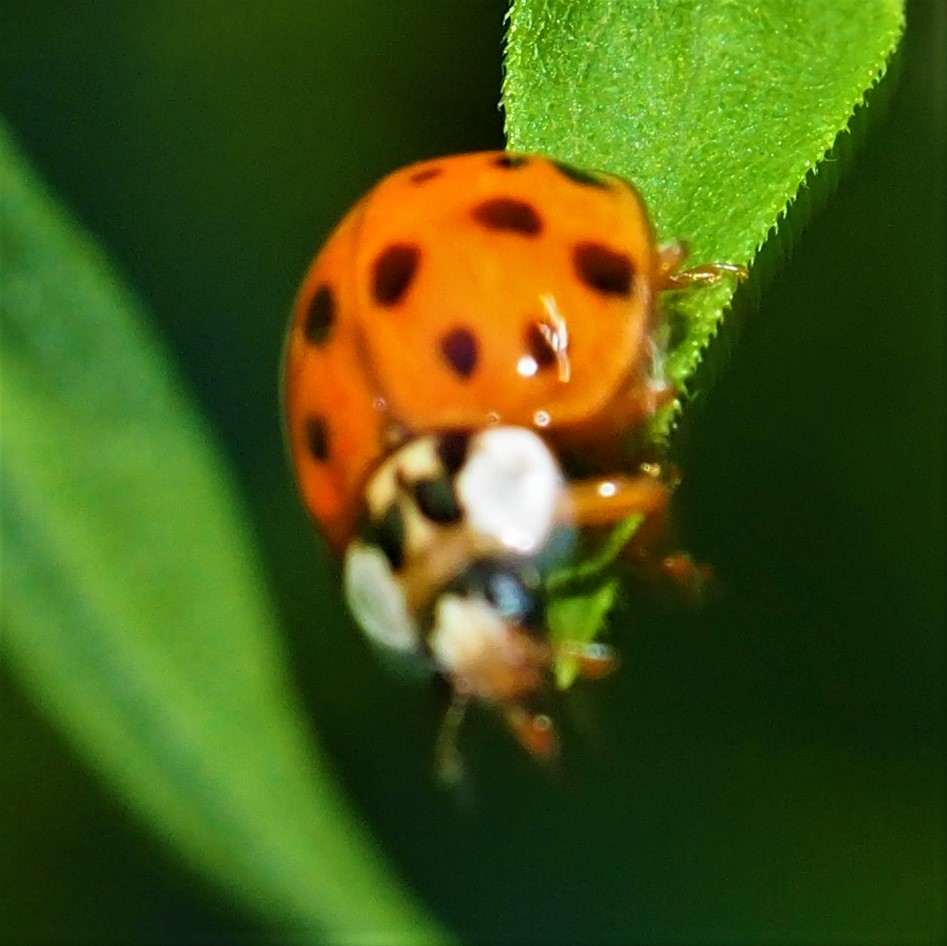
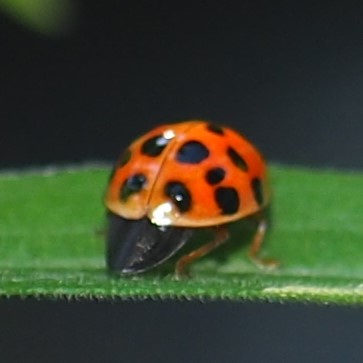
First, something the ID app in iNat suggested as subfamily Harpalinae and maybe Strawberry Root Beetle. Second is a very tiny Beetle, and third, one of those long-snouted black Weevils. I also saw a number of Redbud Bruchids.
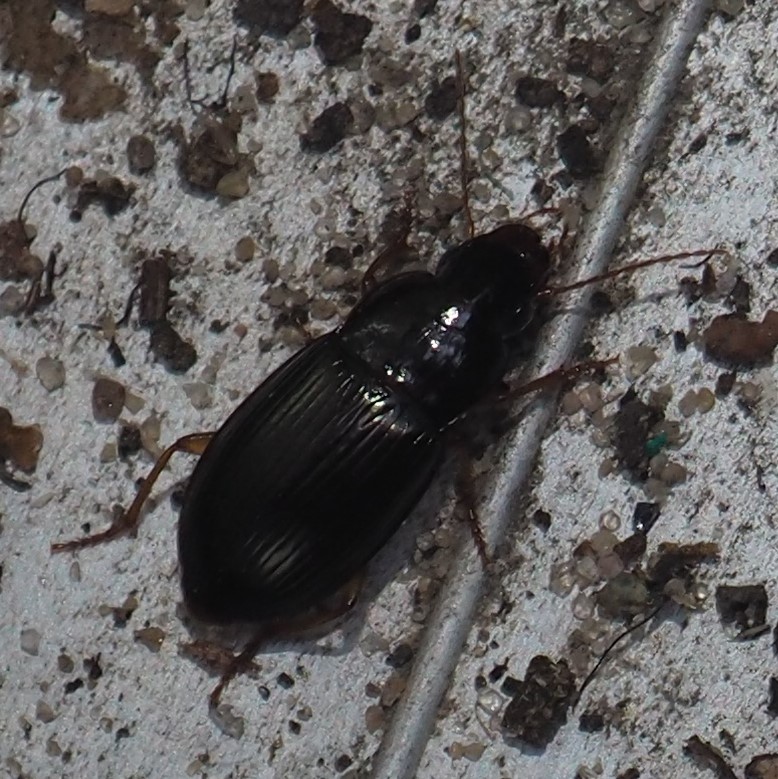
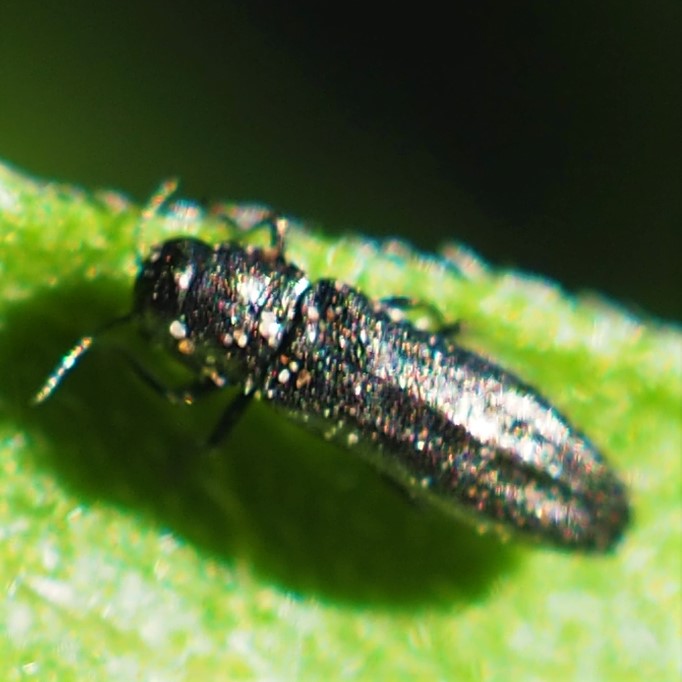

We're into the Bugs. As usual, we start with A for Assassin. There were several differently sized nymphs. First off, here is Zelus luridus with a fly it seems to have commandeered for breakfast. Second, one seems to have been caught in the headlights.
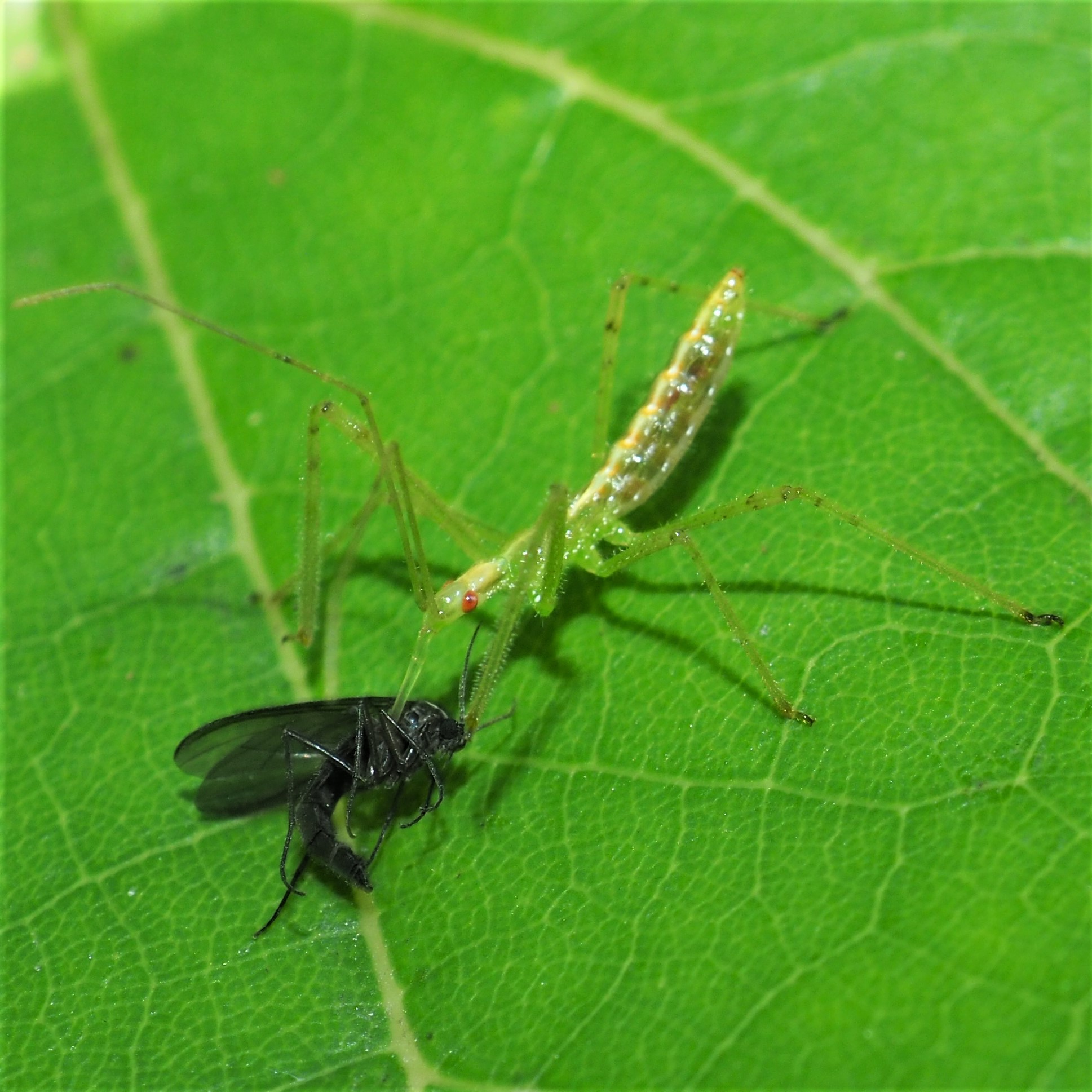
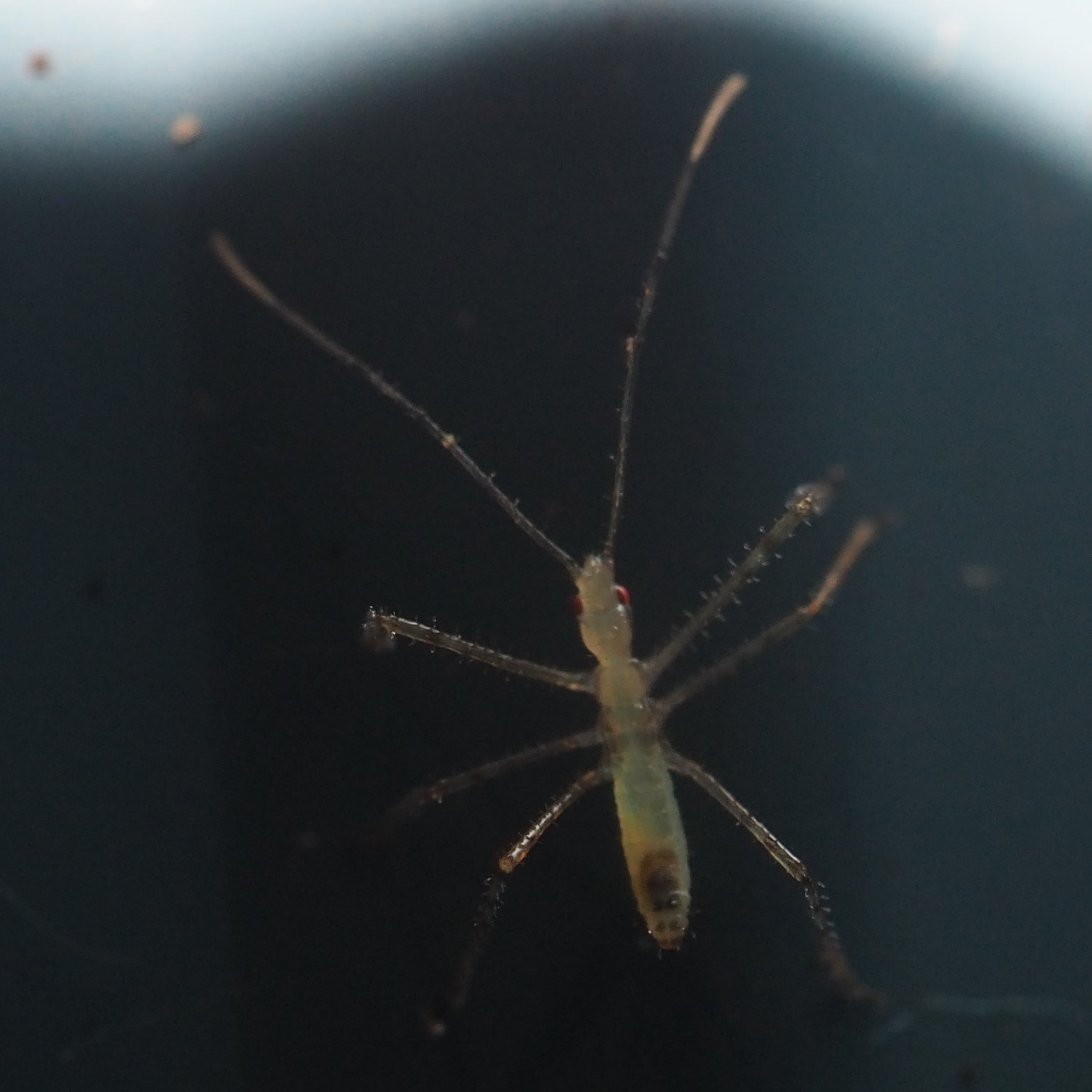
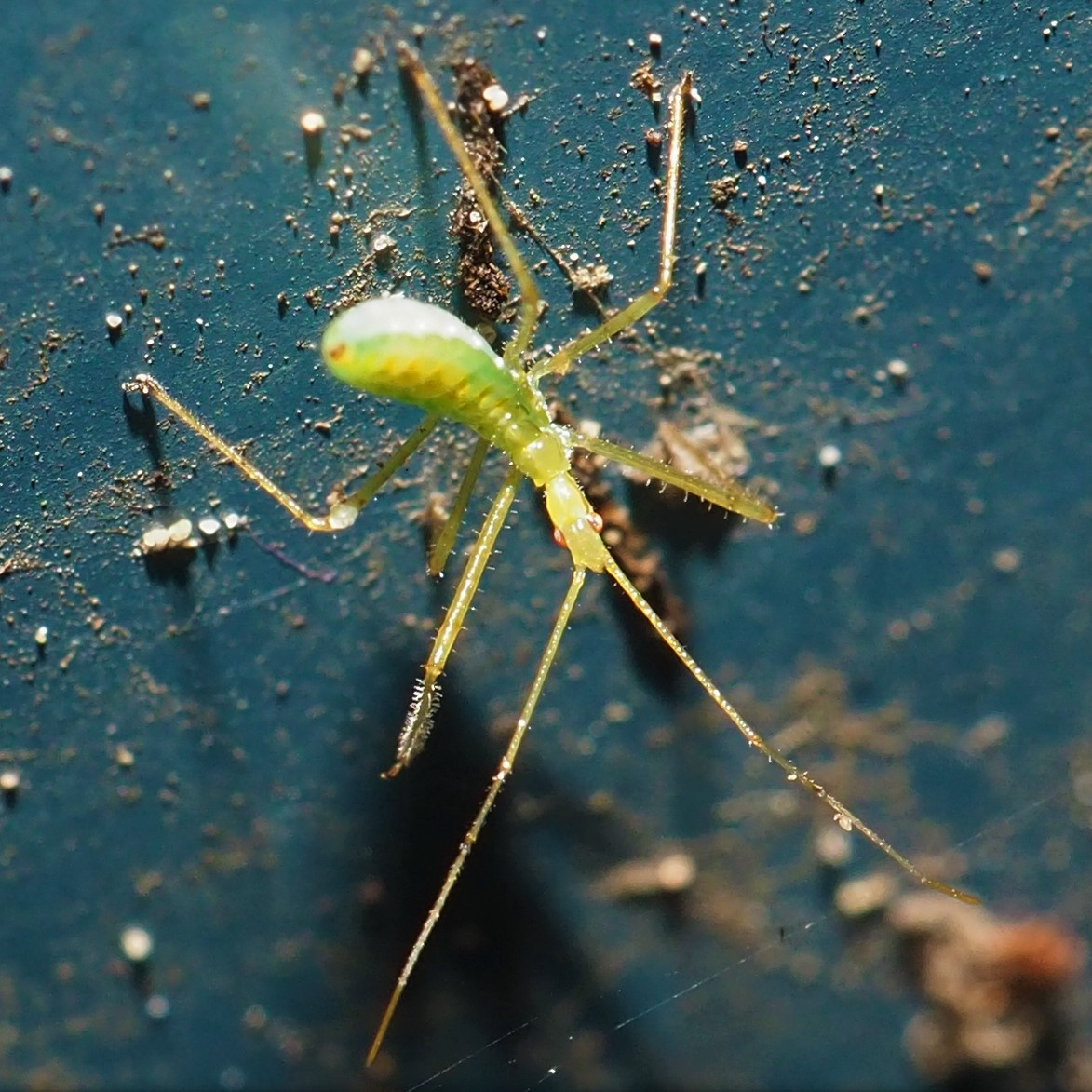
And into the Leafhoppers. First is the Aphrodes Leafhopper that has been living in the thistle home of the E. carinata Treehoppers. Has it been eating Treehoppers? I don't know, it looks pretty fat. Next is one of the dottier of the many species in the Eratoneura genus.
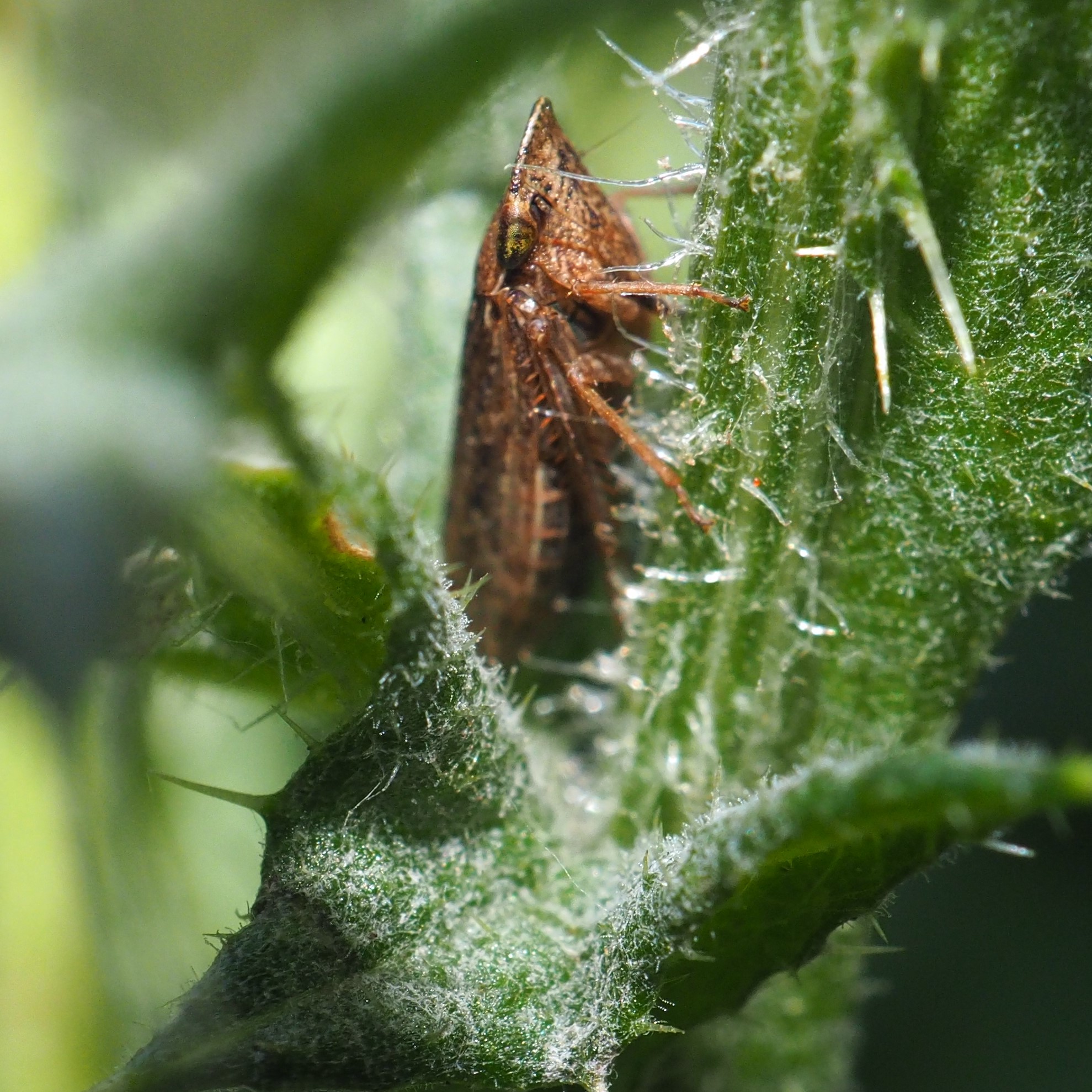
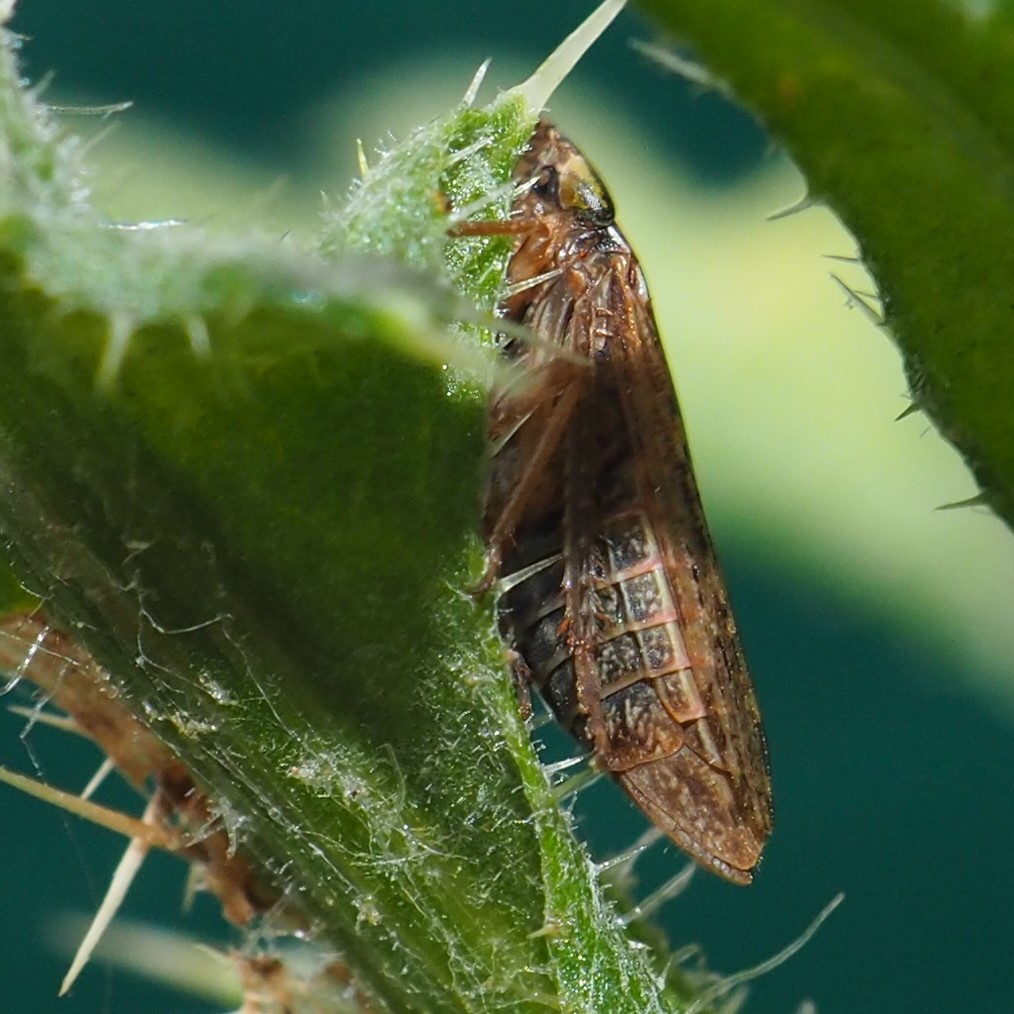
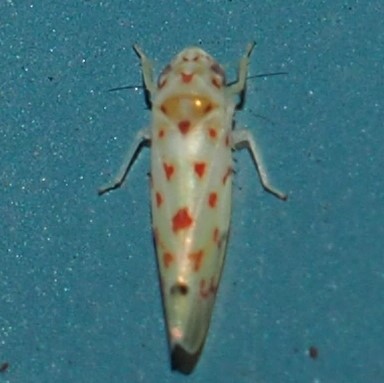
Here is one of the red and blue Graphocela species. Then two nymphs. Maybe the one with the pink splot is the more nearly mature one.
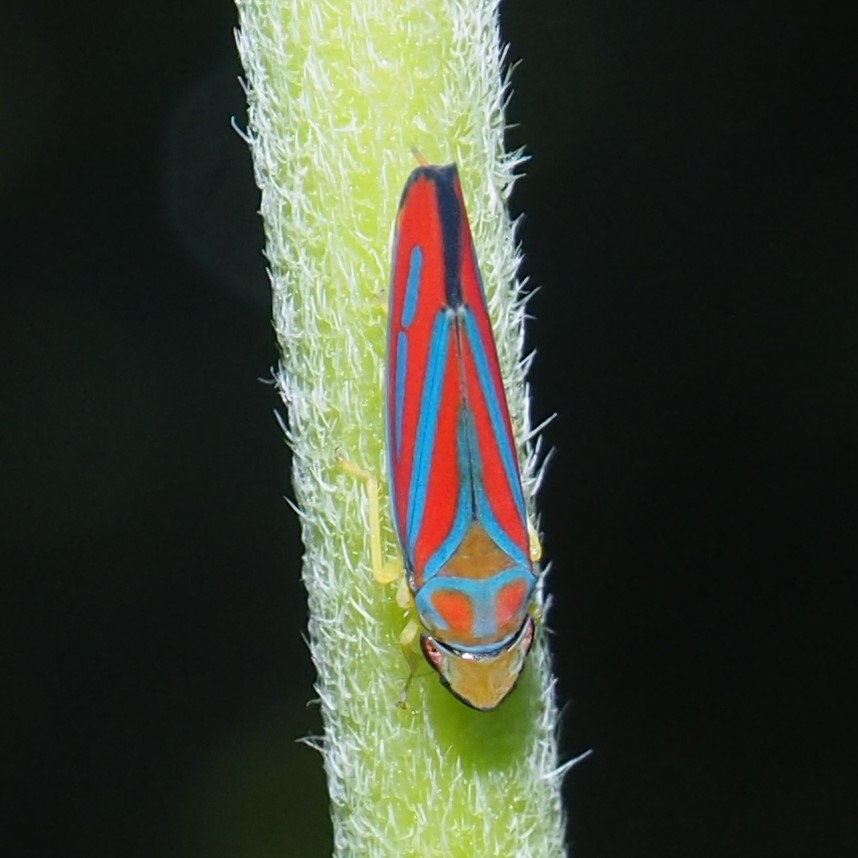
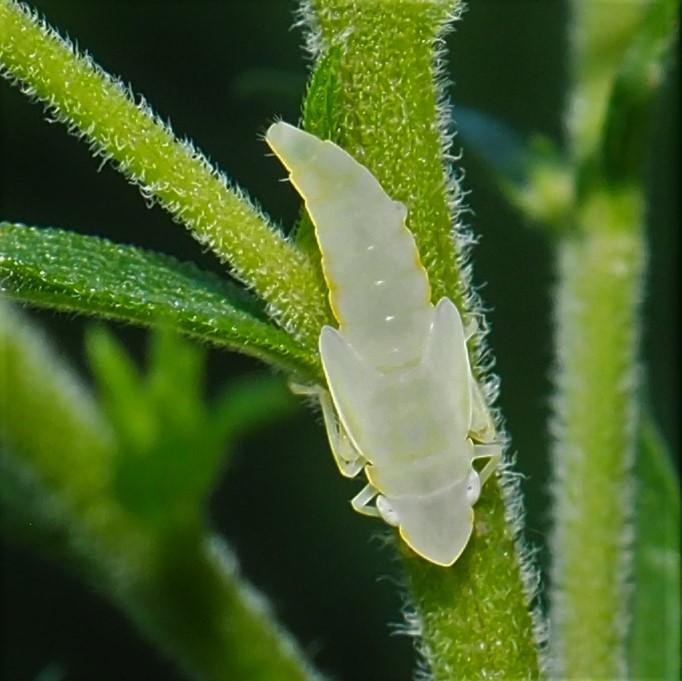
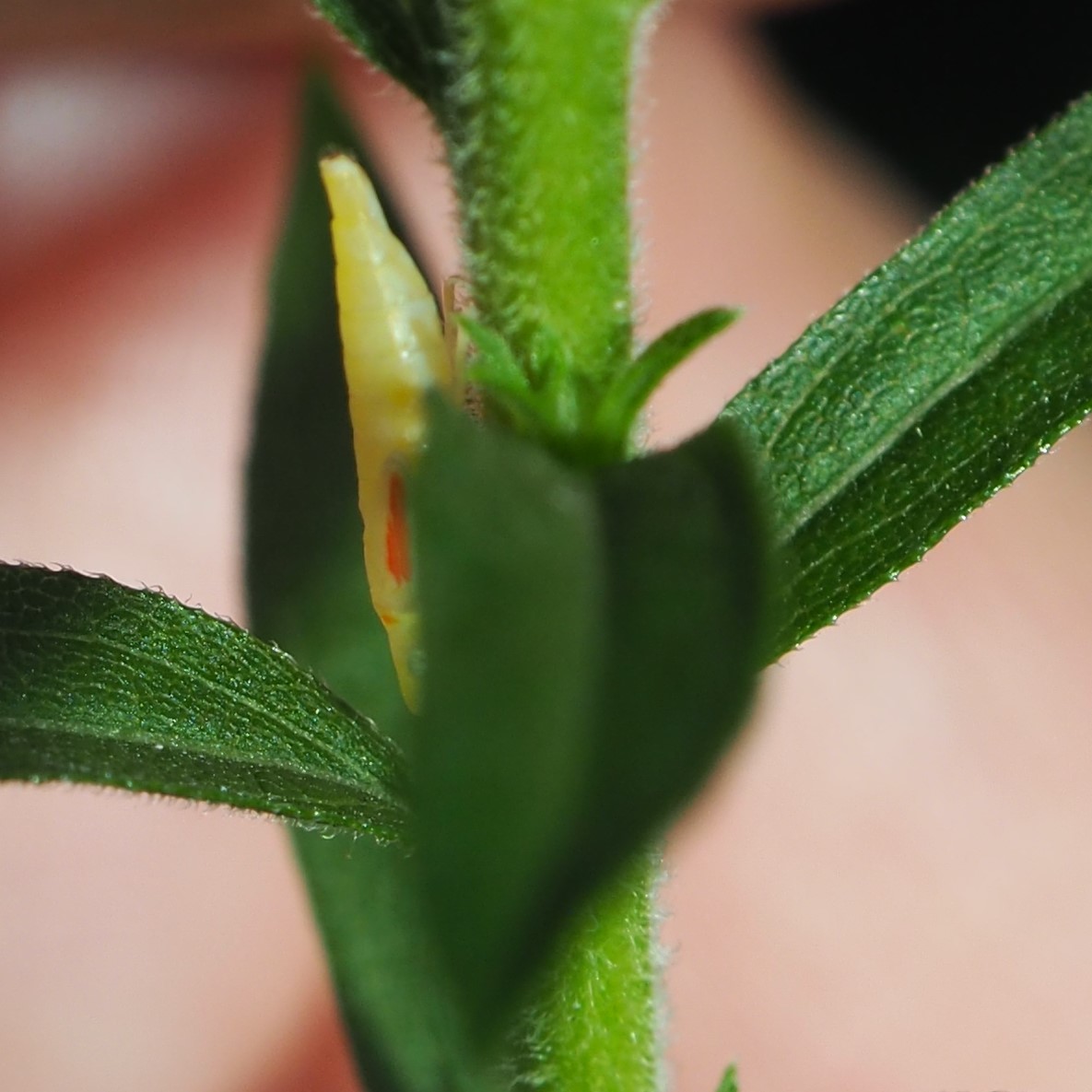
Here we have two species in the genus Erythroneura. First, E. aclys, which I don't see too often but did see last week. And then E. palimpsesta, as it appeared on the 12th and 13th resp, which I had never seen before. On looking at the distribution in BG, this species has only been documented in Pennsylvania and Tennessee, and now Michigan. Go us!
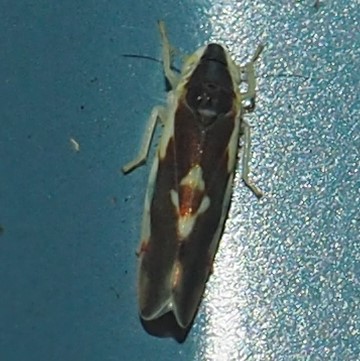
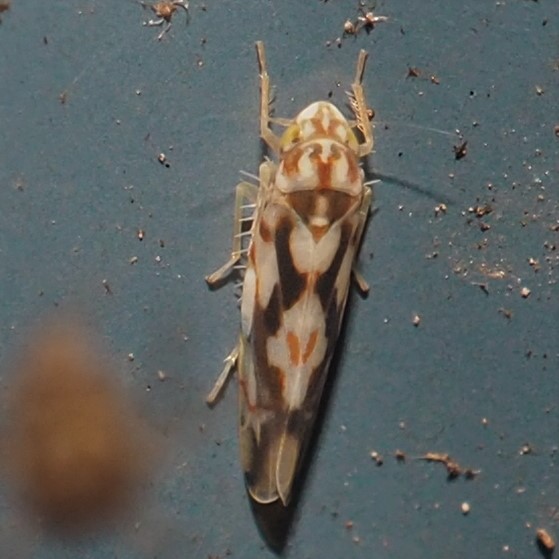
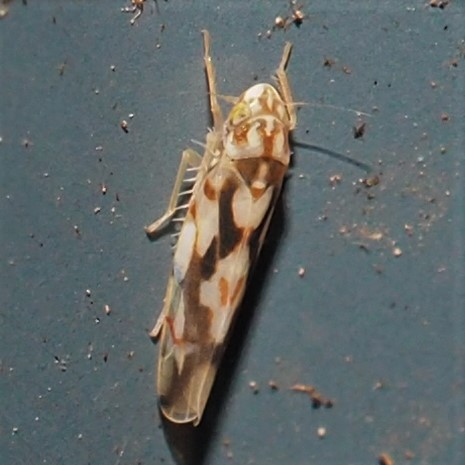
First, the Japanese Maple Leafhopper - what a jewel! Then an adult Jikradia olitoria, a Prescottia lobata, and some kind of Scaphoideus. You can tell by the flower-like pattern toward the end of the wing.
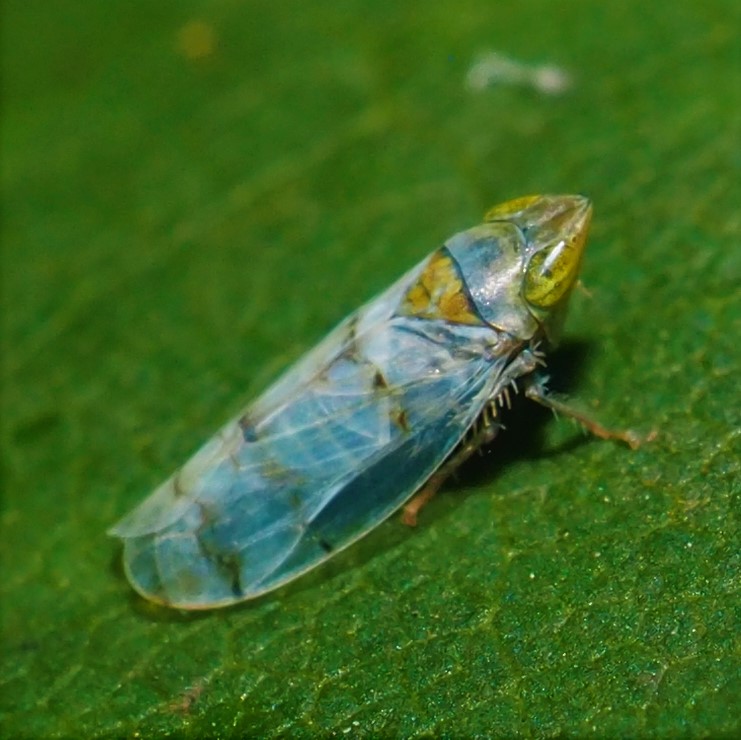
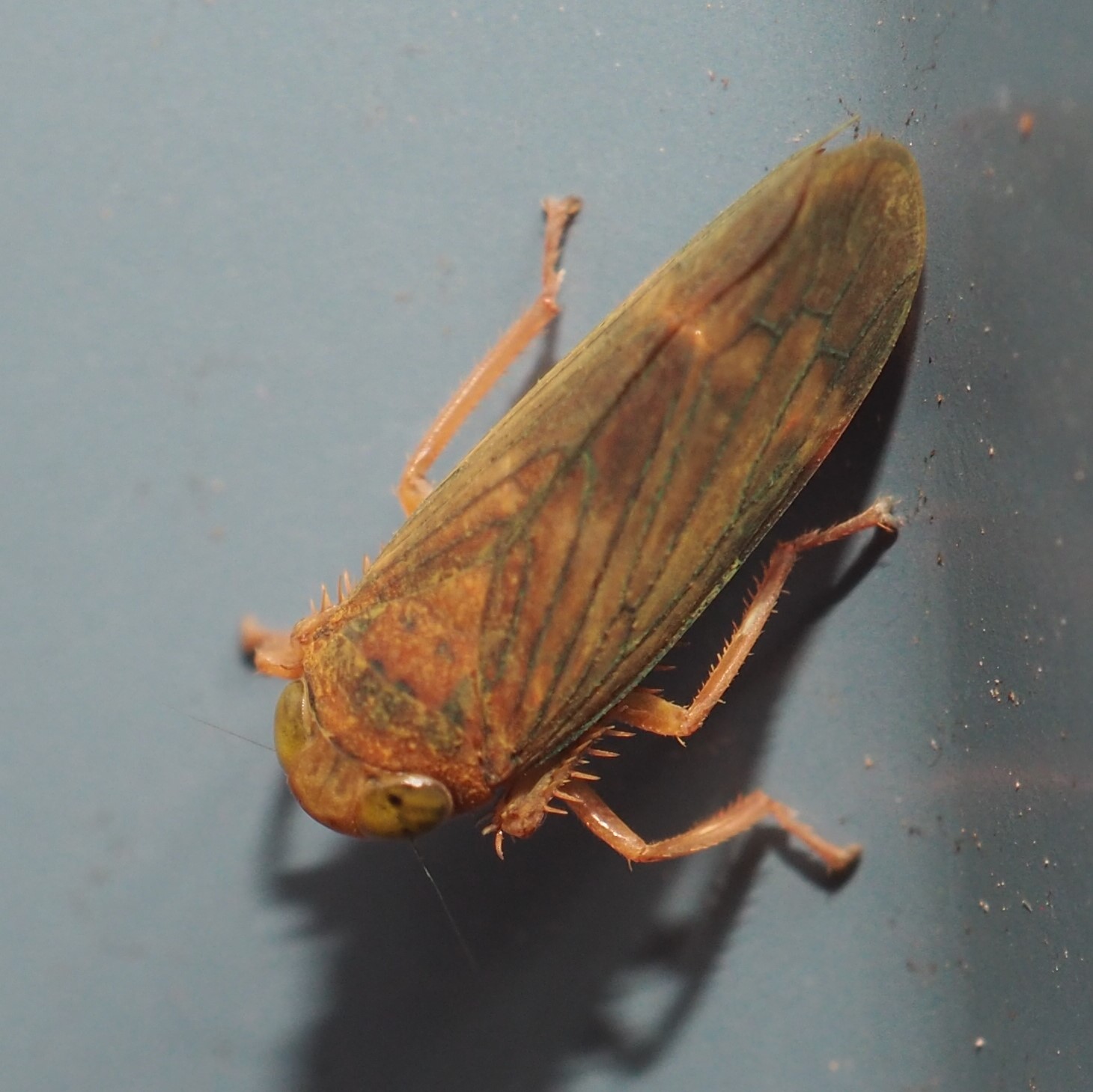
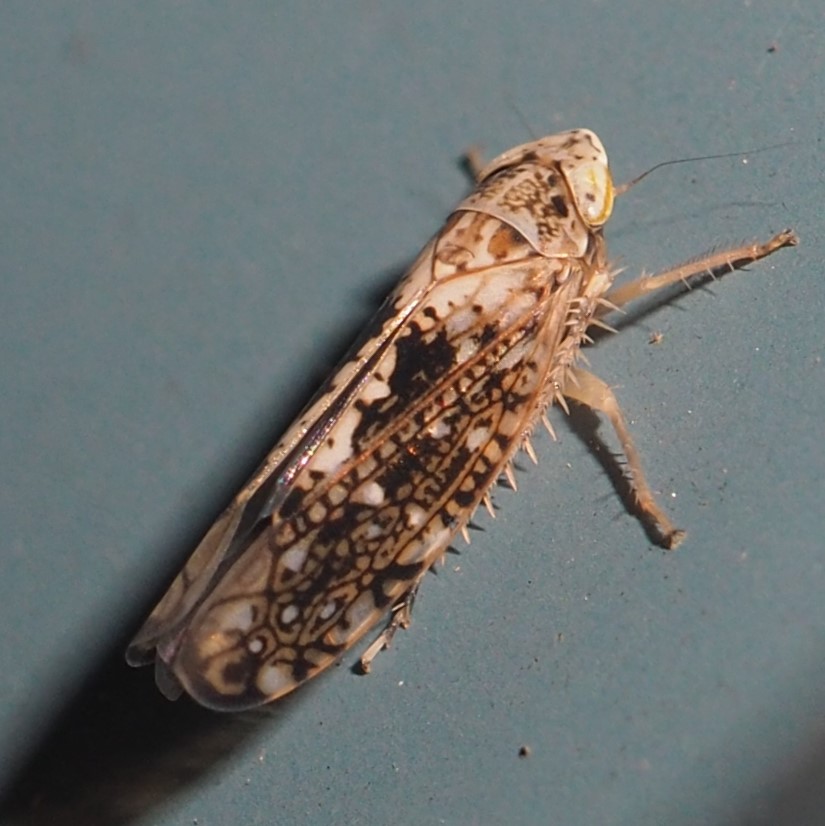
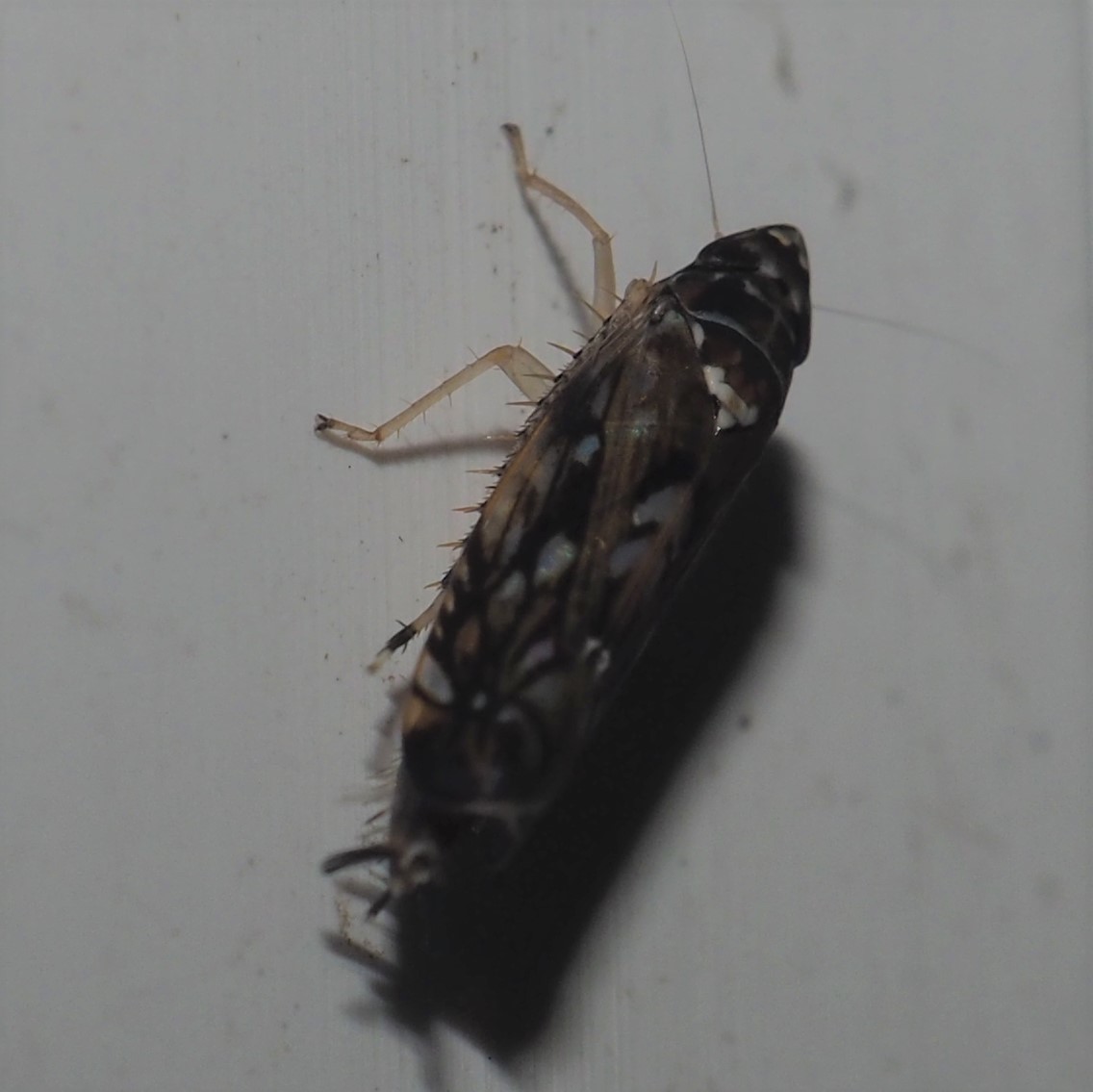
Let's hop from the Leafhoppers to the Planthoppers. I do believe that the only Planthopper I've seen is Thionia bullata. The first two pictures, taken on August 14, show the same individual. The third was taken on August 15.

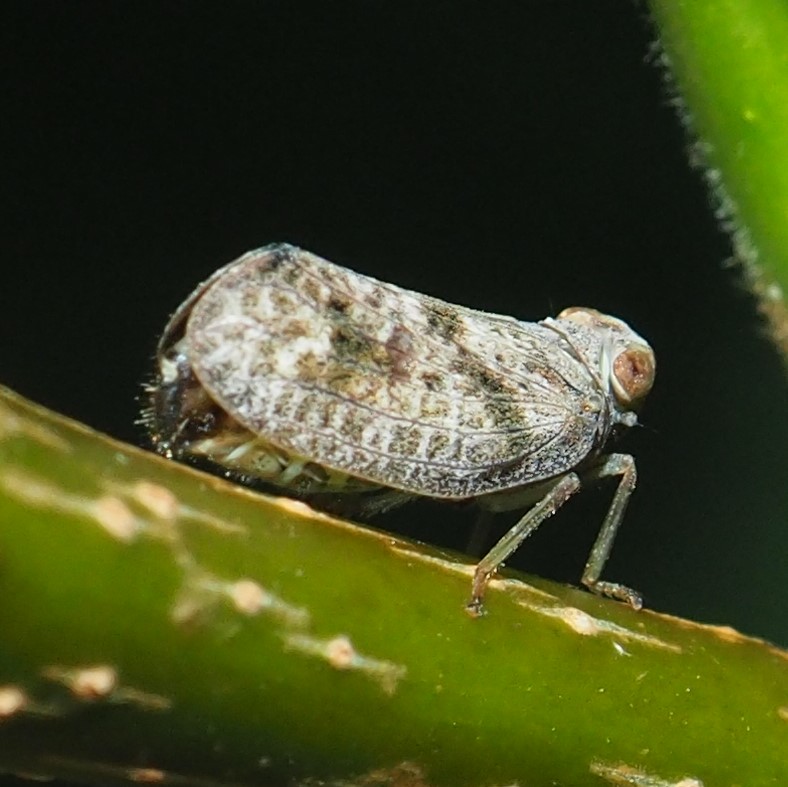
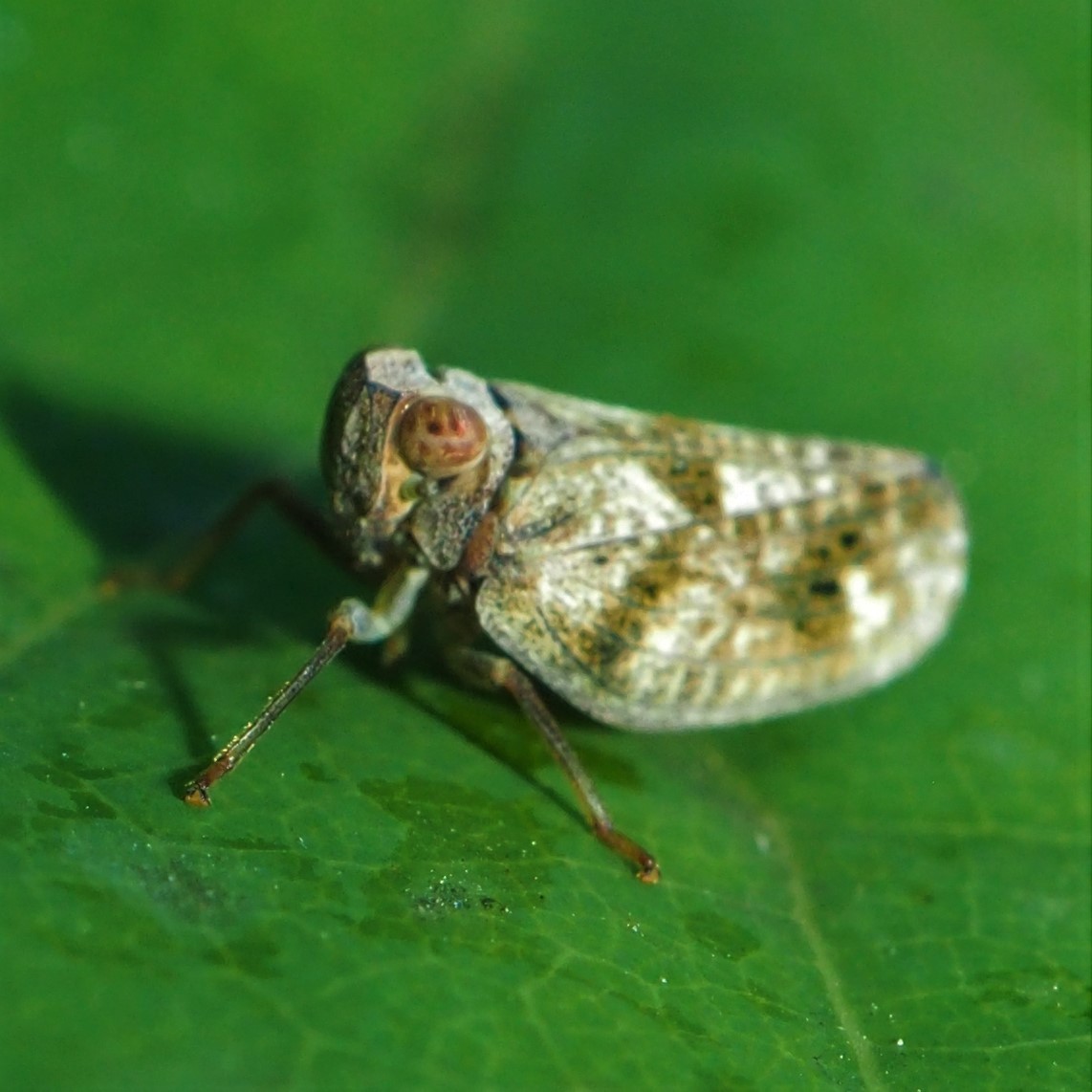
I only shot one Spittlebug this week, and this is it. Now let's jump back into the Hoppers, and visit the Treehoppers. Since I got only one Two Mark Treehopper picture, let's show it first and then we can spend the rest of our Hopper time on the Keeled Treehopper clan in the Thistle. So picture 2, taken on August 11, at 10:55 am, shows an adult among nymphs. Now look to the upper right of the Adult, at the nymph which seems to have a big orangey-red bump coming out. That nymph's skin is splitting and will gradually open to let a new Adult come out. The third picture was taken at 4:33 pm, and shows a couple of Adults and a bunch of nymphs with their skins splitting open.
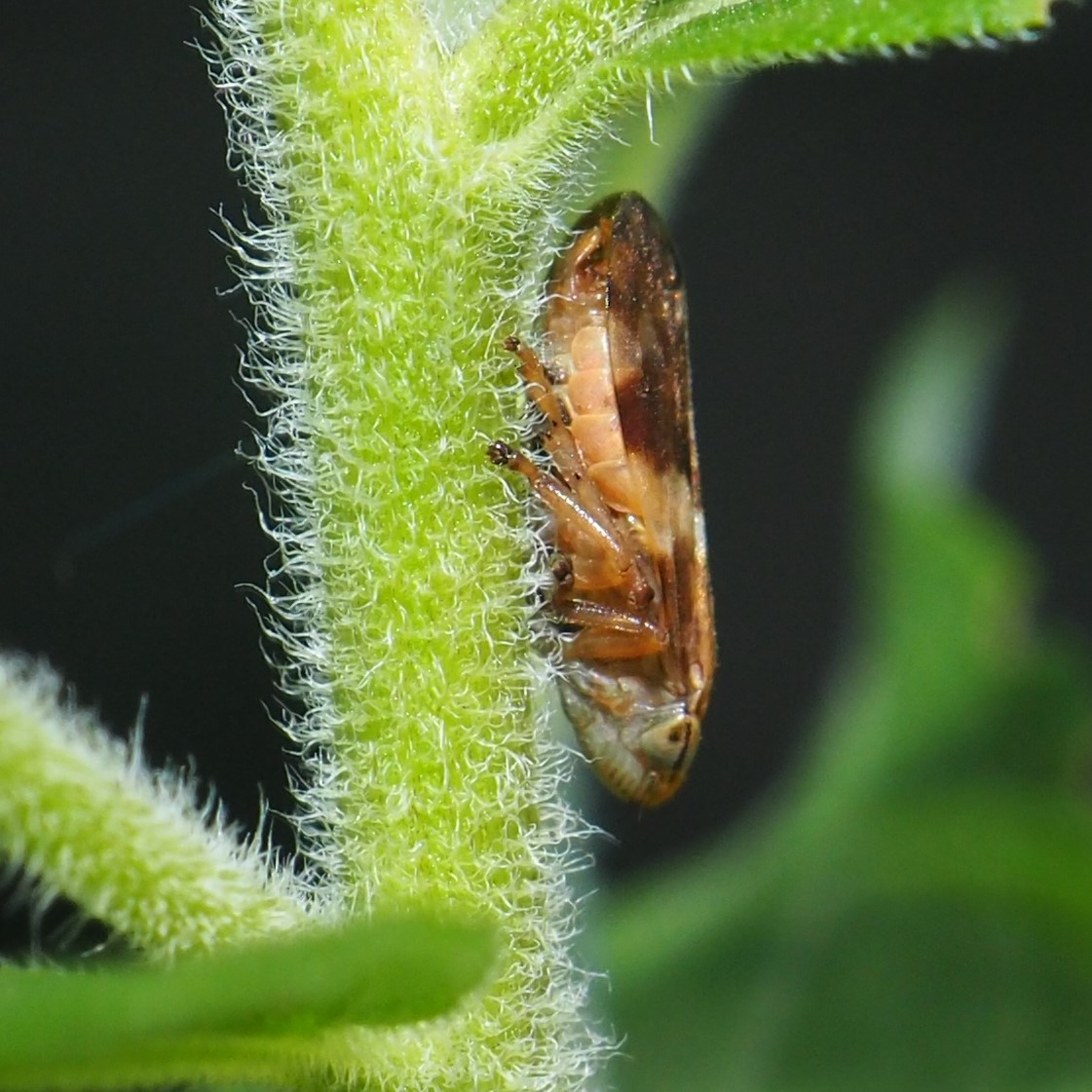
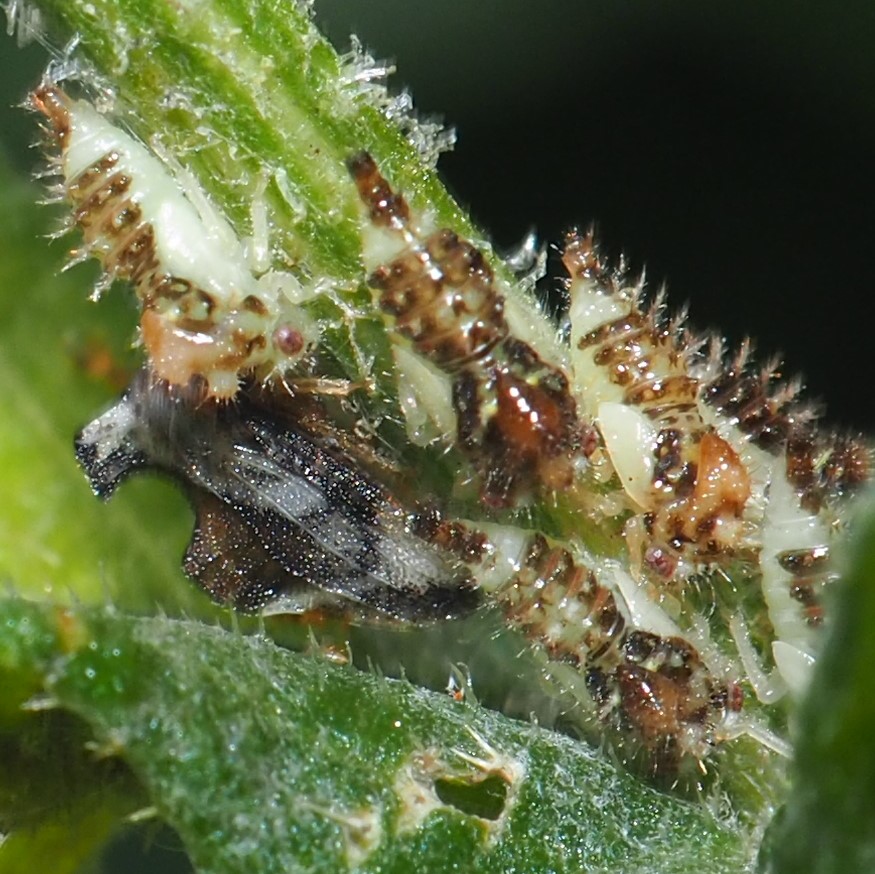
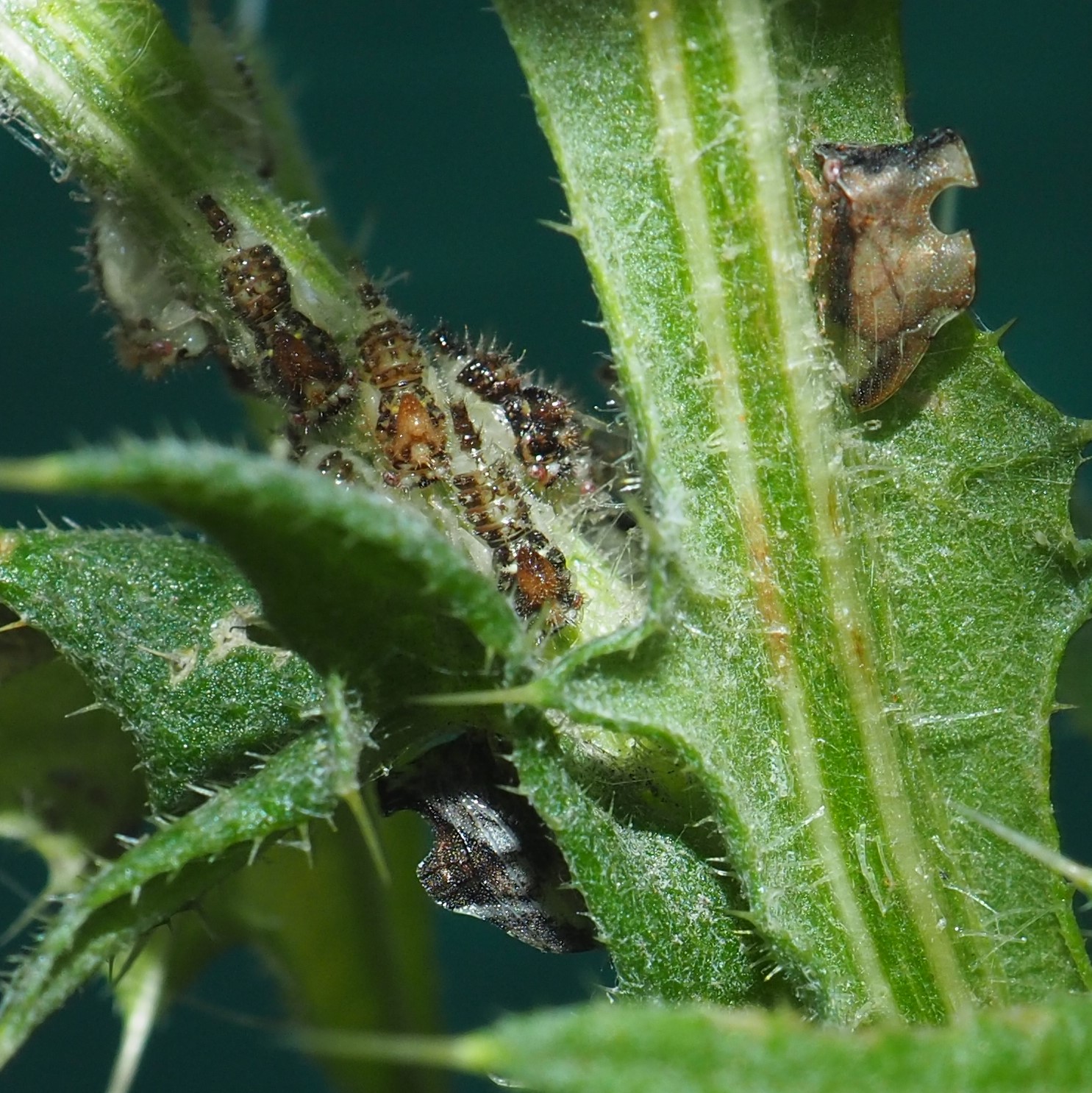
On the 12th at 6:33 pm, one of the Eastern Black Carpenters that has been nannying the nymphs all along, seems to be smooching one of the Adults. We saw that behavior way back when the Ant was eliciting a drop of honeydew from the adult before the nymphs had hatched. On the 13th, at 5:25 pm., you can see 6 or 7 Adults (picture 1). On the 14th at 4:12 pm, there is a mix of Adults and nymphs, and here is something else I wanted to tell you when we were discussing Ants. Can you see the two little Hairless Rovers?
I just went out today, August 15th at about 3:30. All but one Adult and a tiny group of nymphs are gone. The Ant is poking around looking lonesome after the two month honeymoon. Where did the young adults go? Last year when the Thistle was in the back yard, I began to see adults on the asters near the poor old used-up Thistle. I've no idea where the story goes now since new thistles from the little helicopter seeds won't be up till next spring. Where will they go? I'm going to be poking around everywhere looking for them. Did they mate before they parted? I don't know. Sigh. These characters have been a large part of my social life for two months! I'll miss them. Actually I'm going to write up a more coherent website on the experience!
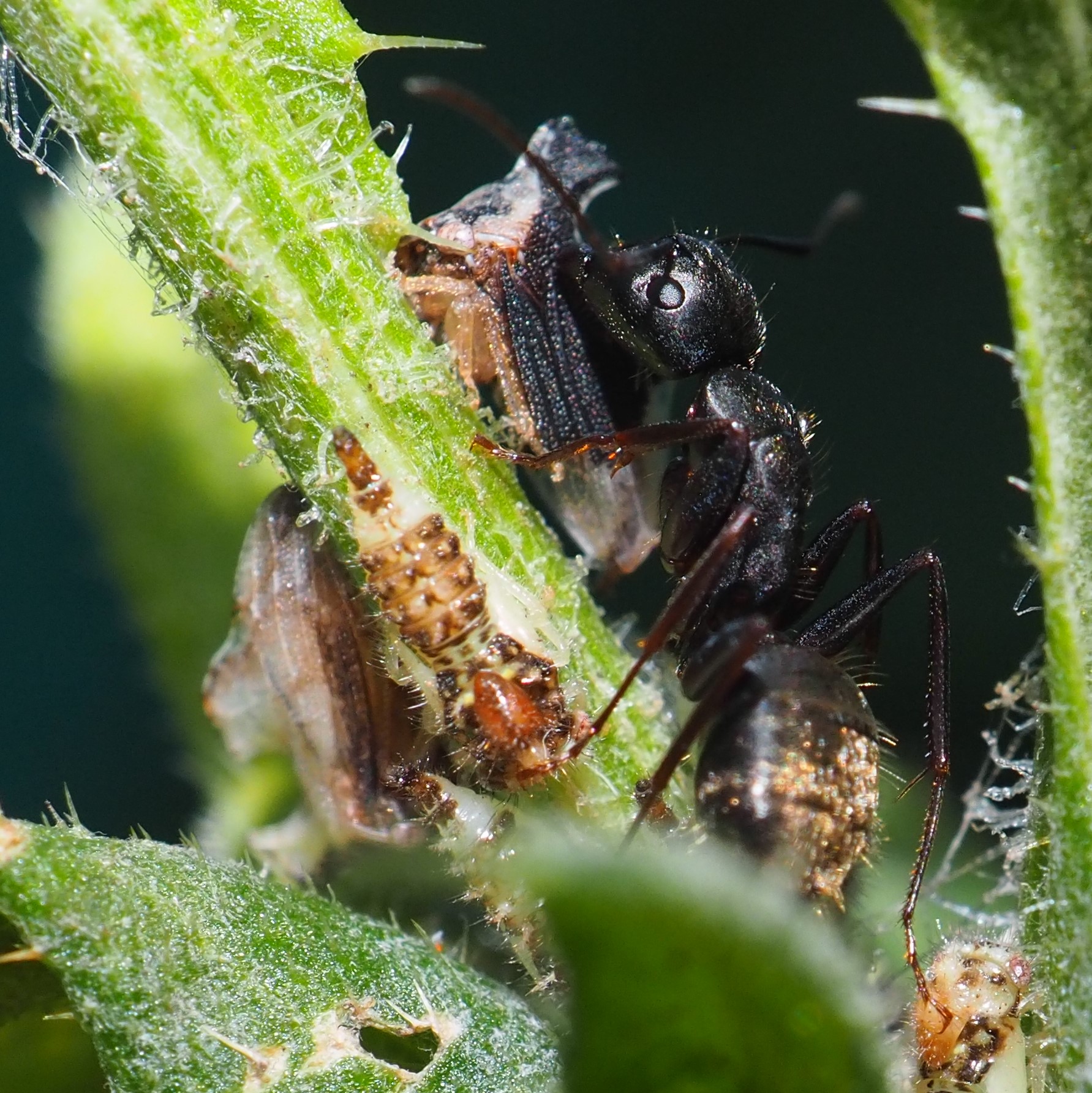
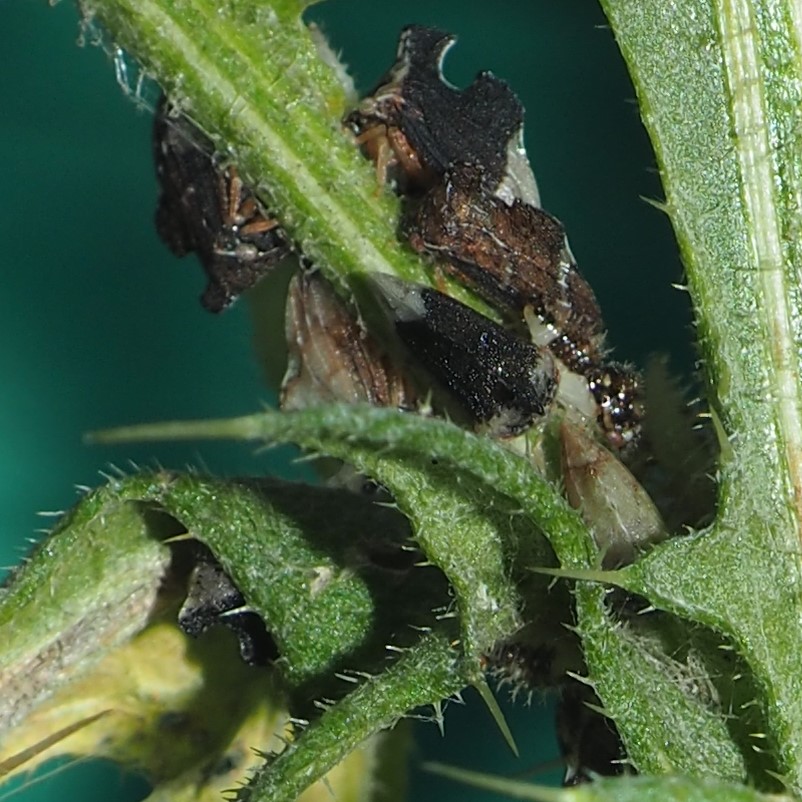
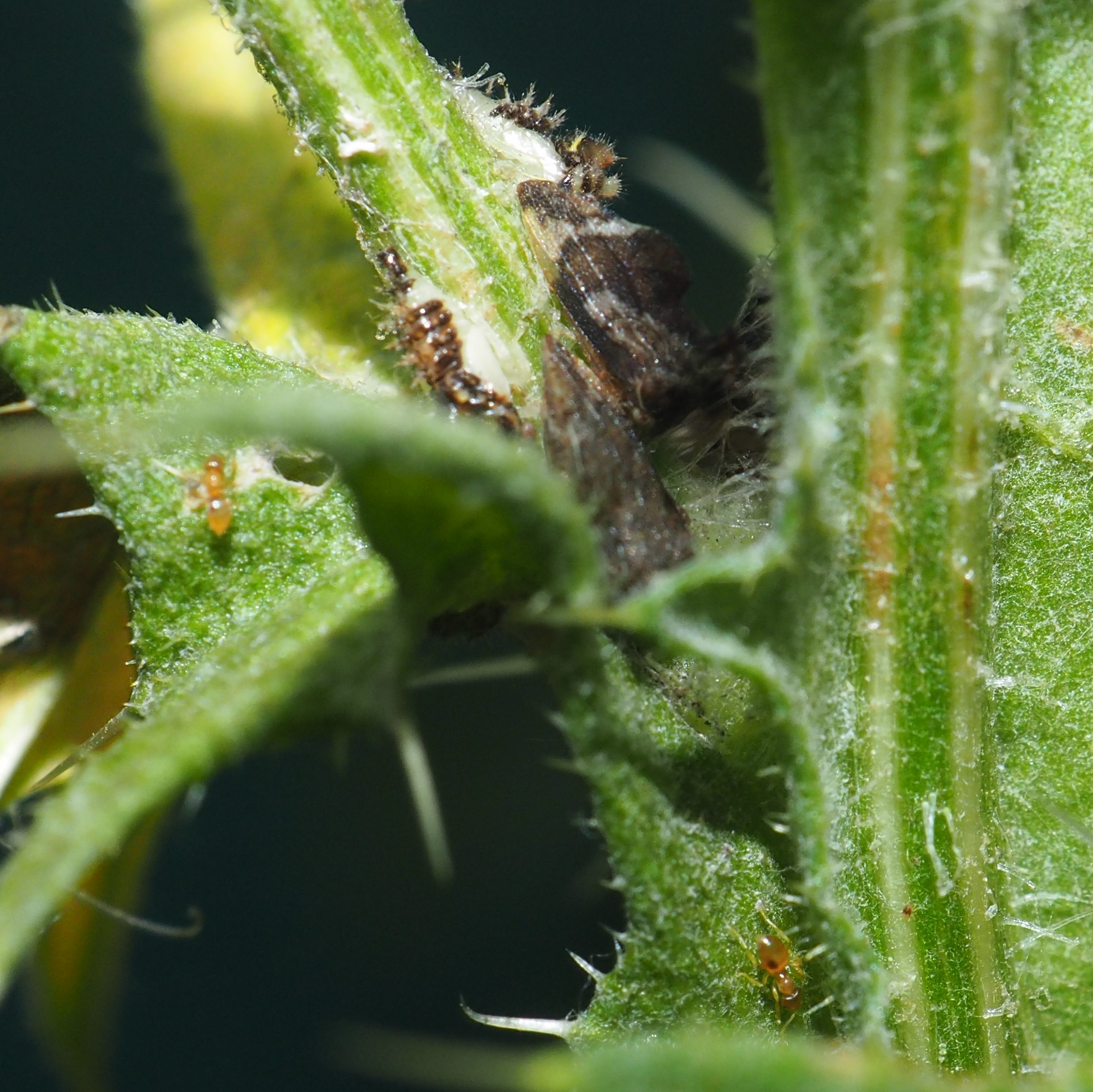
Now back to the rest of the Bugs. The Dendrocoris humeralis Stink Bugs are still here. Second is a relative of the Phytocoris Plant Bug we followed so closely a while ago. Third is another Plant Bug that hasn't been ID'ed but I think it's an Alfalfa Plant Bug. Fourth is a little black Bug inside a leaf cluster in the Goldenrod, or maybe the Asters.
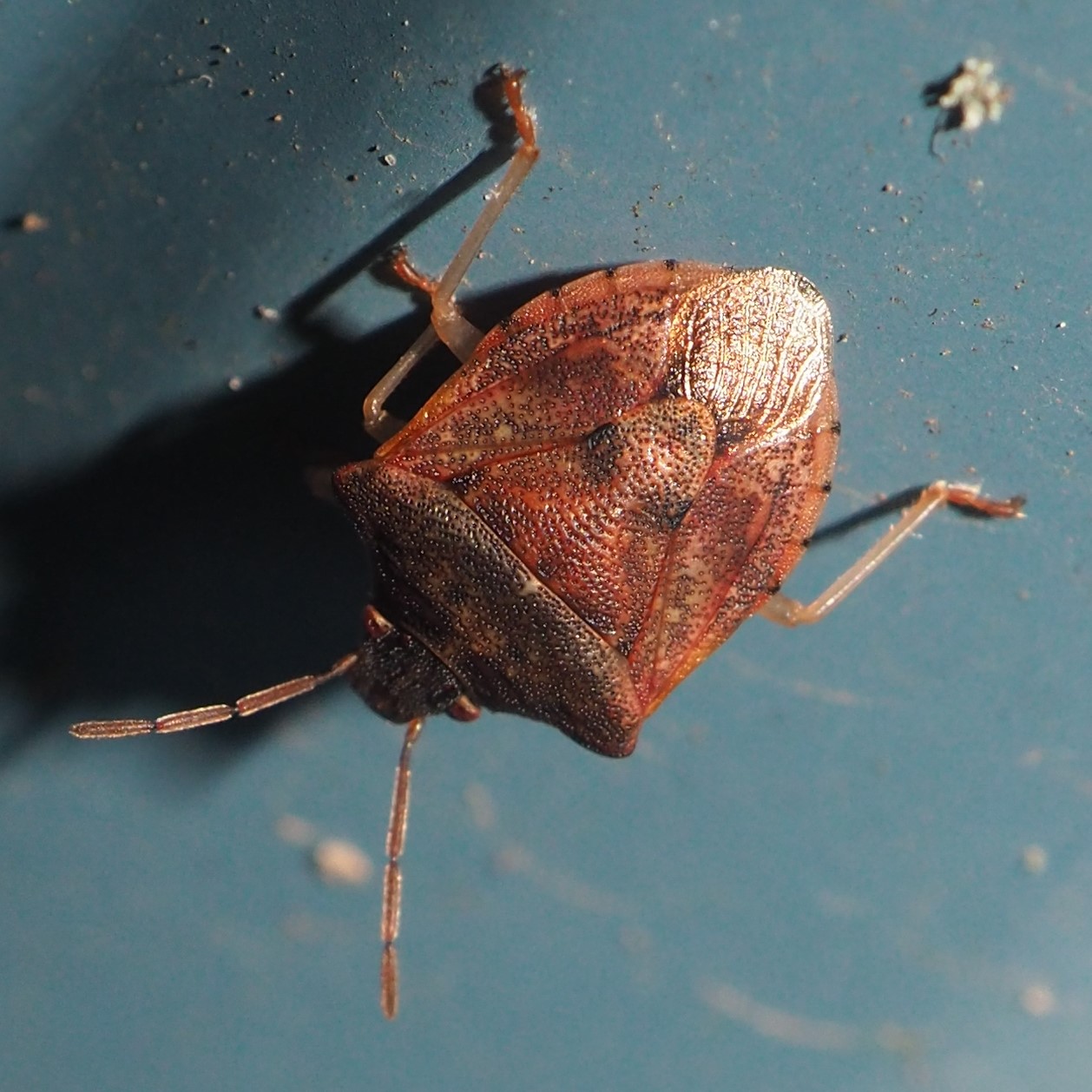
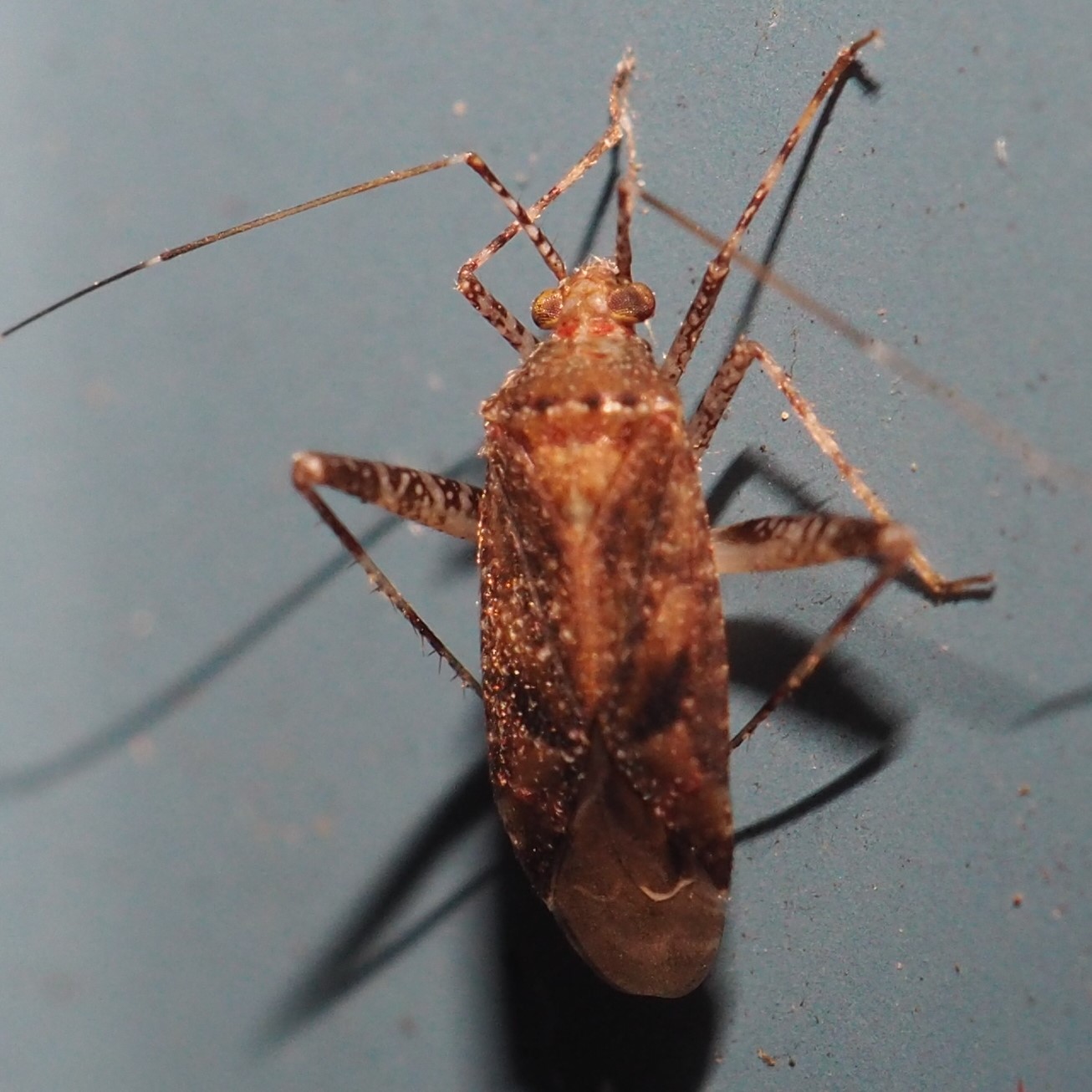
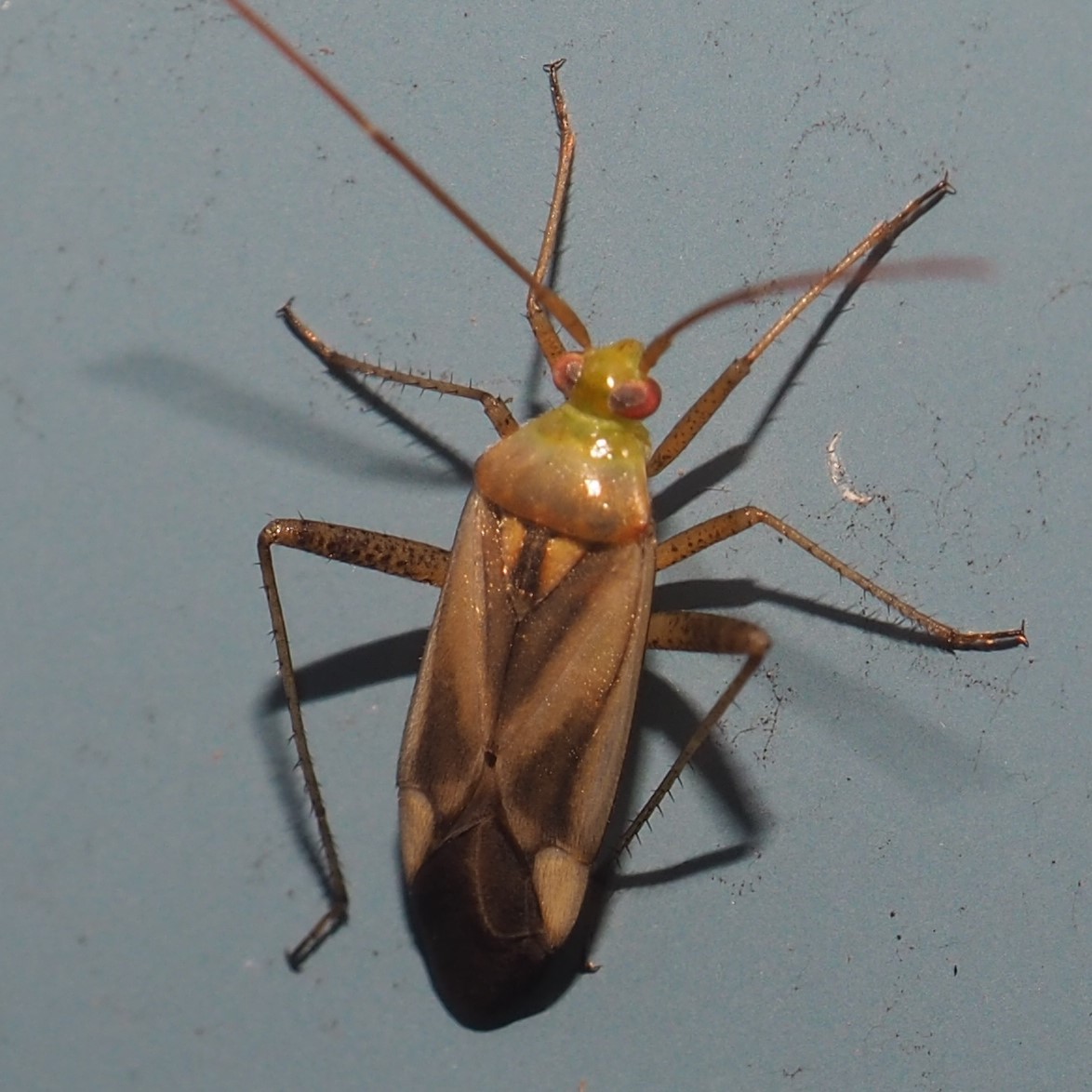
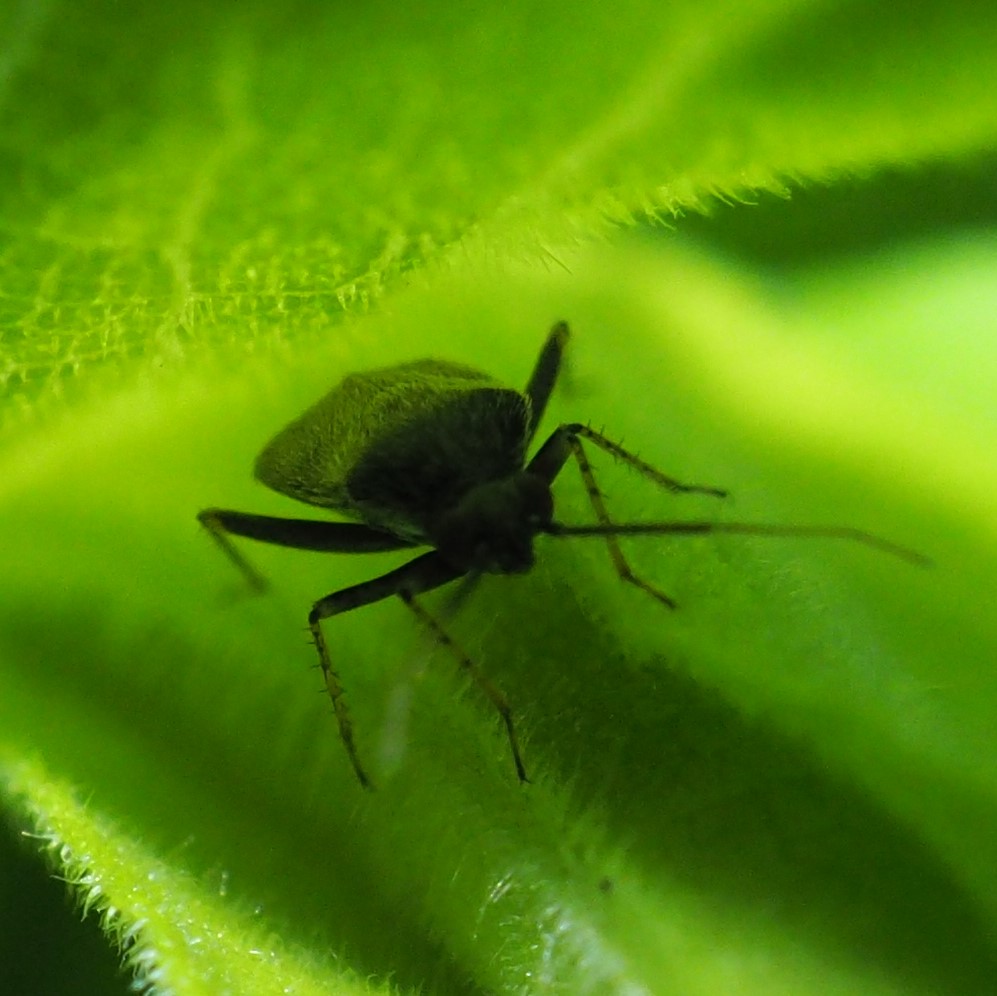
I only spotted one Damselfly this week. It turned out to be the Spotted Spreadwing. I didn't see that coming till after the first "only spotted". Honest. I think this is the first one I ever saw.
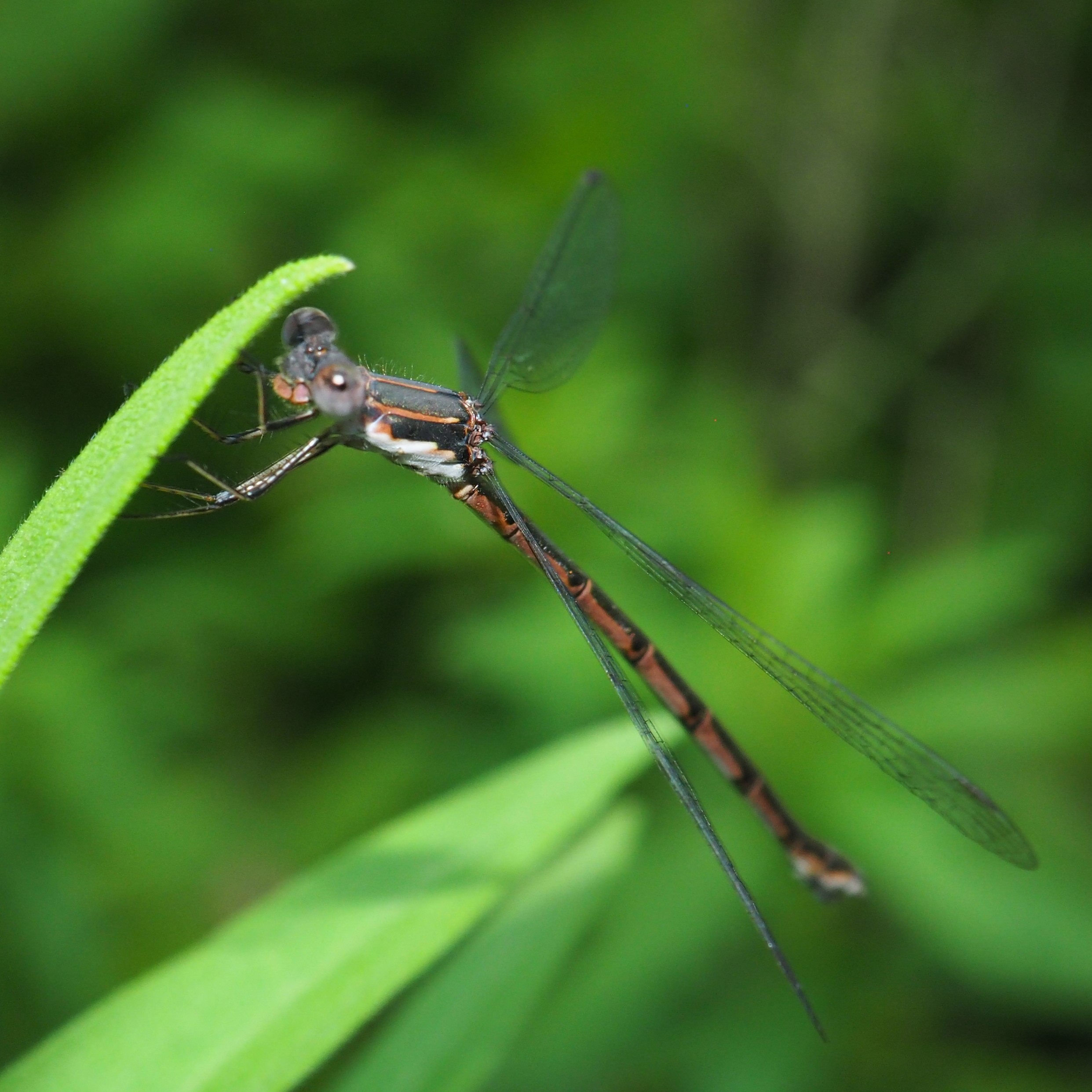
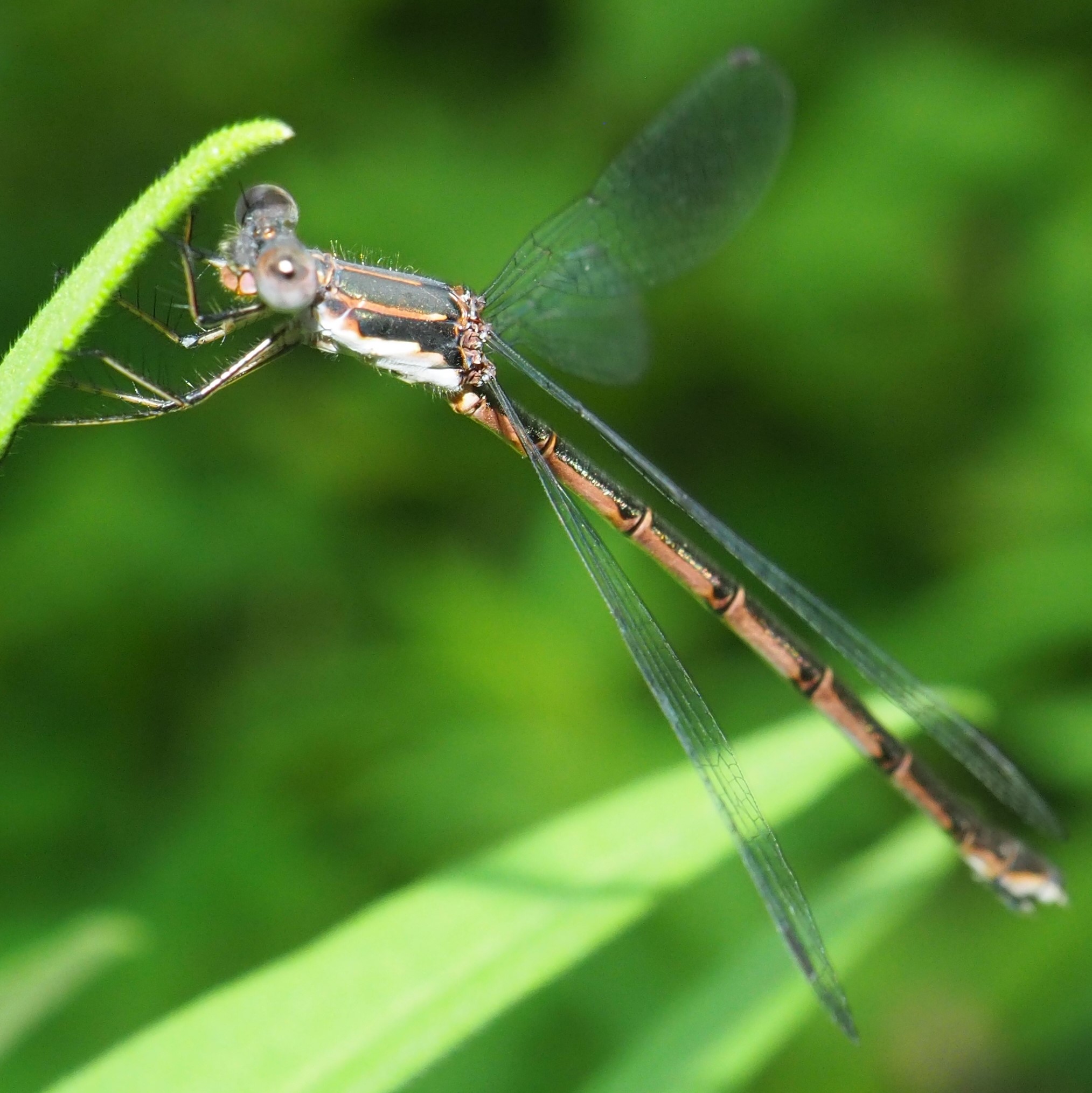
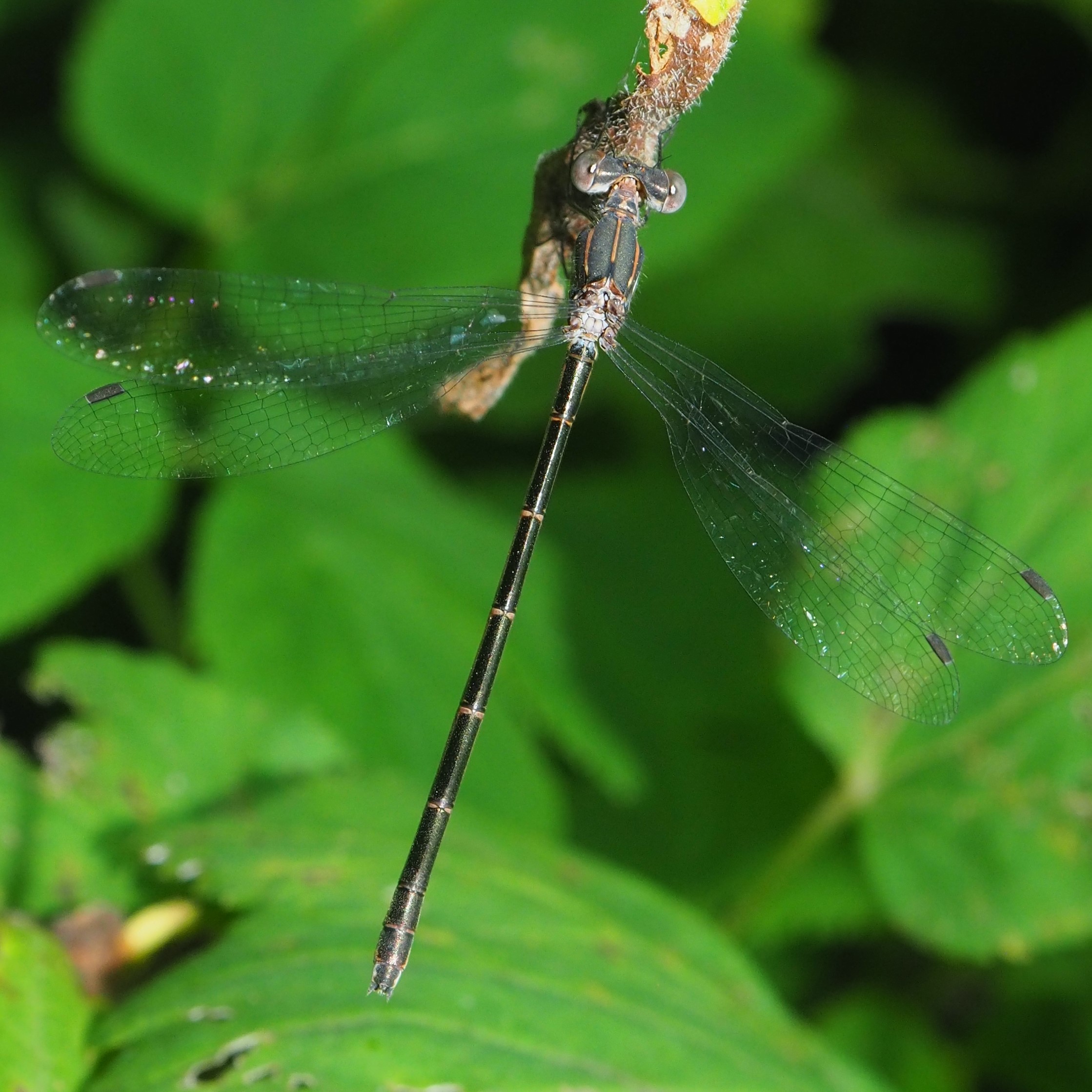
Here's your Earwig of the Week. And now, since the pond hasn't leaked in a few days, things are getting more nearly to normal out there. Good thing number 2. The Fox Pee granules seem to be working to keep the raccoons away from the pond. I moved off that ugly ungainly chickenwire so that the Lilies aren't getting crushed into the water. Here are some pictures of the Baby Fishes. They are really developing colors and patterns.
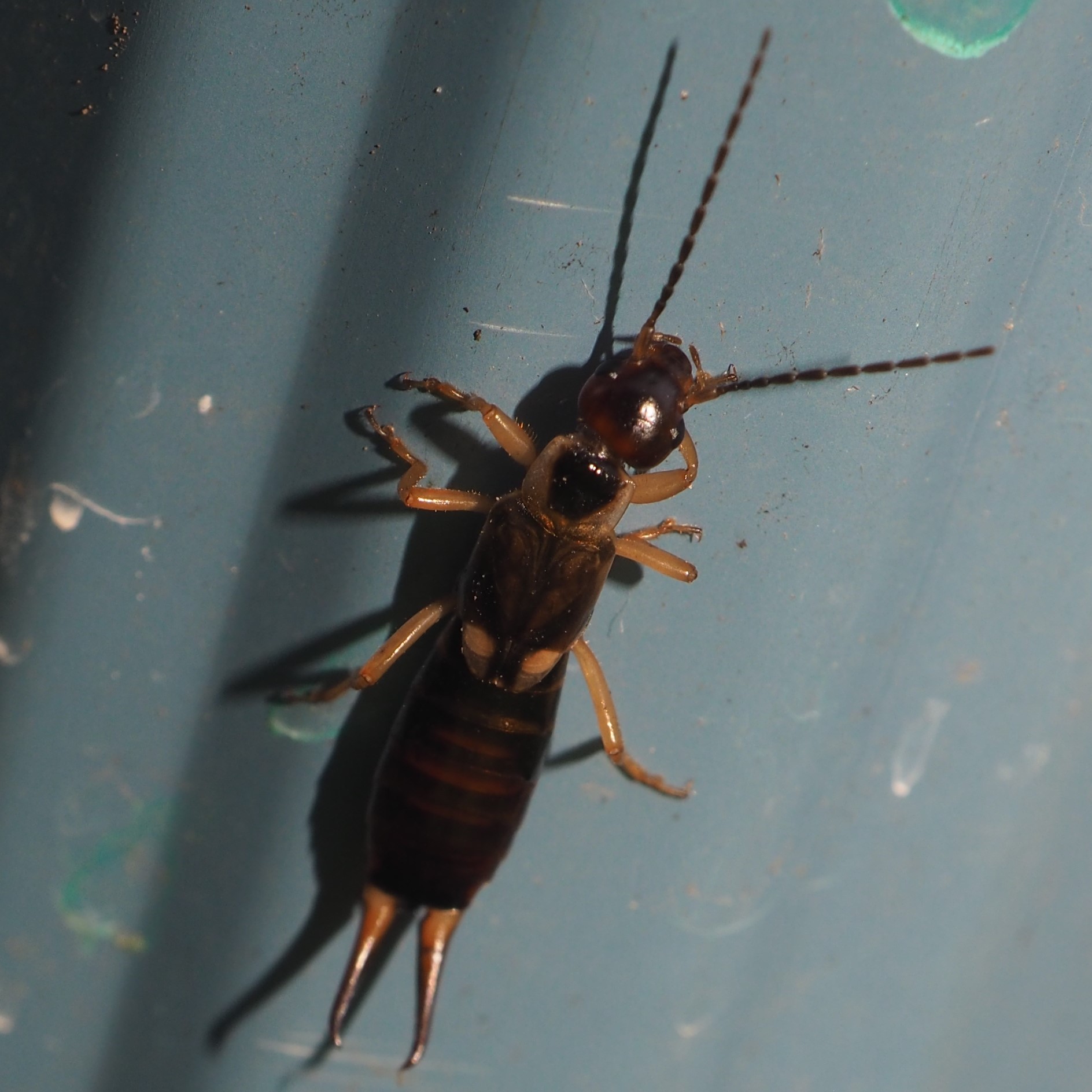
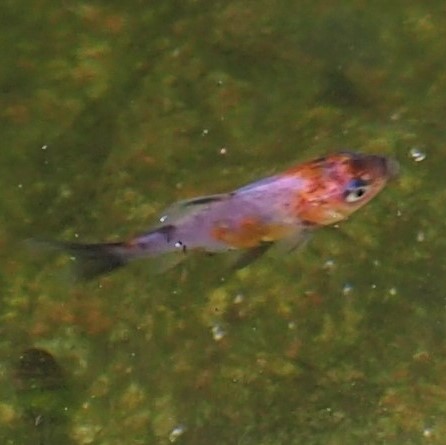
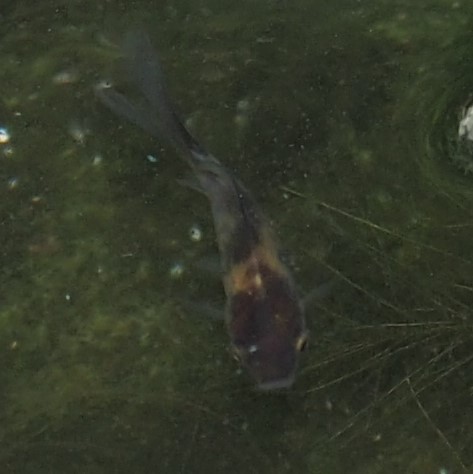
Fishes getting fed.
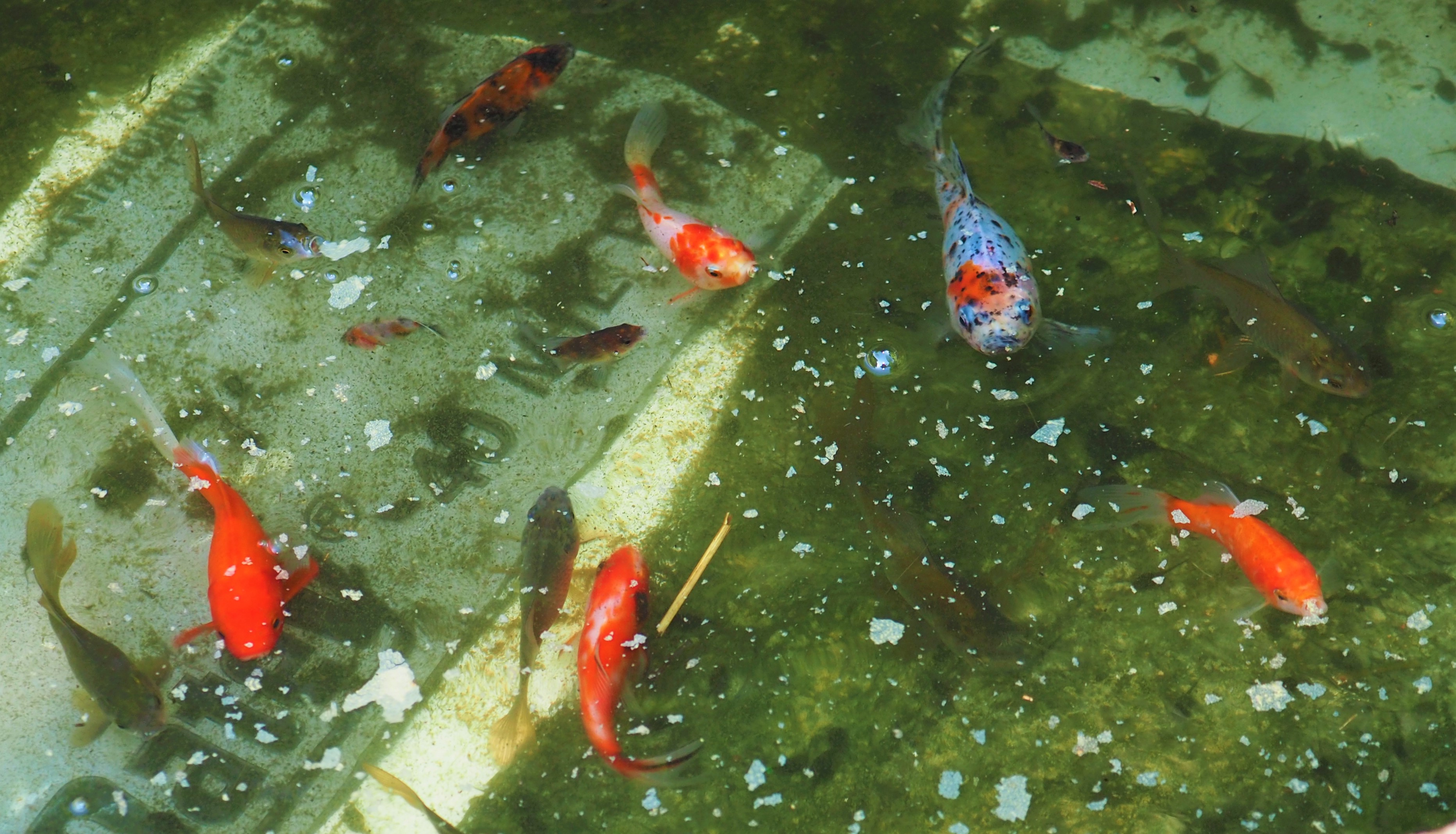
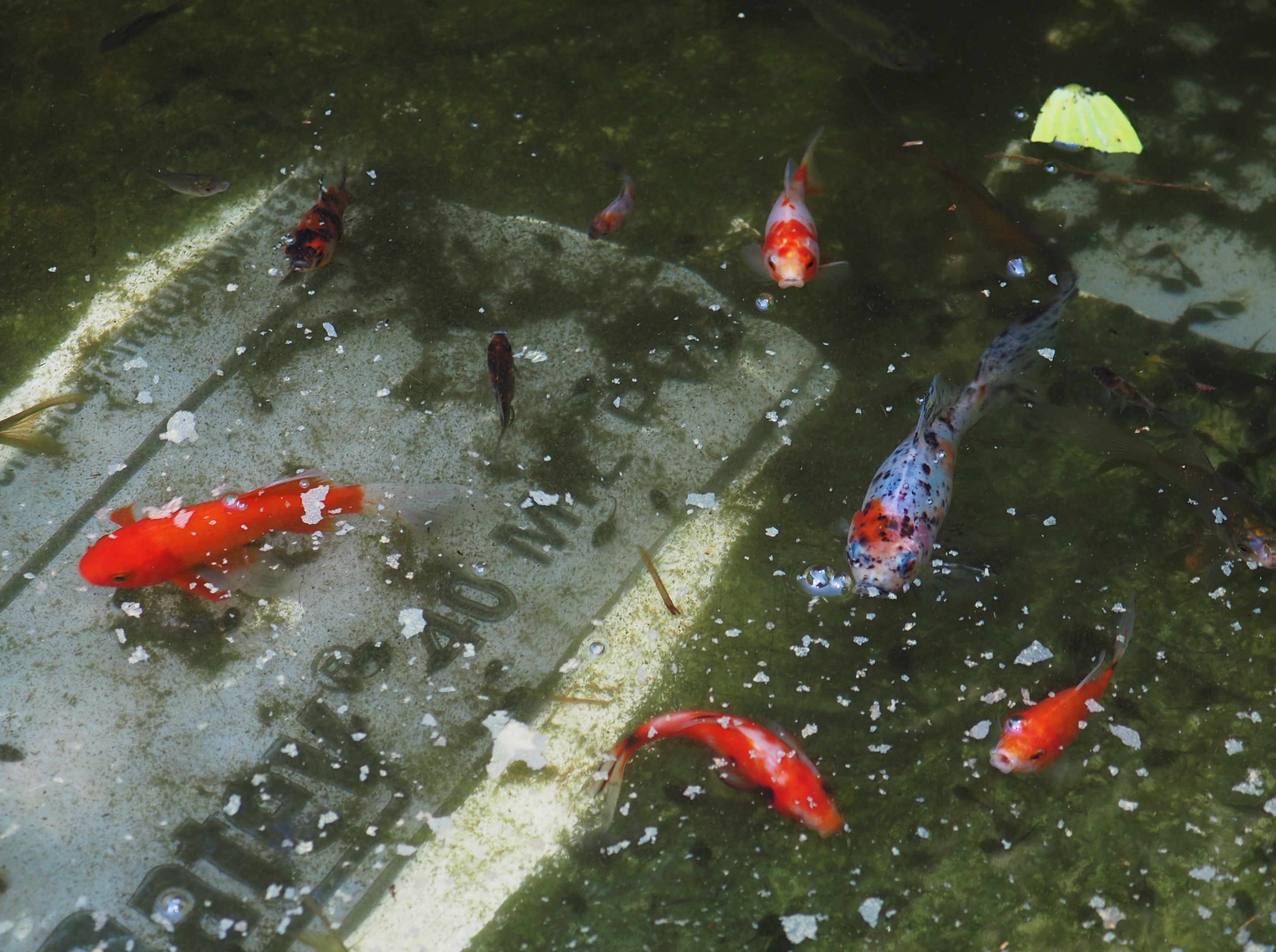
Here we are with the Flies. First, my favorite Crane Fly, the one that seems to have been printed with a block printer. Second is a Fruit Fly which seems to be pregnant. Or maybe that is how they are shaped. Third is a tiny yellow Fly of genus Liriomyza, one of the leaf mining Flies.
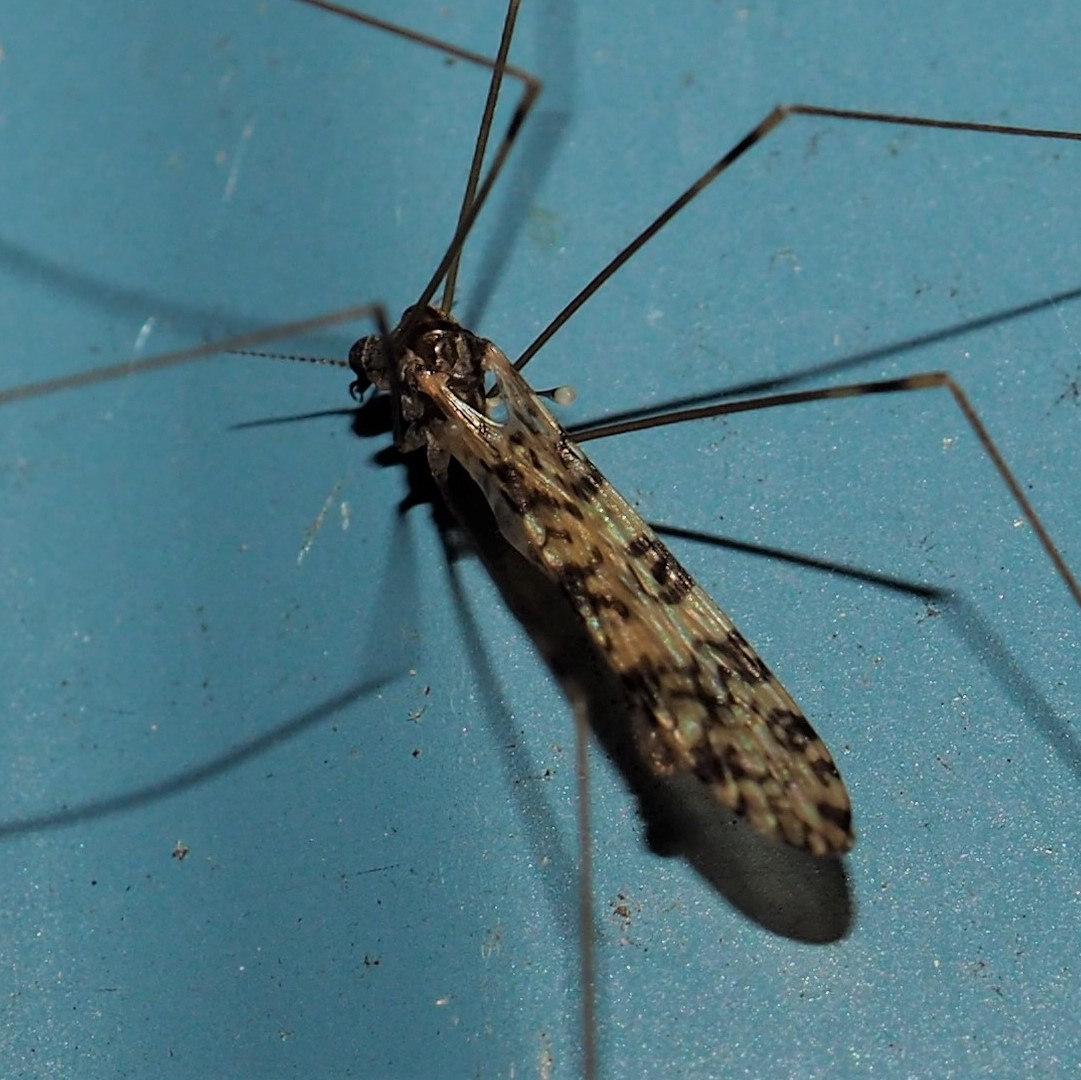
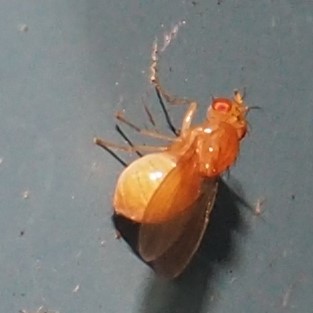
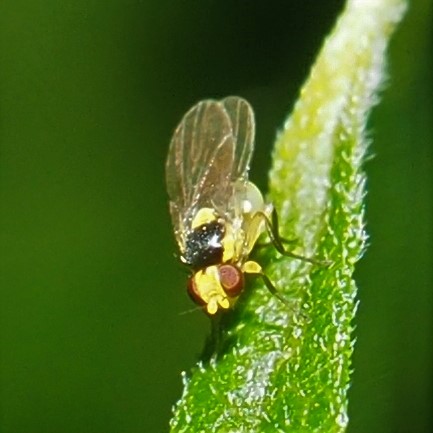
First, a Root-maggot Fly. Second, a Lauxaniid Fly called Minettia lupulina. And third, a Signal Fly (named for the design on its wings) called a Walnut Husk Maggot Fly.
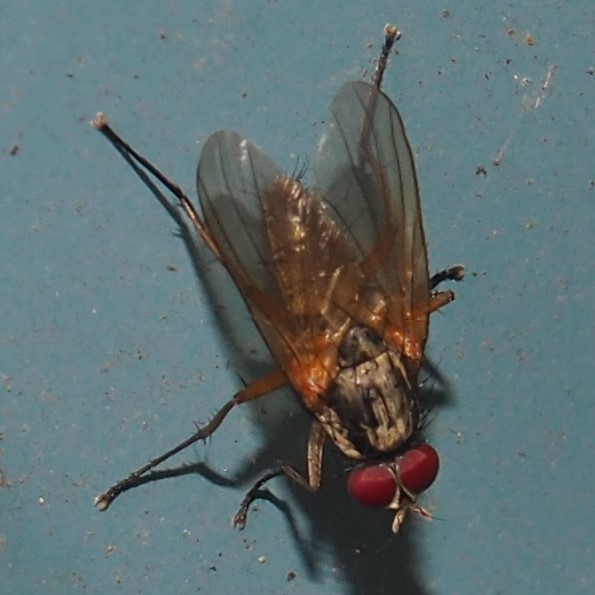
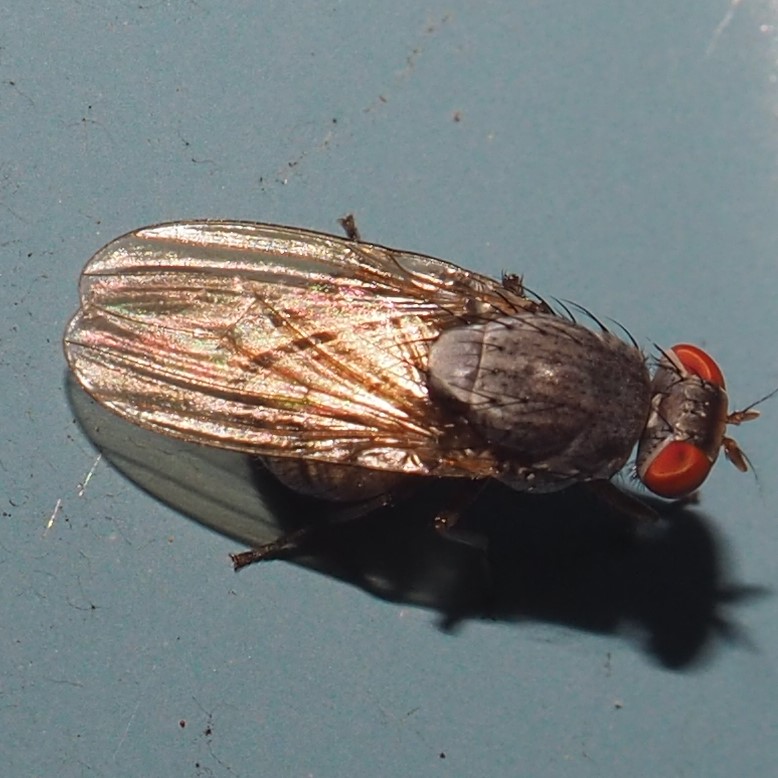

This first Fly is Merosargus caeruleifrons. Then comes one of the Phantom Midges. The third is a Compost Fly. It only stood still while I snapped several pictures because the leaf it was on had a splot of water on it and it was drinking eagerly.
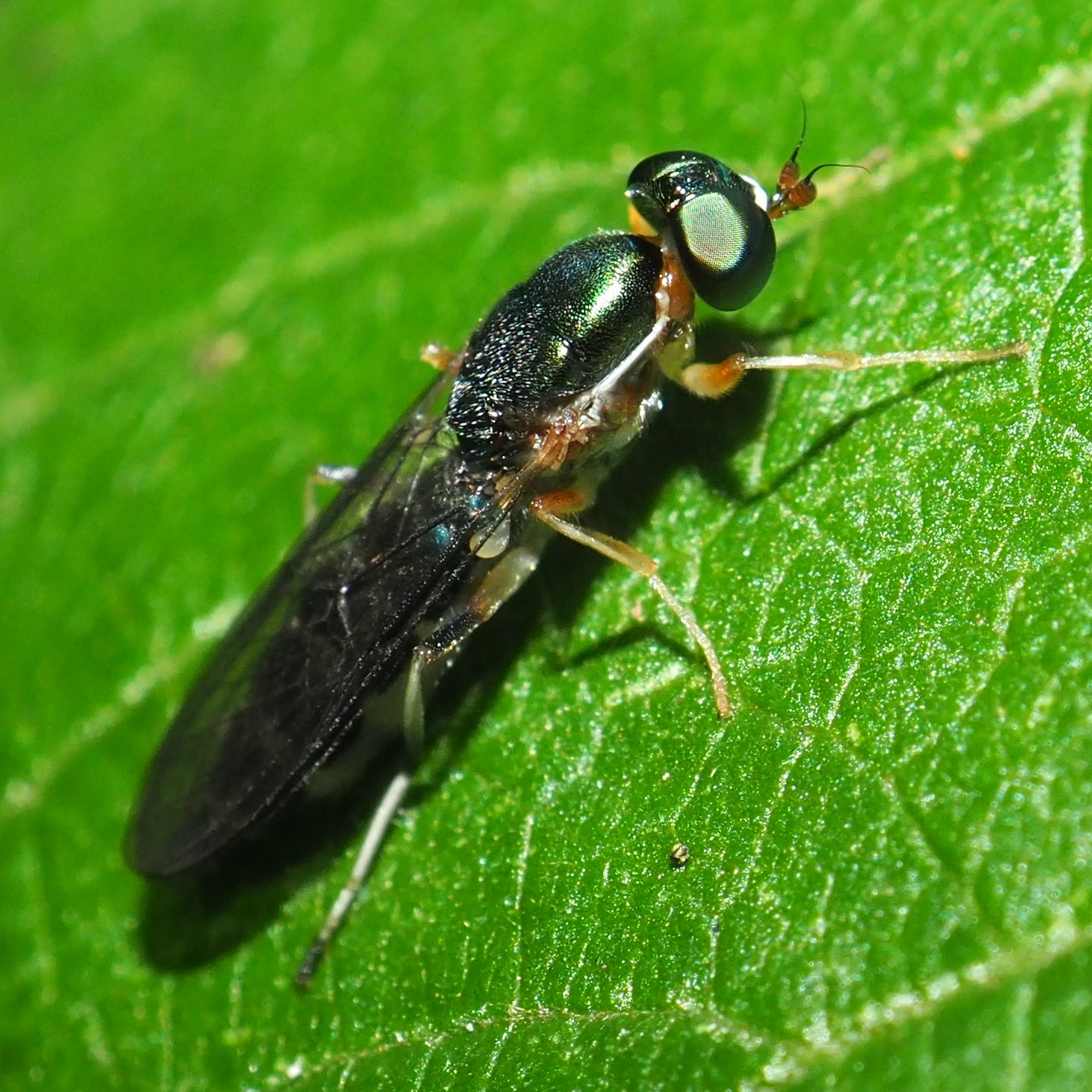
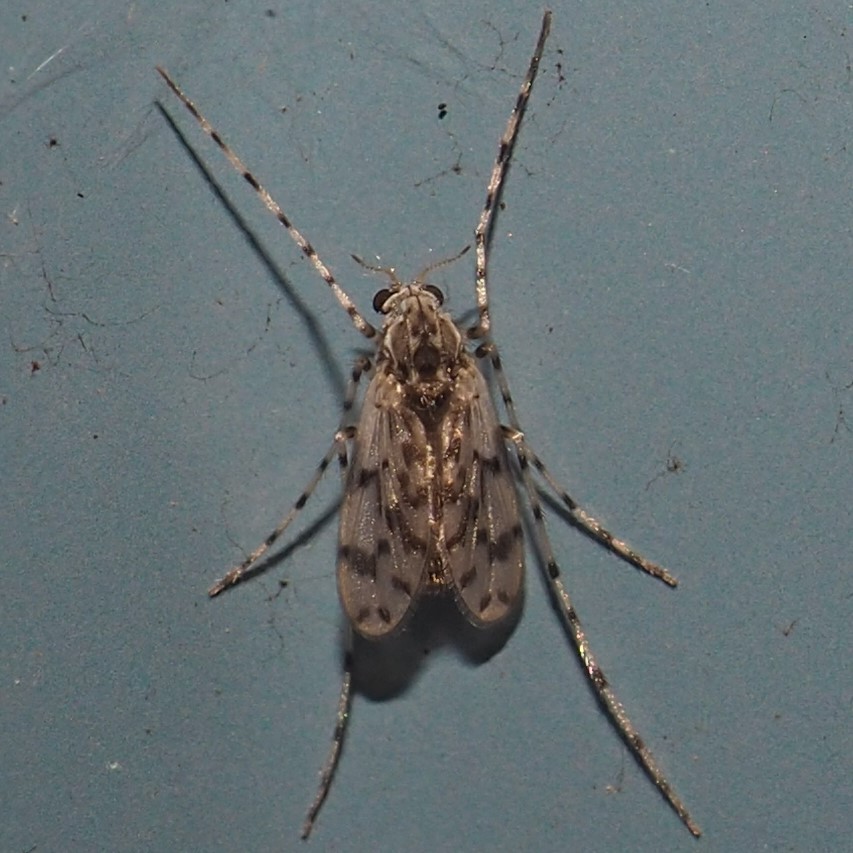
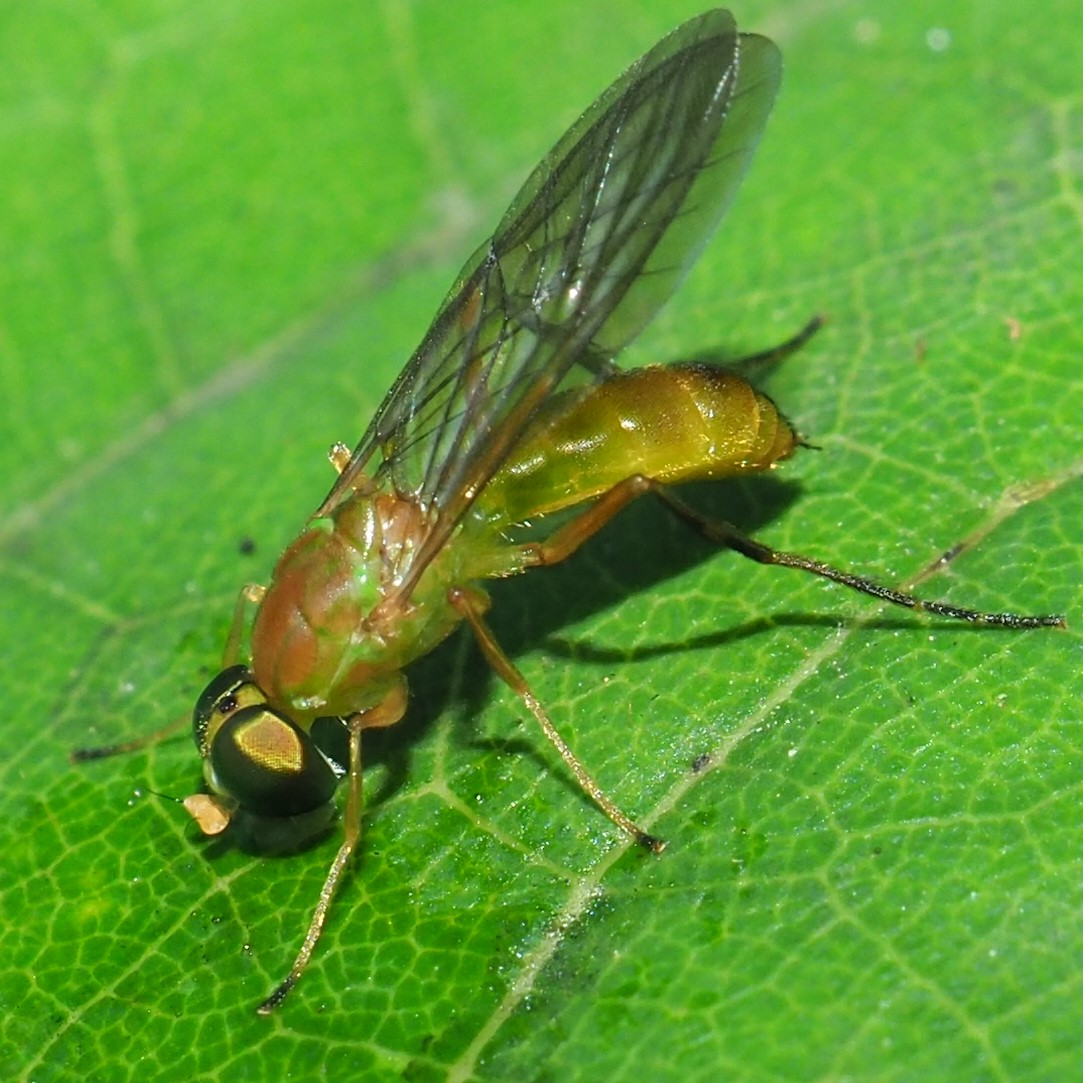
Two Mosquitoes let me take their portraits. First is an Asian Bush Mosquito, and second is an Eastern Treehole Mosquito. Obviously the latter got me before I snapped her. The last picture is one of those Hover Fly Larvae on the Goldenrod!

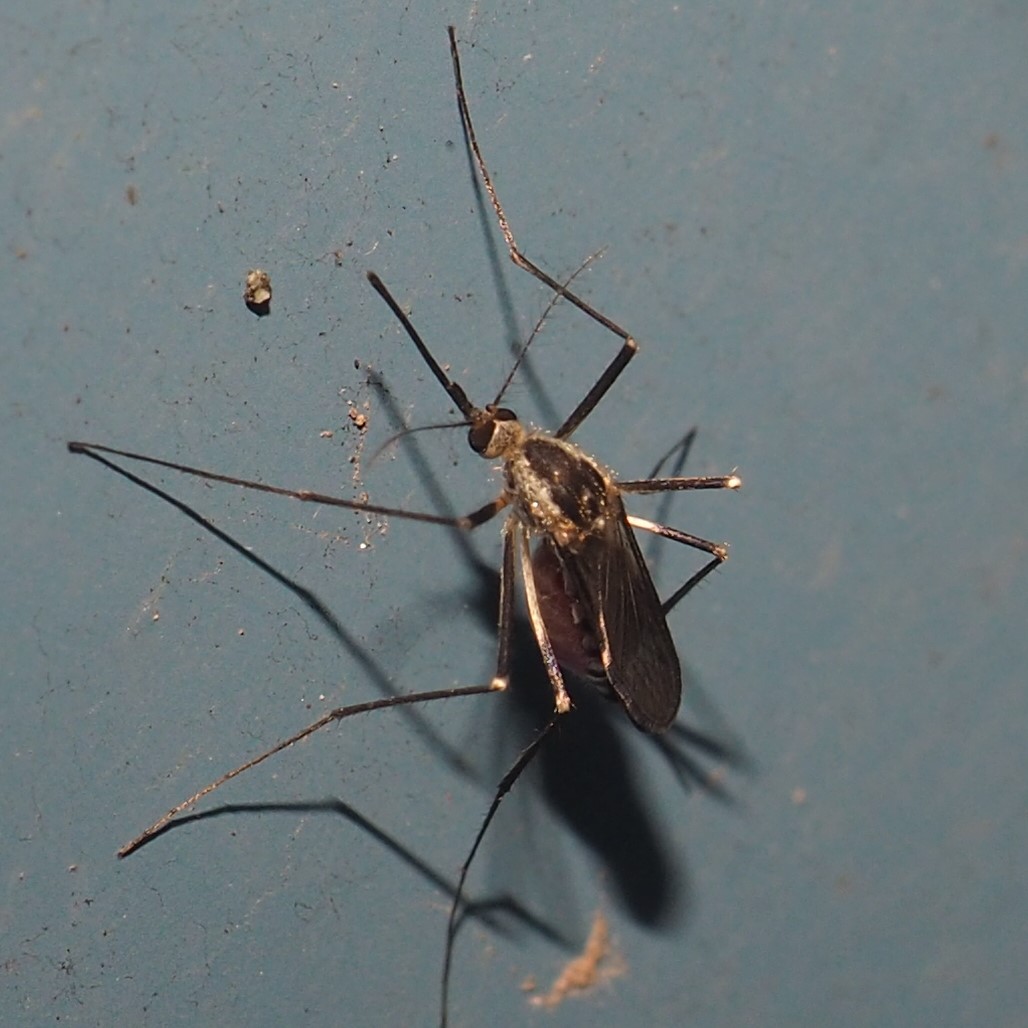
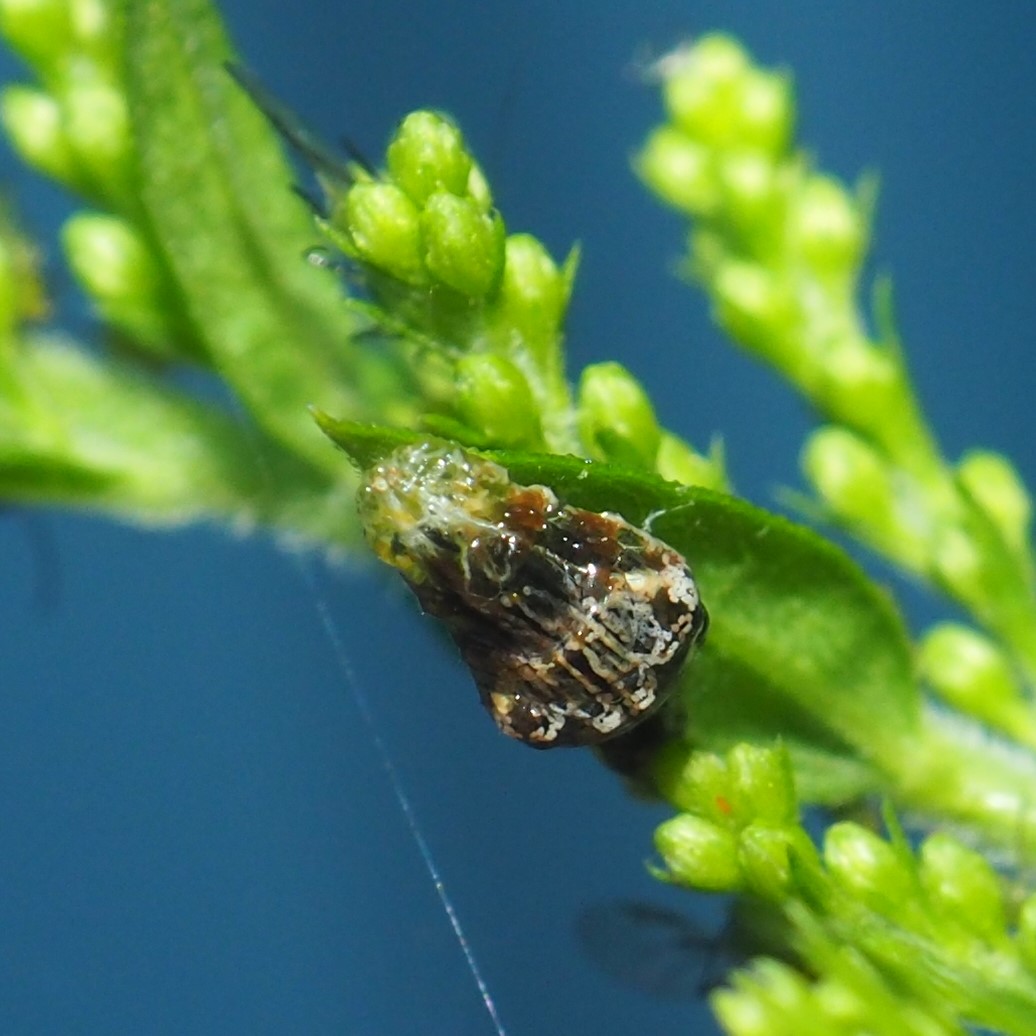
One very large Mayfly with the funky name of Lake Hex was sitting on the shop door.
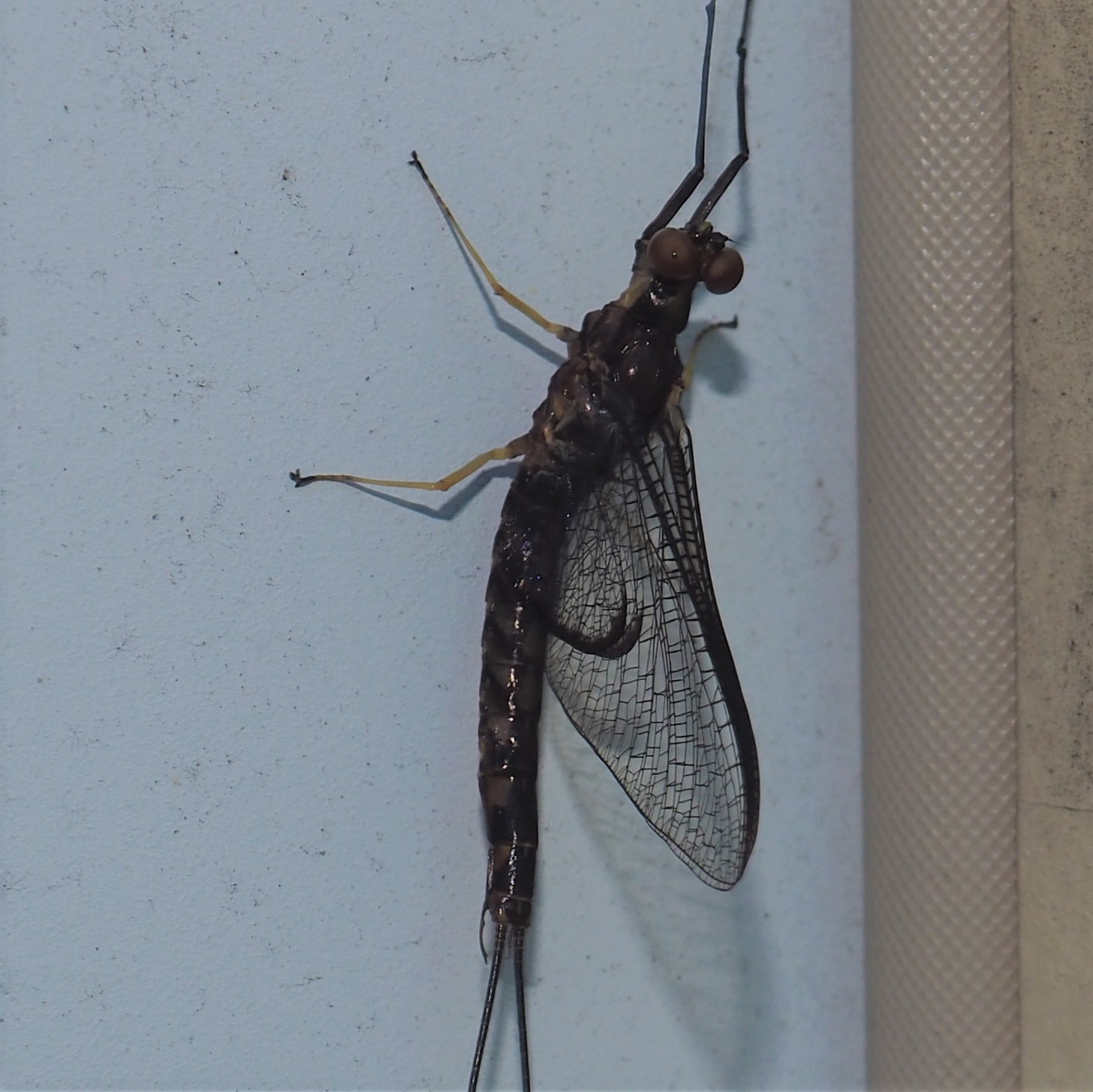
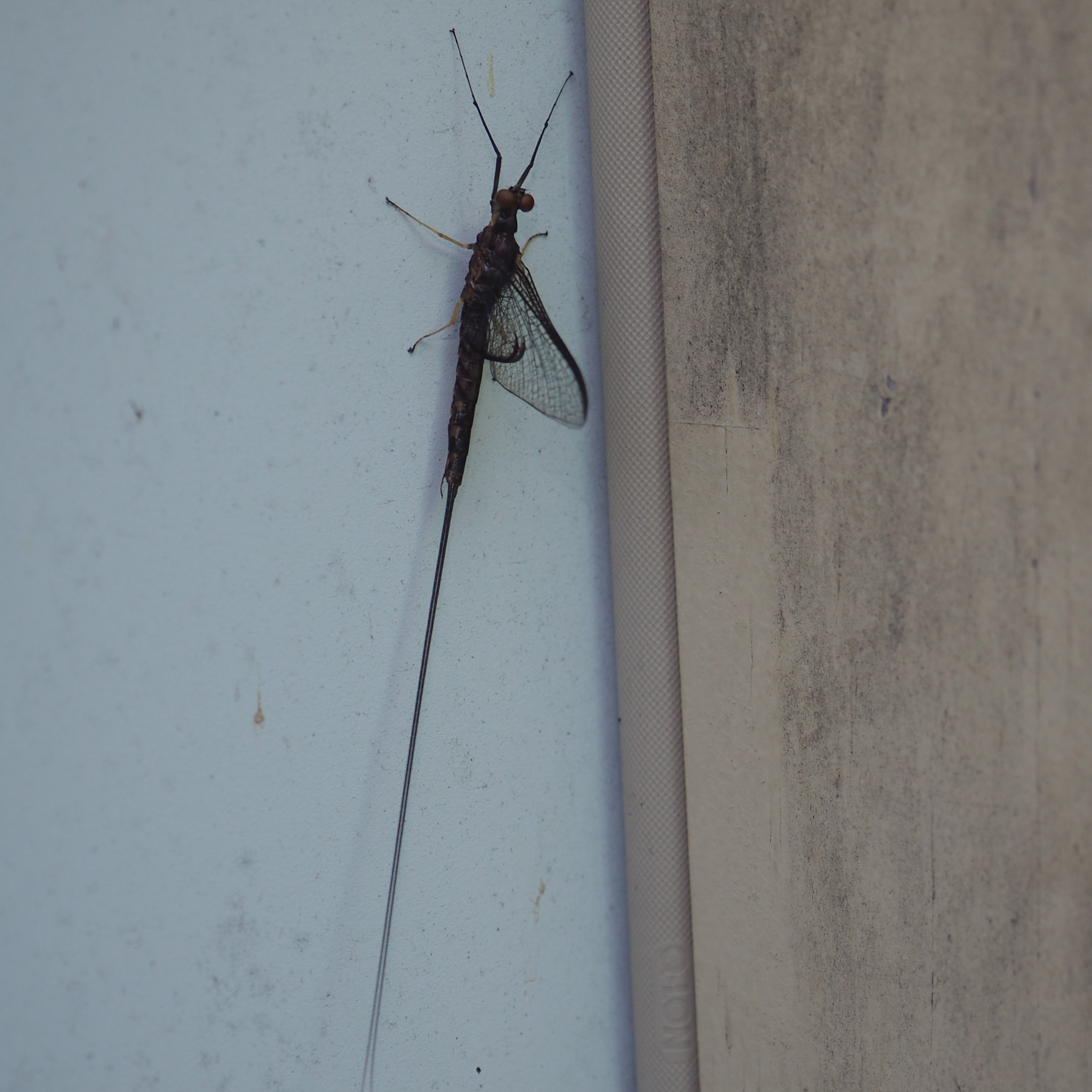
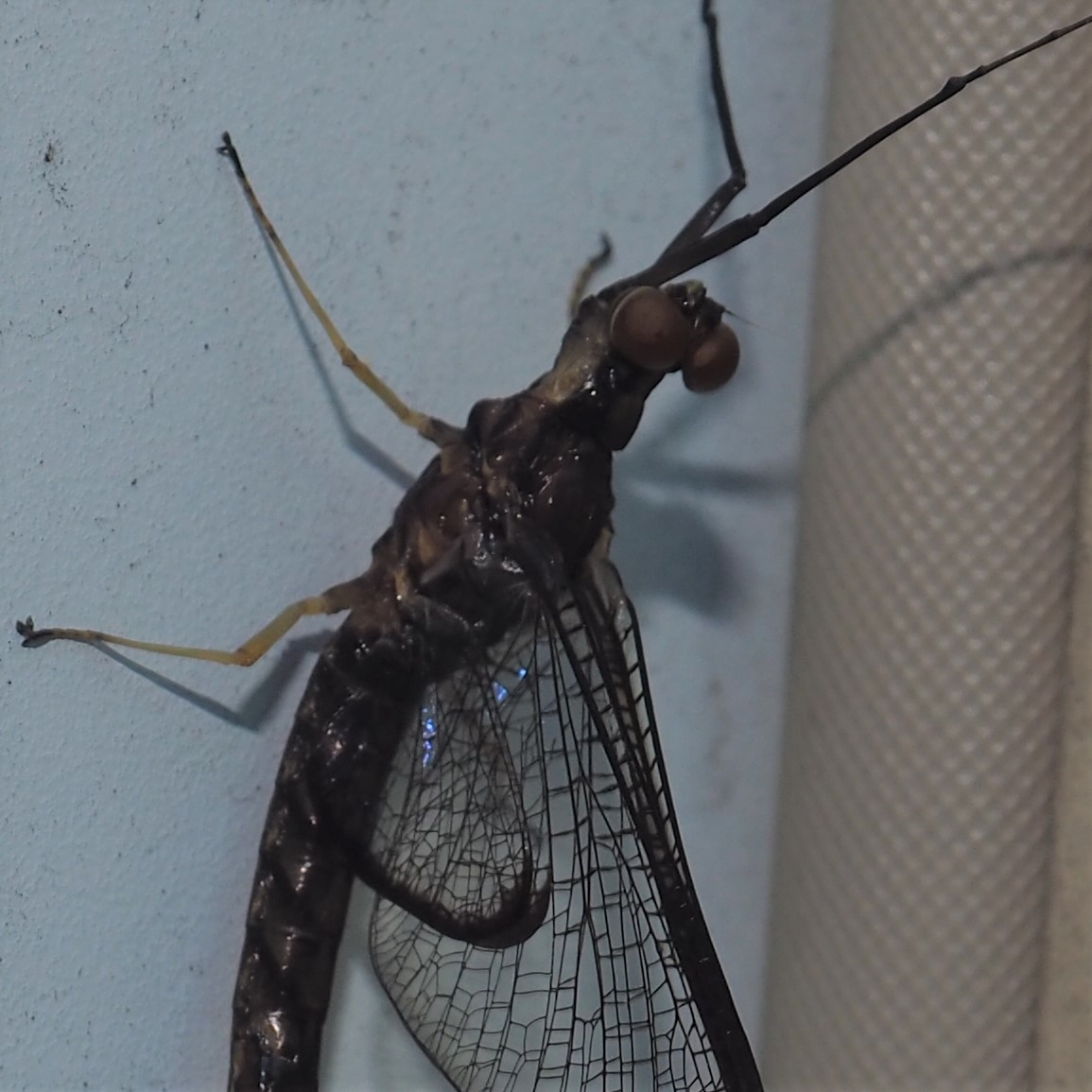
A number of Moths dropped by. First I should go back and bring you the one Butterfly of the week, a White Cabbage Butterfly, Pieris rapae. Then there were these two Moths, which look like Leaf Miners.
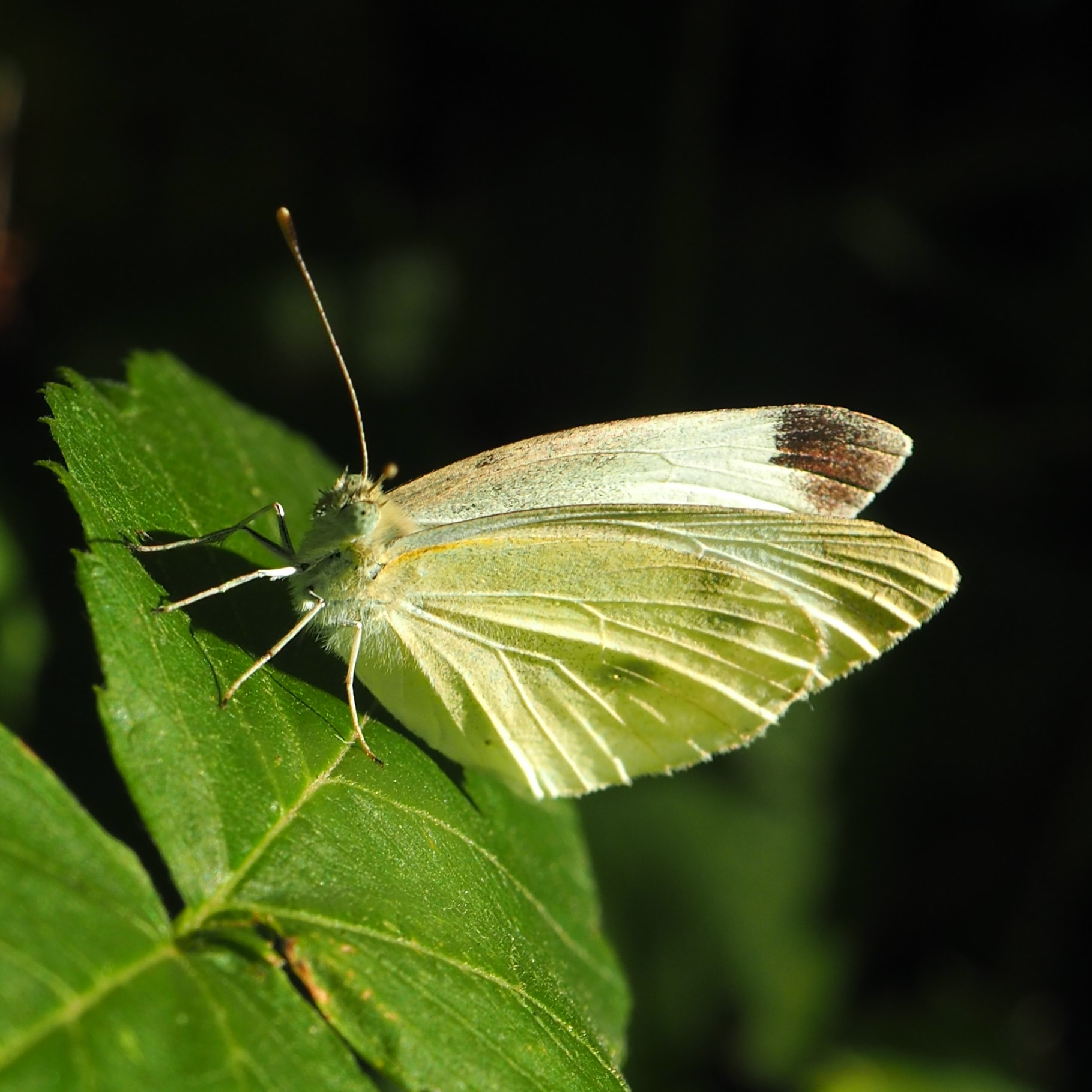
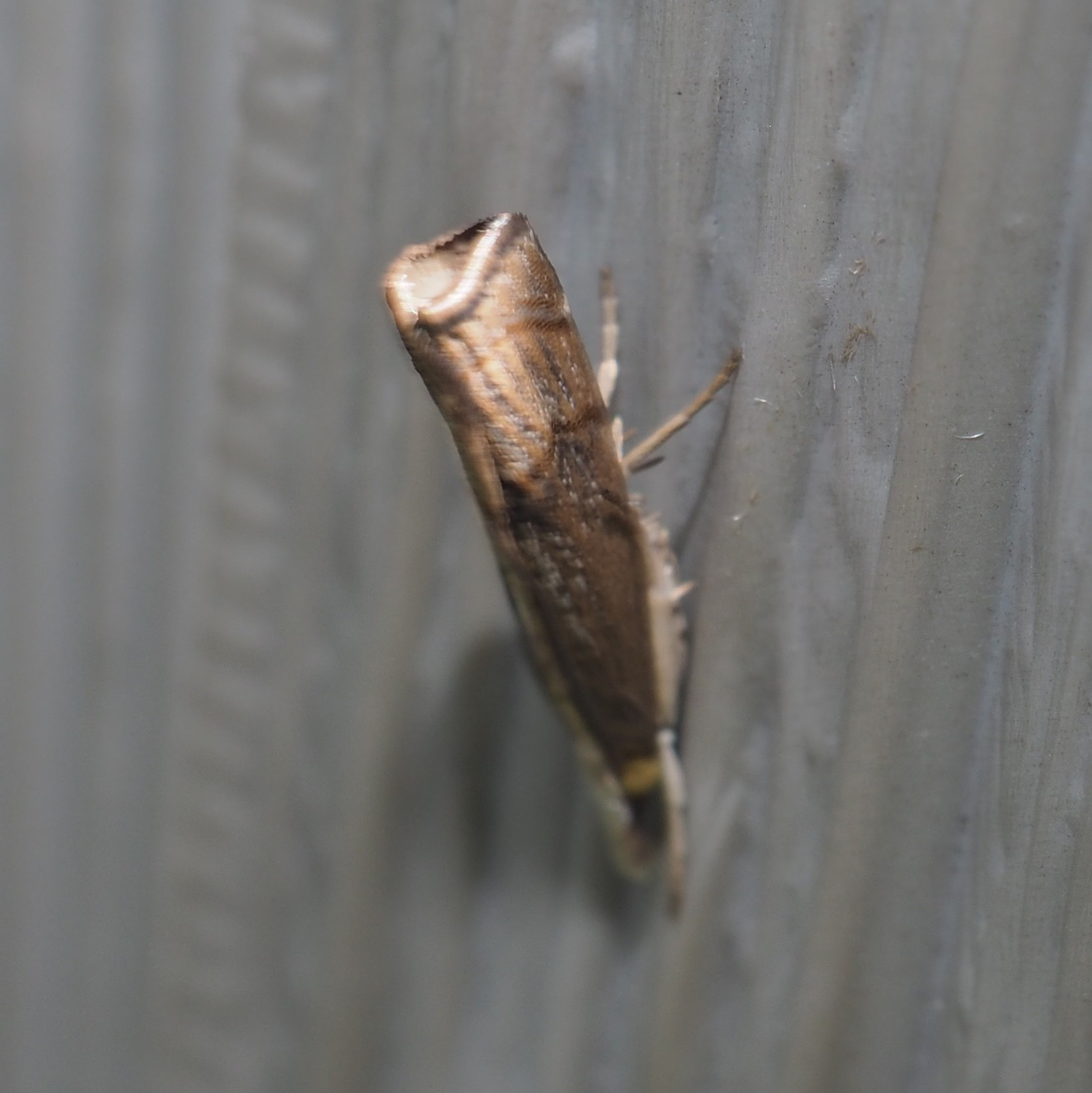
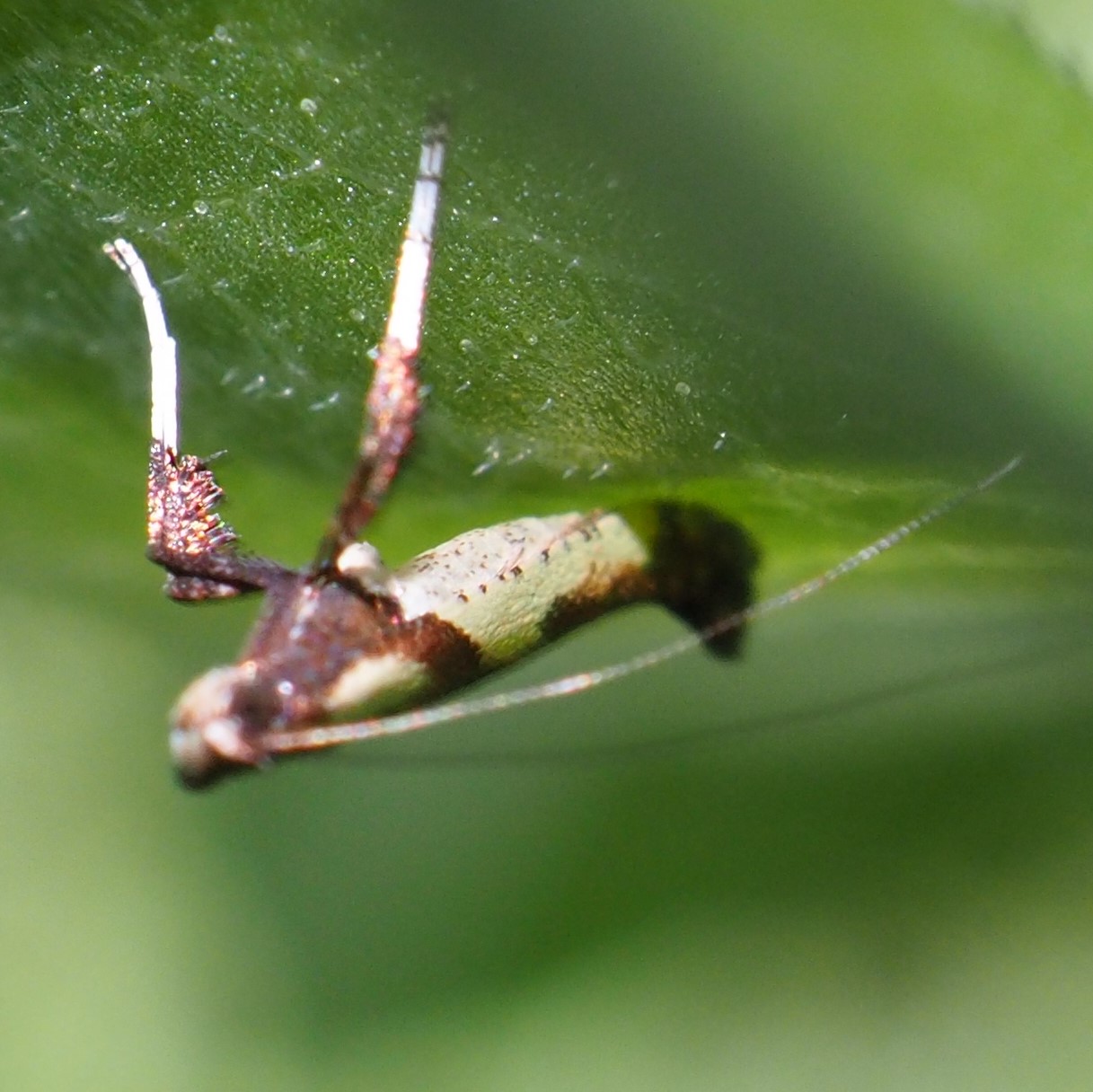
More Moths. First is a mystery still, while the second is a Norway Maple Pygmy Moth. The two caterpillars are larvae of a Brown-hooded Owlet Moth and a Banded Tussock Moth.
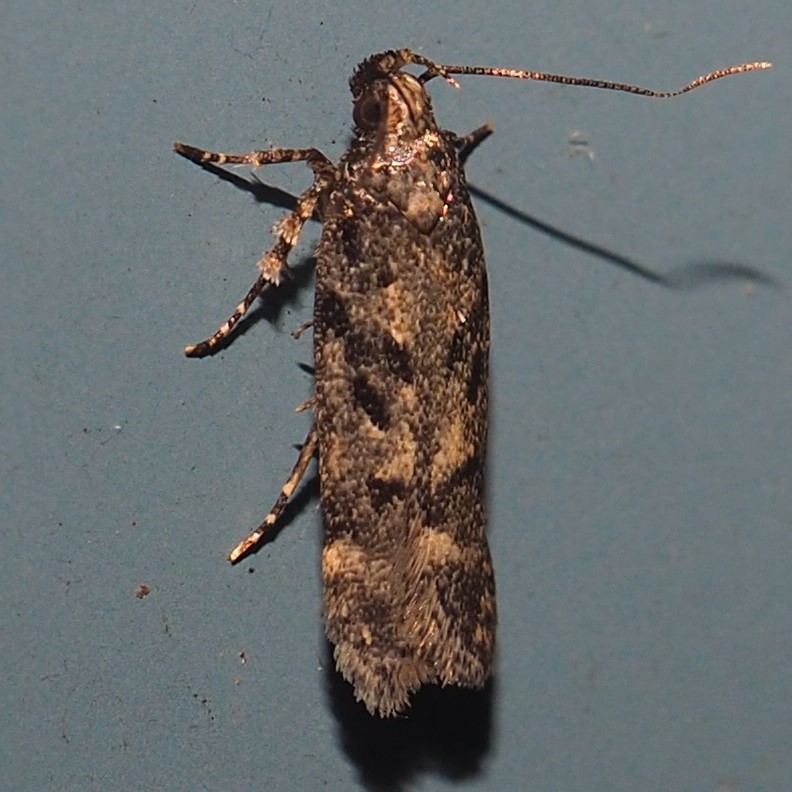
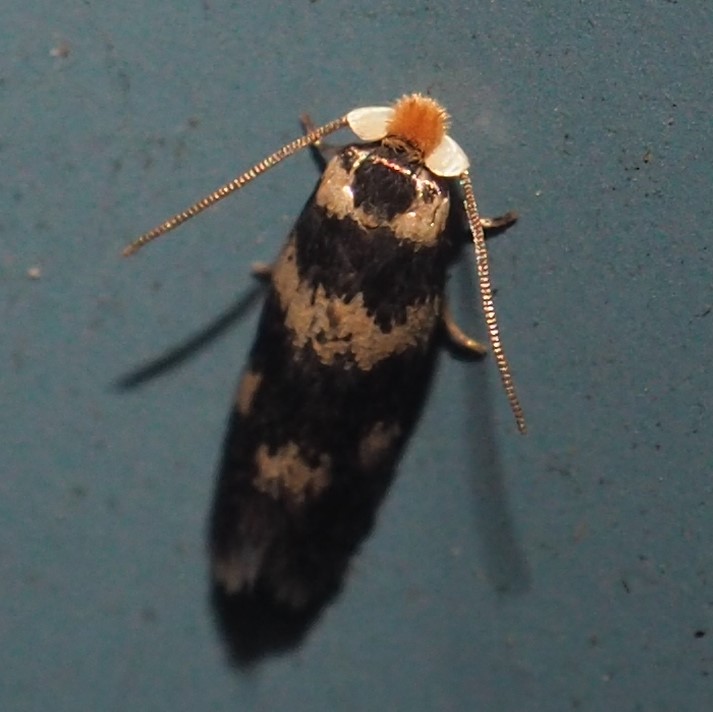

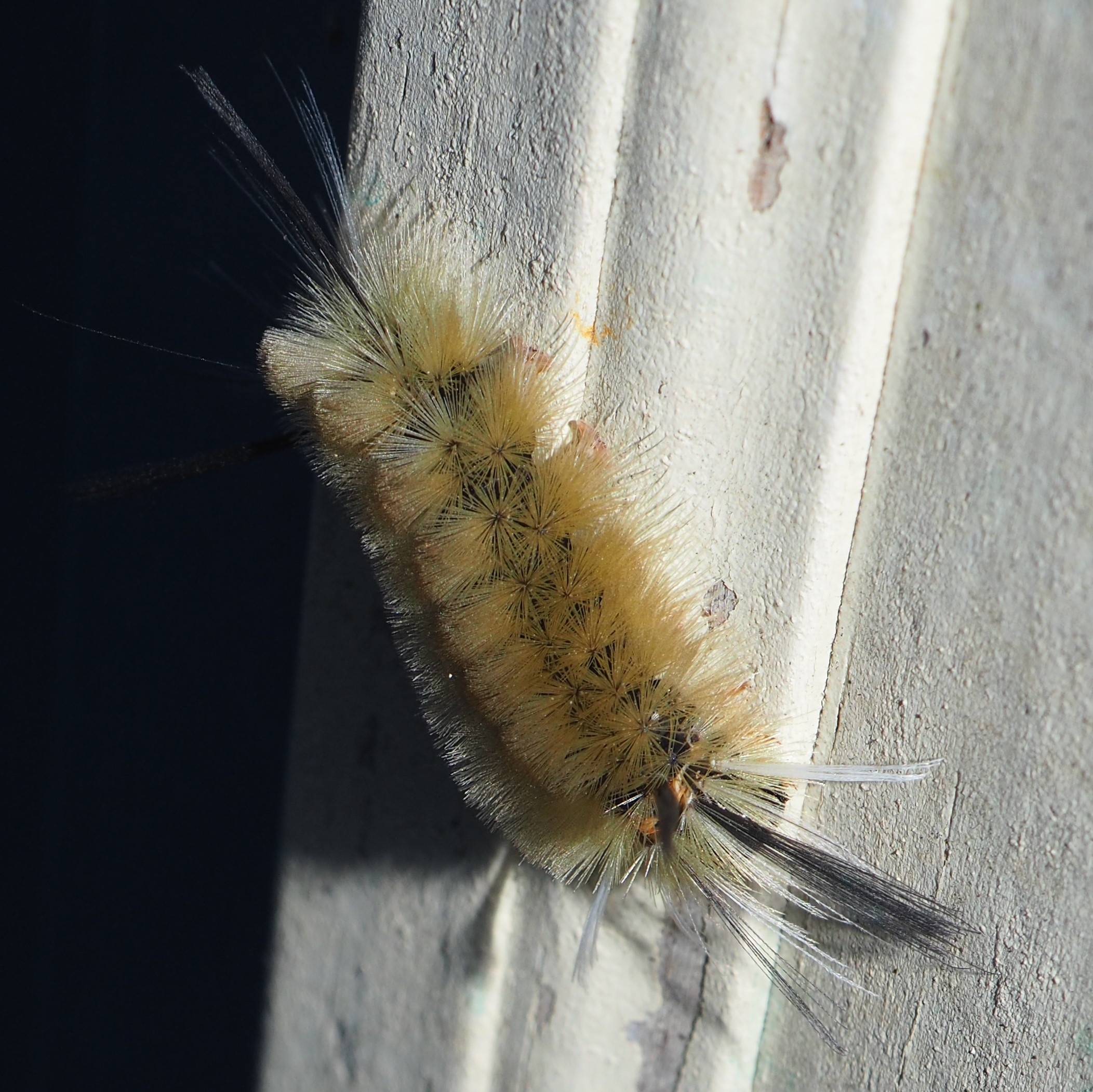
Let's see what we can find in the way of flowers. First a yellow Water Lily, then a pink one. Finally another pinkish Water Lily.
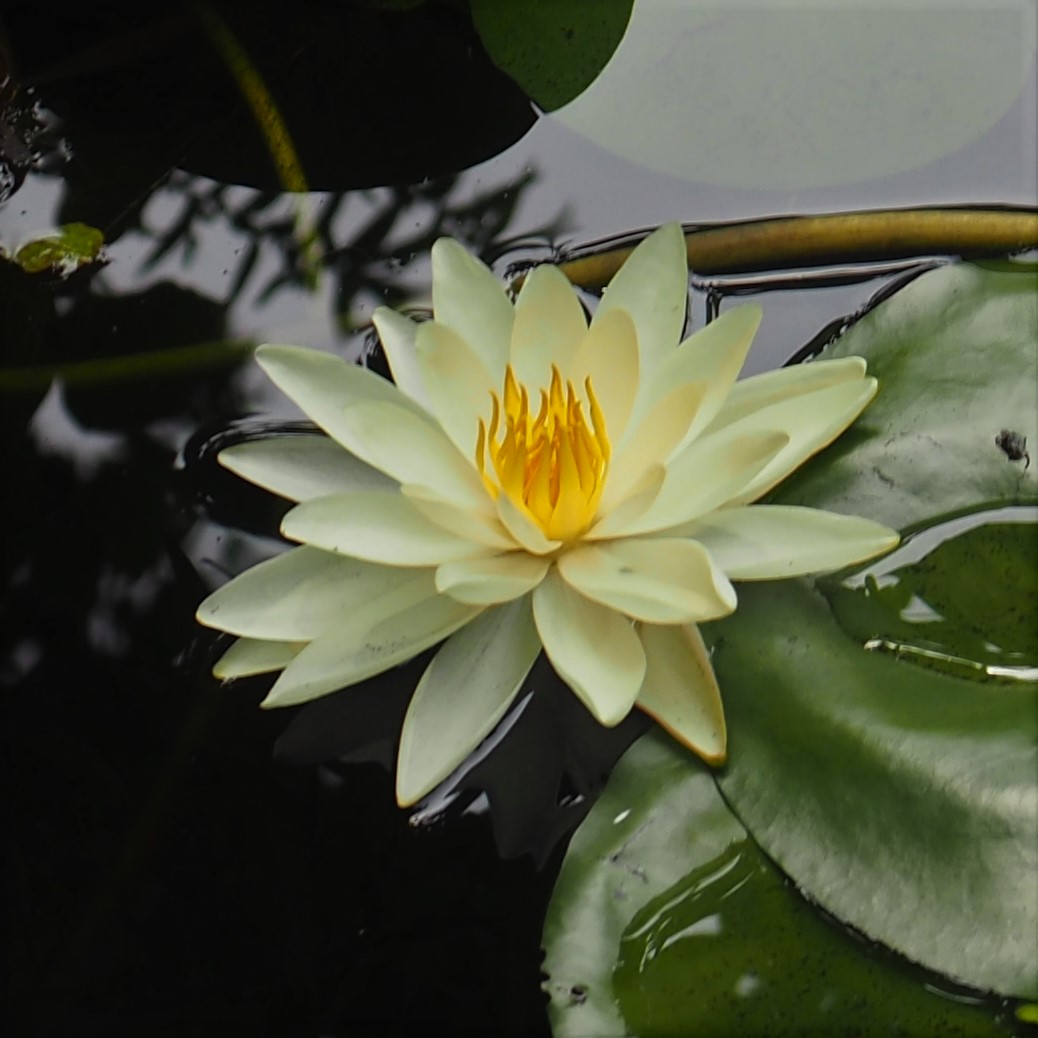
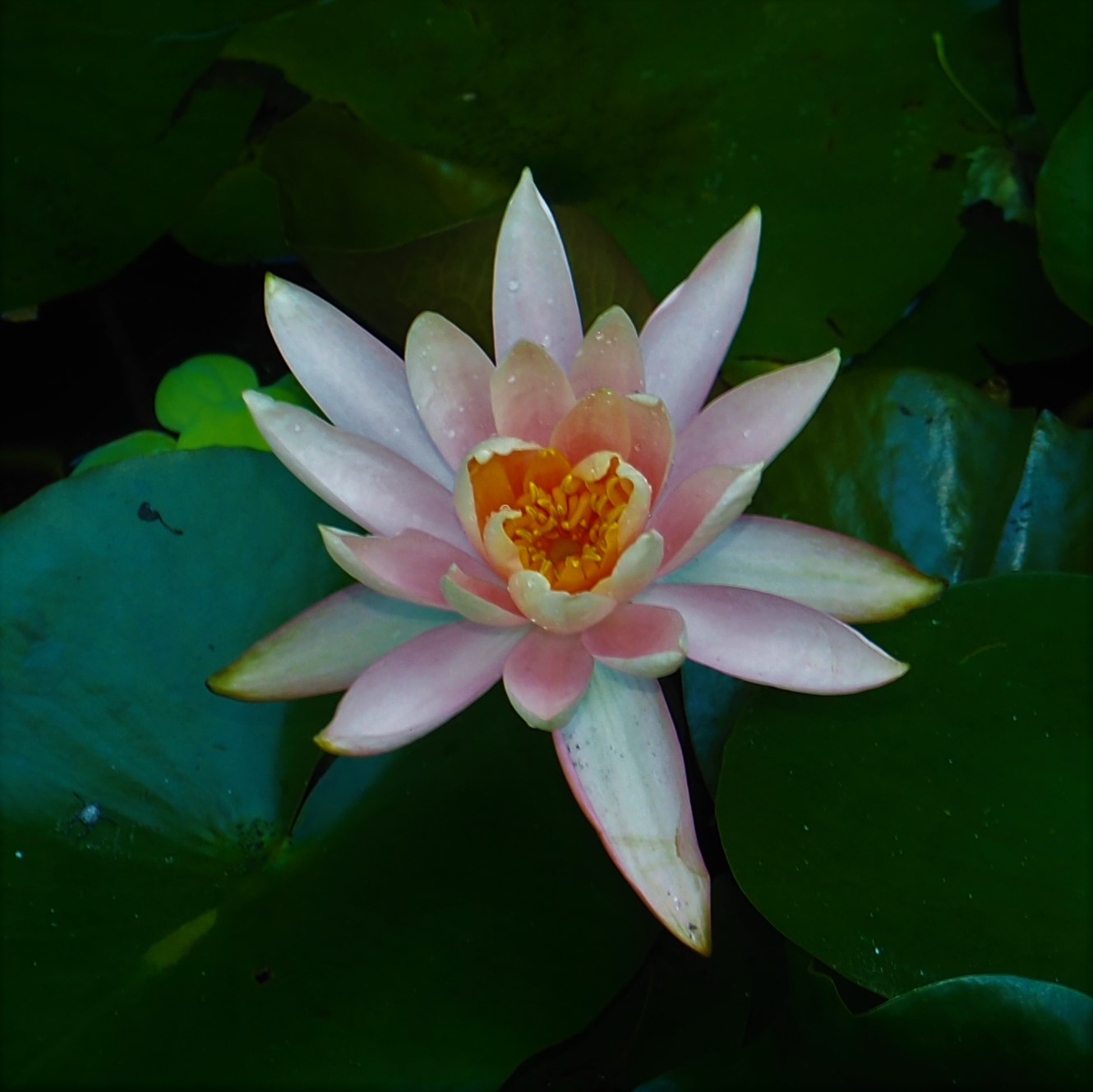

The Arum seems to be finished with the red seed clusters. Next, the miniature Astilbe from Betty Beese. And last, the Phlox that I got at Horrocks.
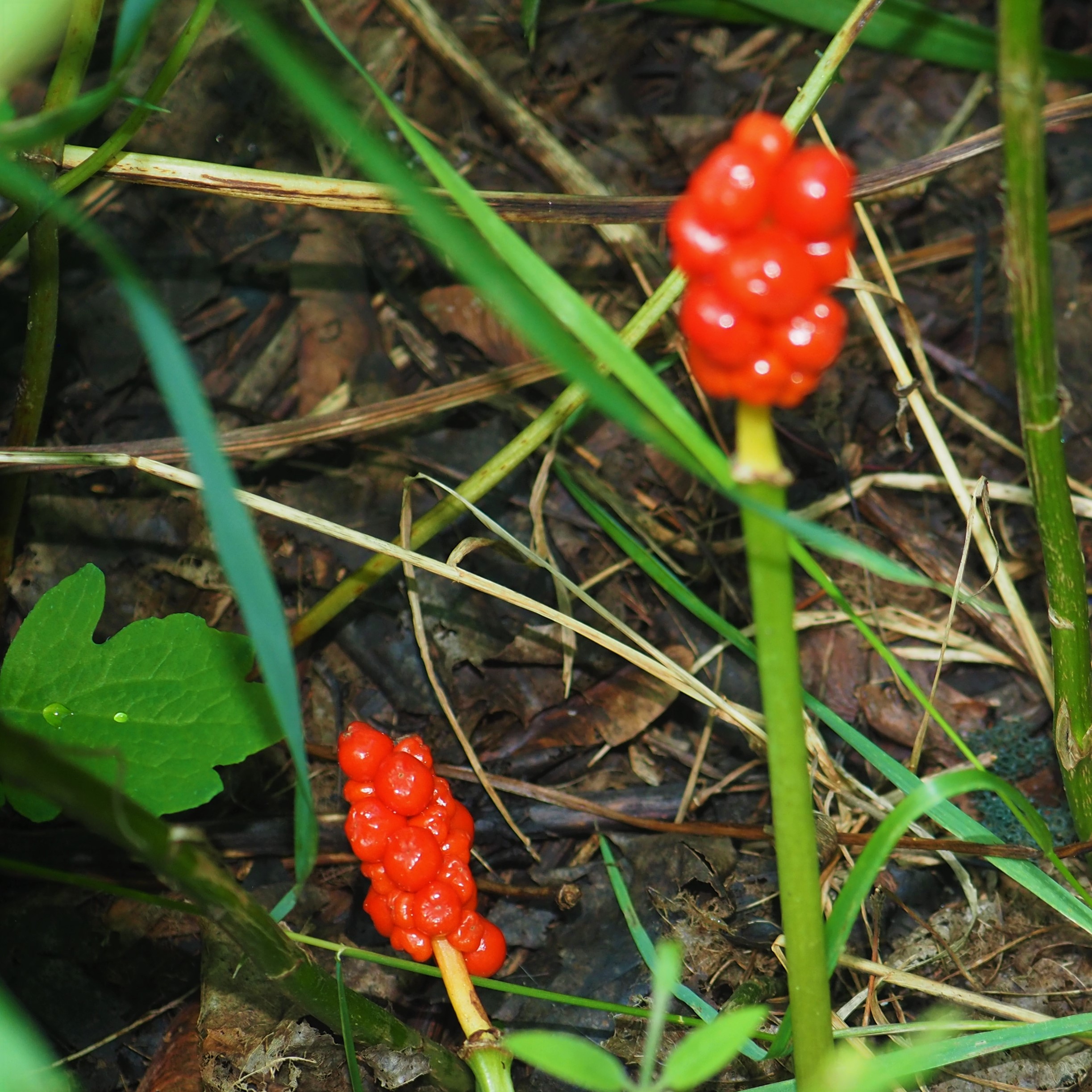
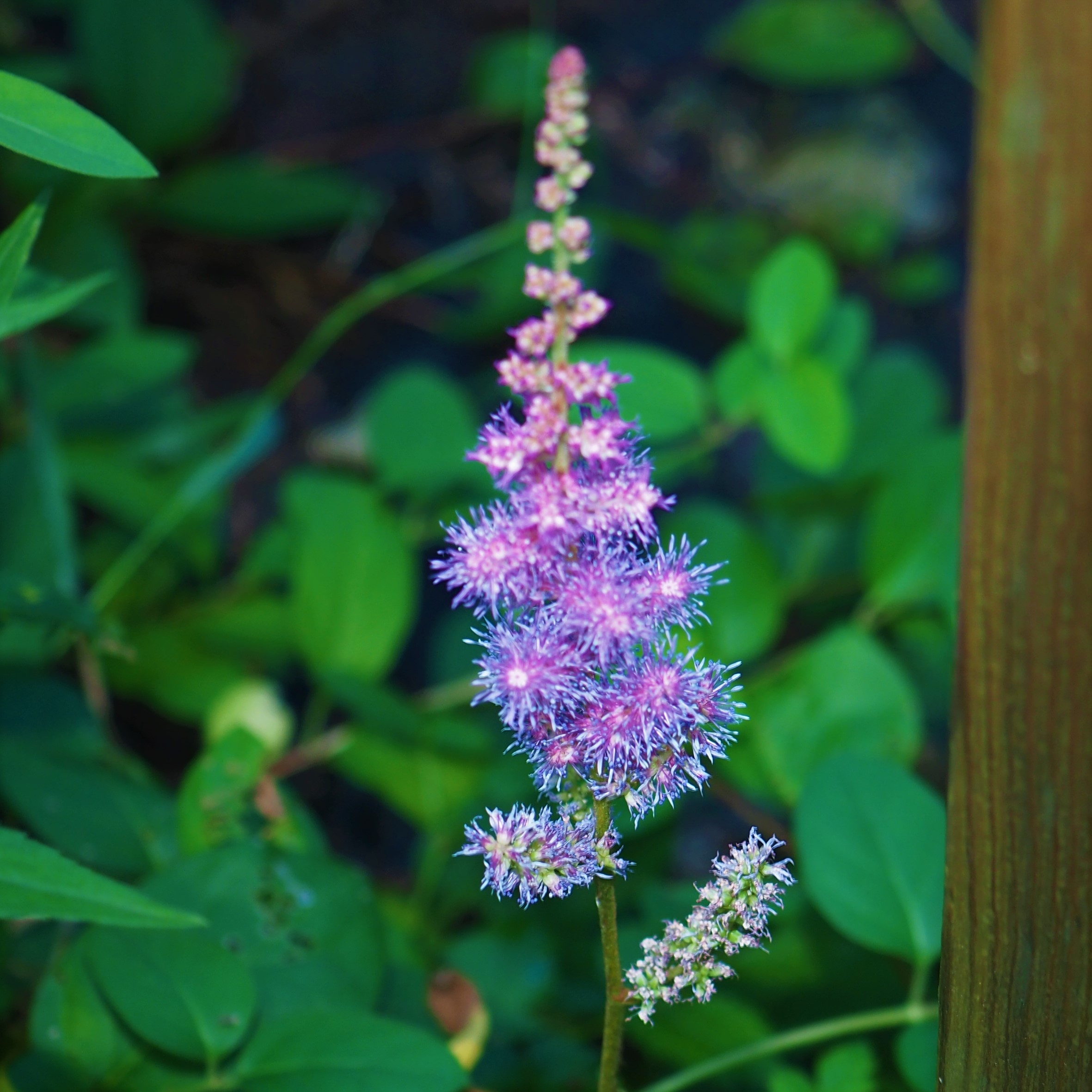

This is the wildish Fall Phlox. Second, the Slender Yellow Oxalis. Third, the large yellowish-green Hosta's purplish-white flowers.
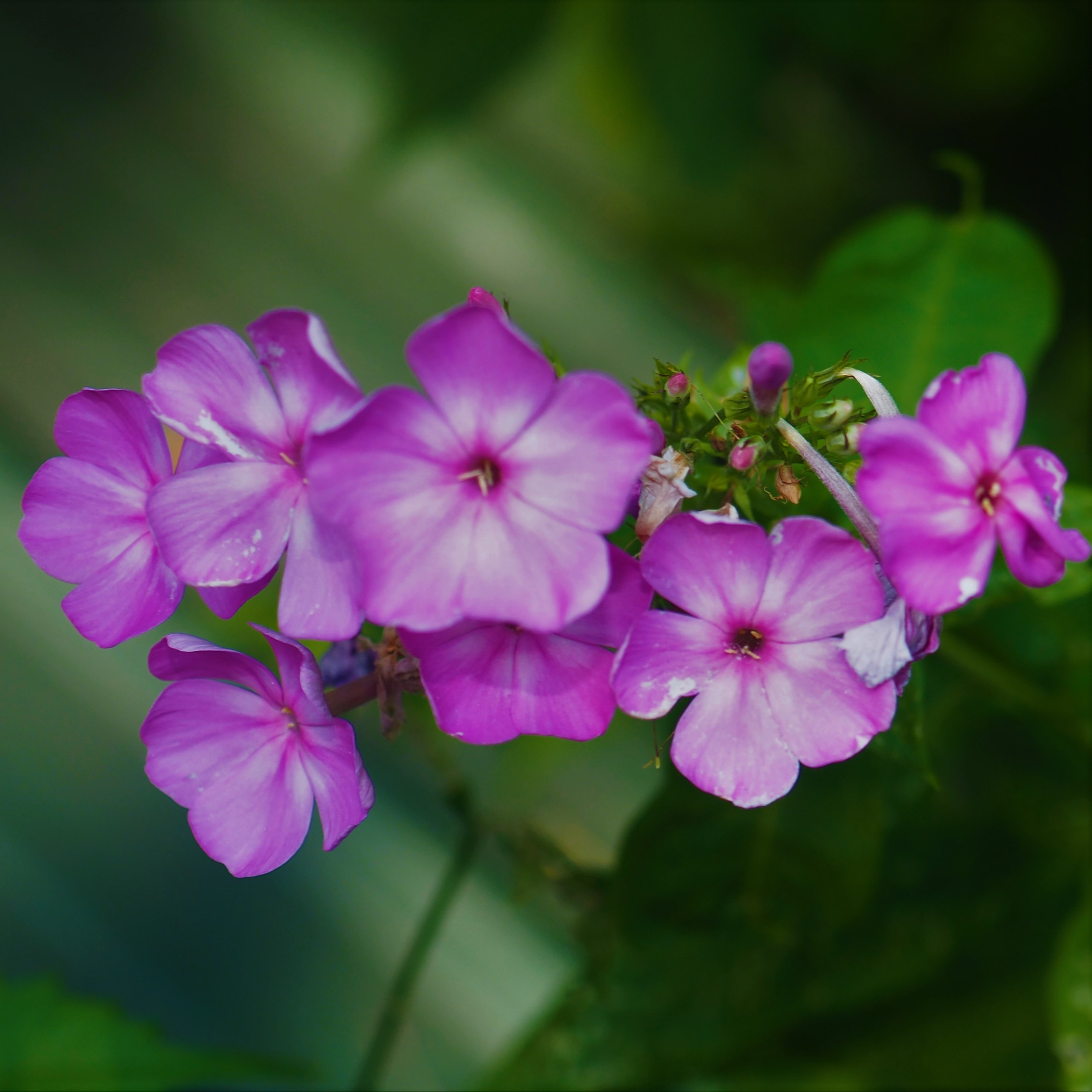
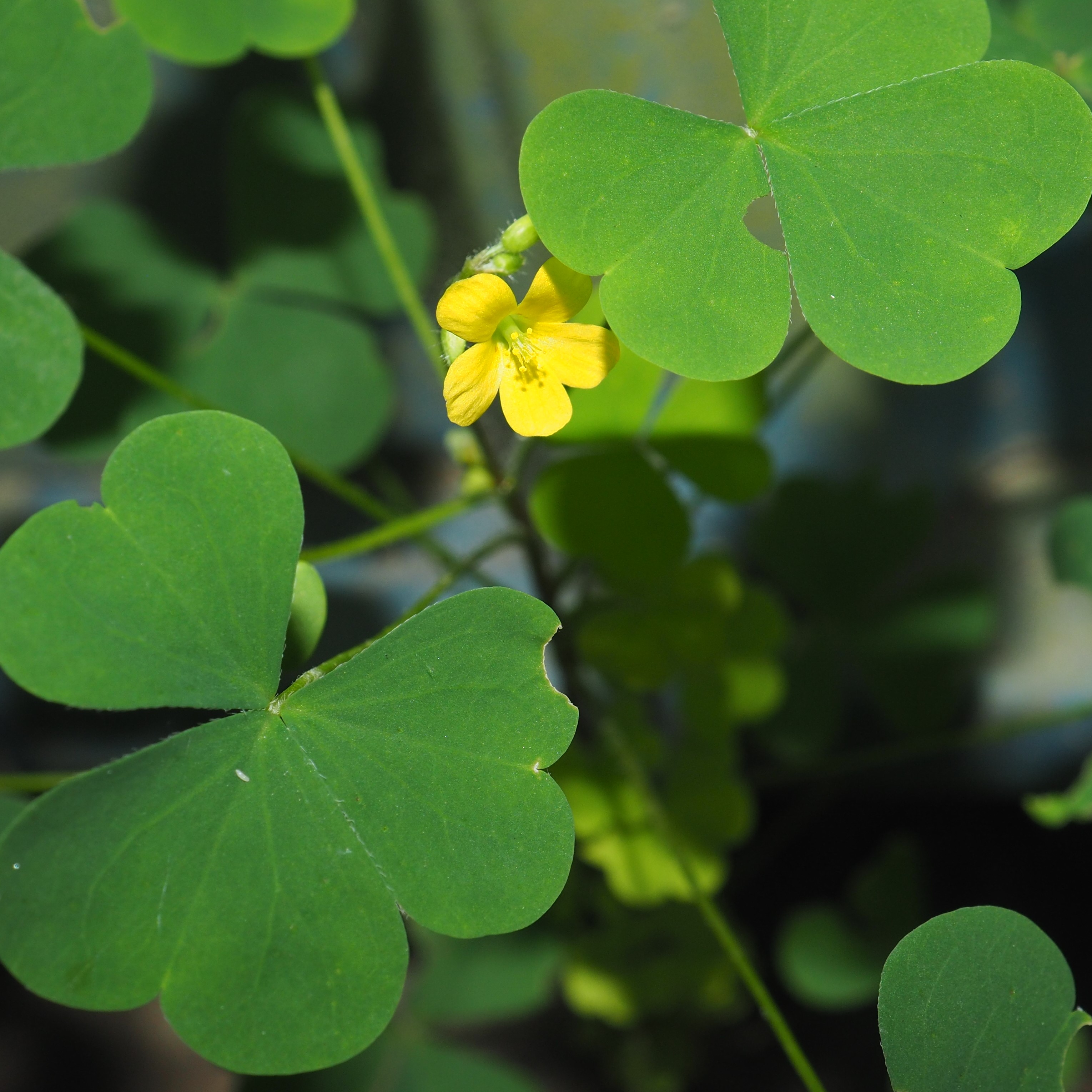
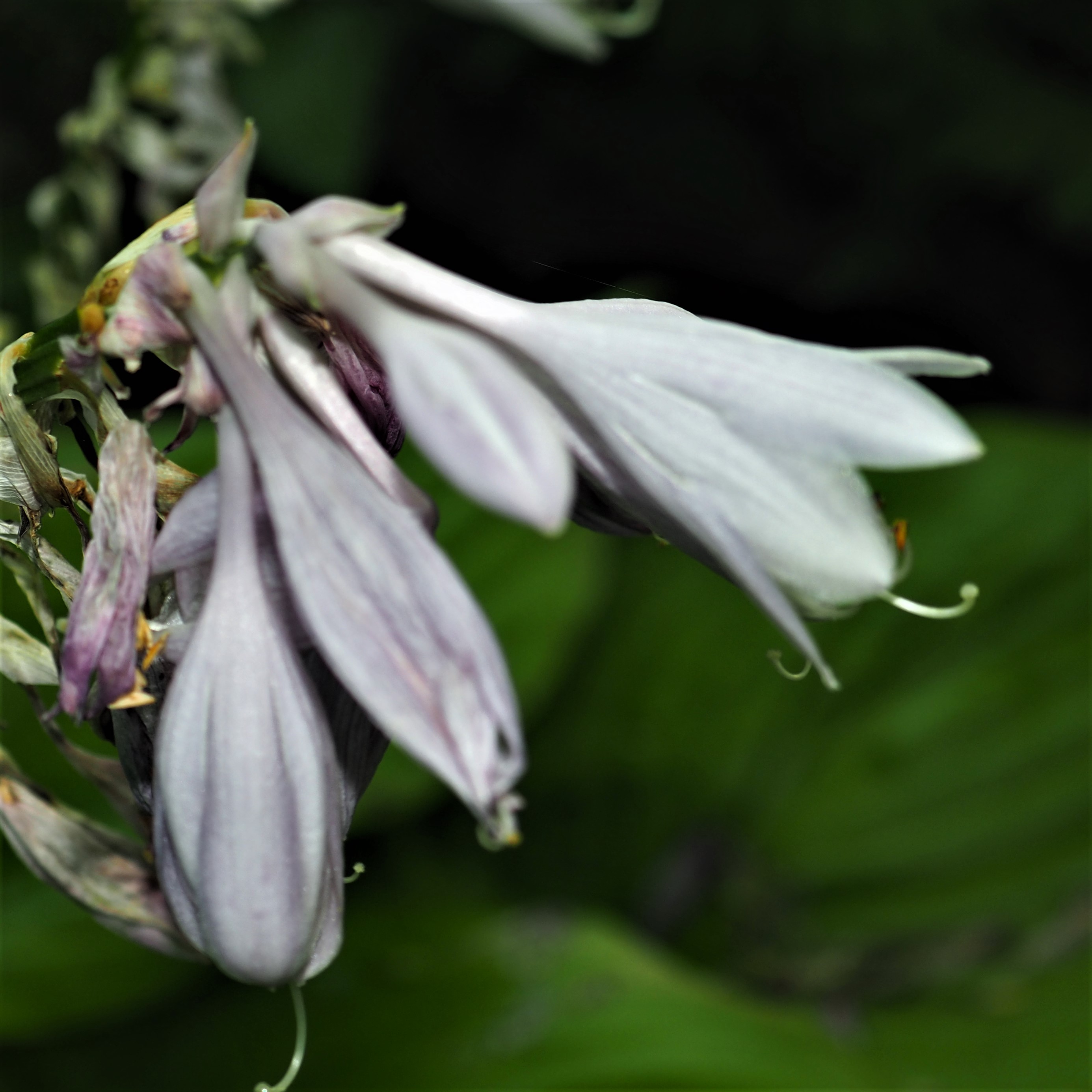
Before we do the leadup to the Spiders, here is a Jumping Bush Cricket.
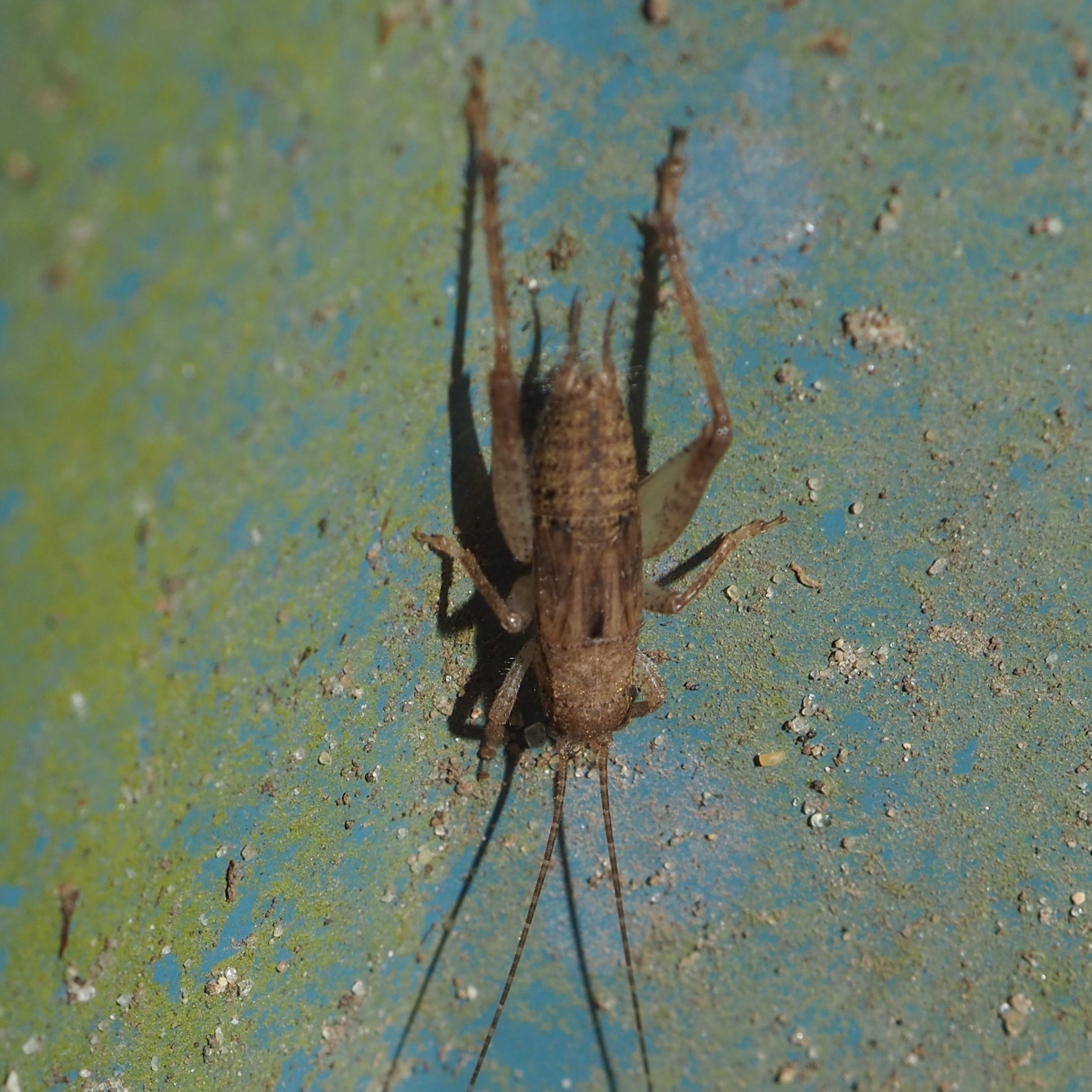


There are more Scorpionflies than I recall in other years.
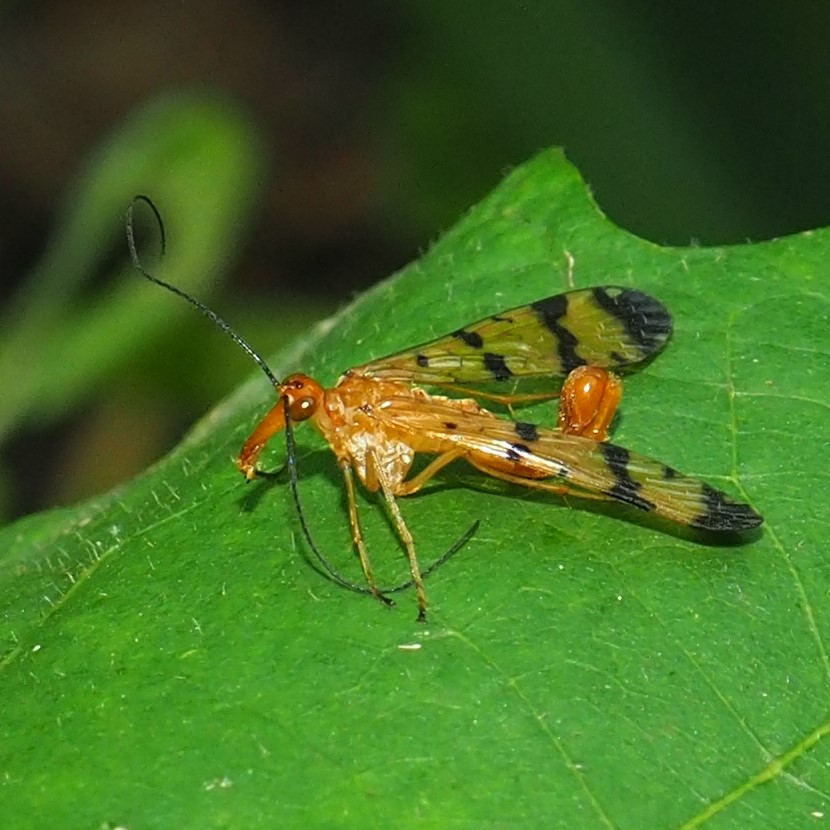
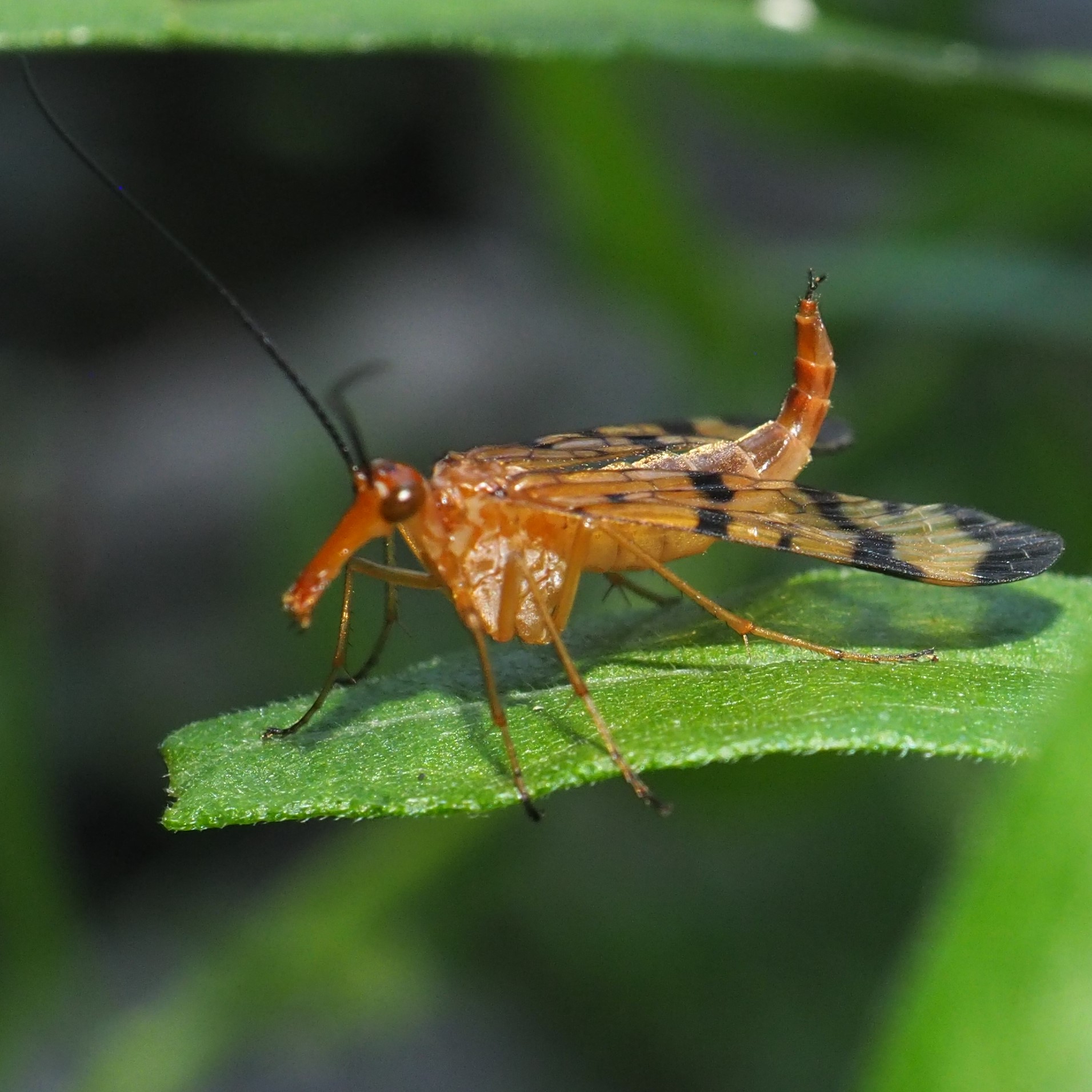
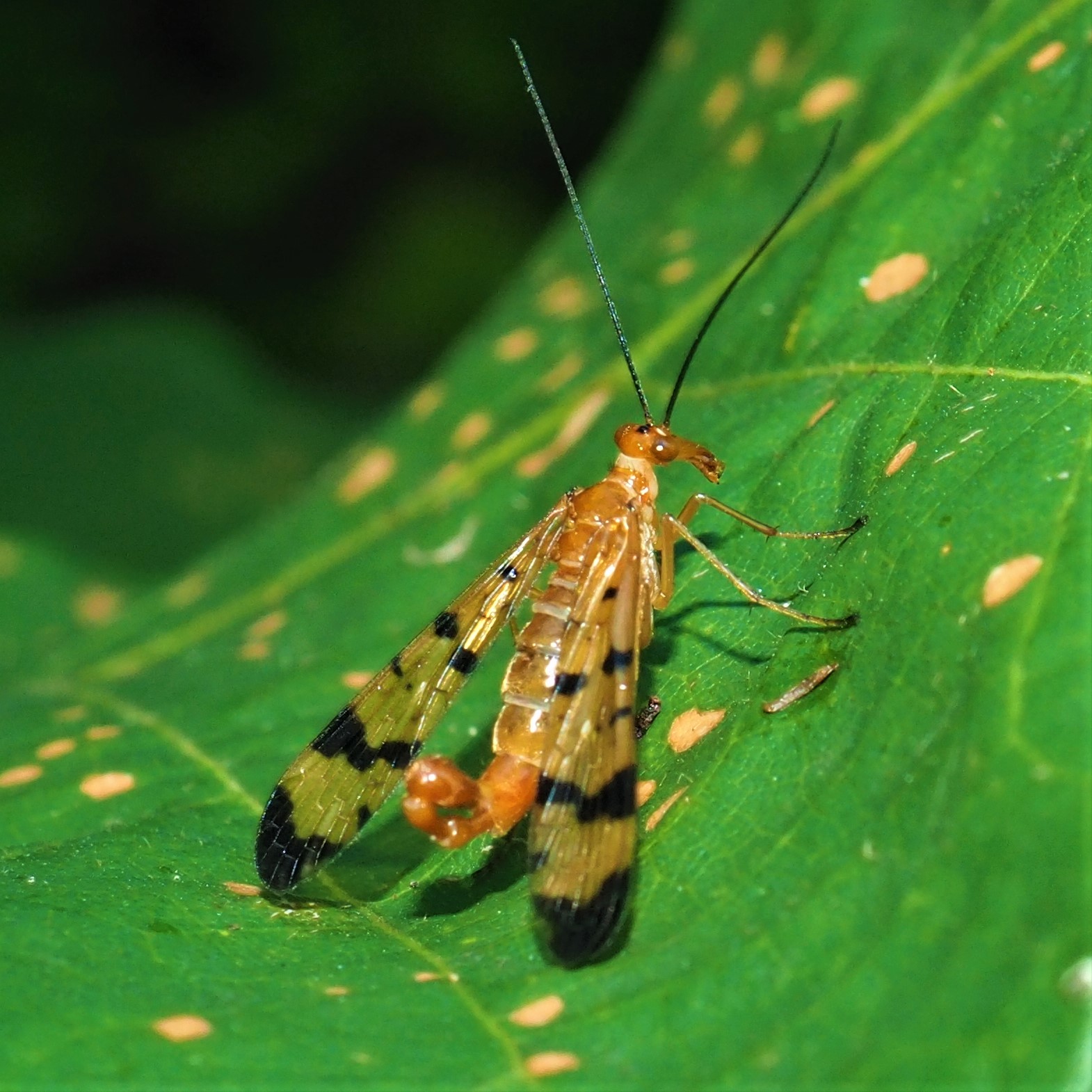
We're seeing the Harvestmen now because of their relation to the Spiders.
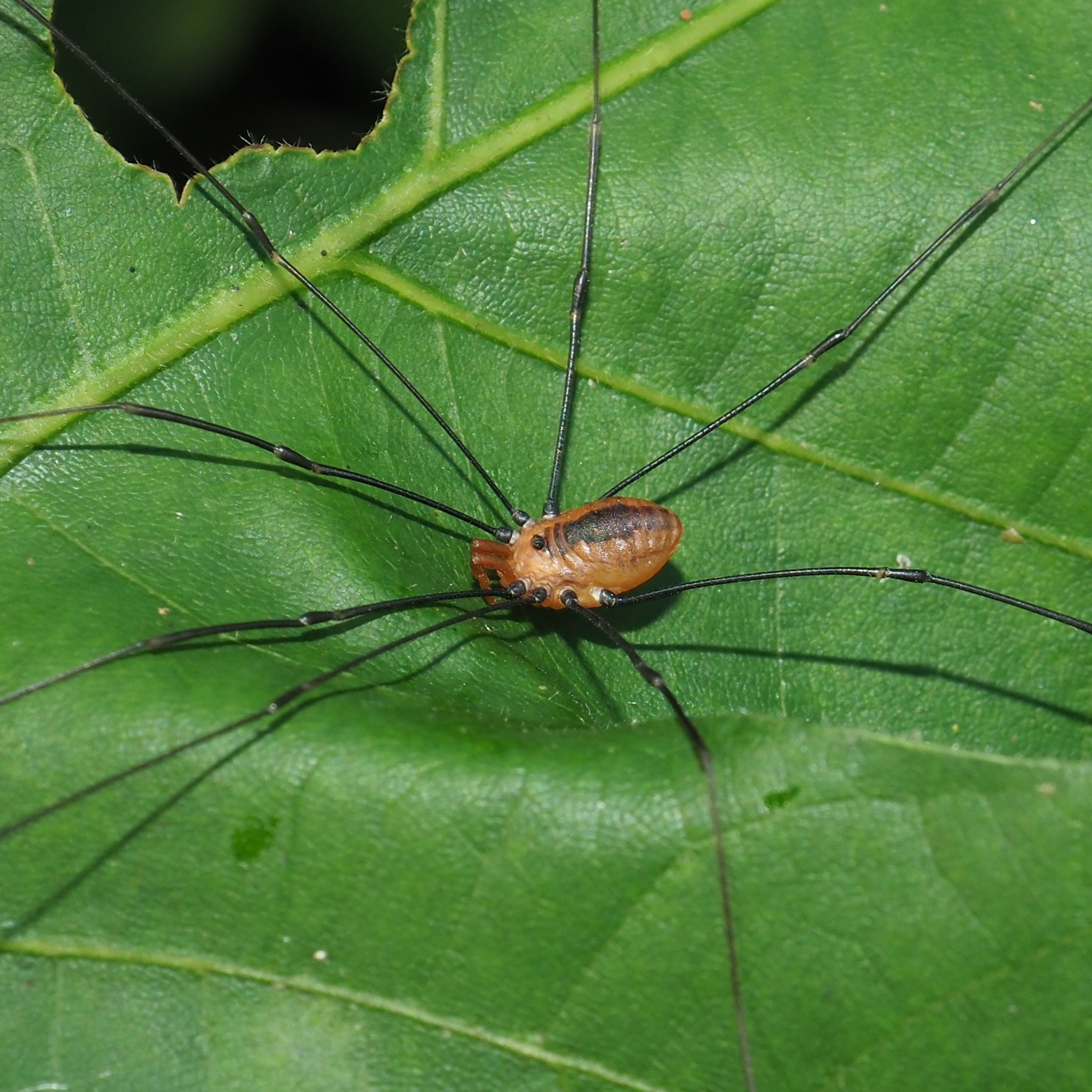
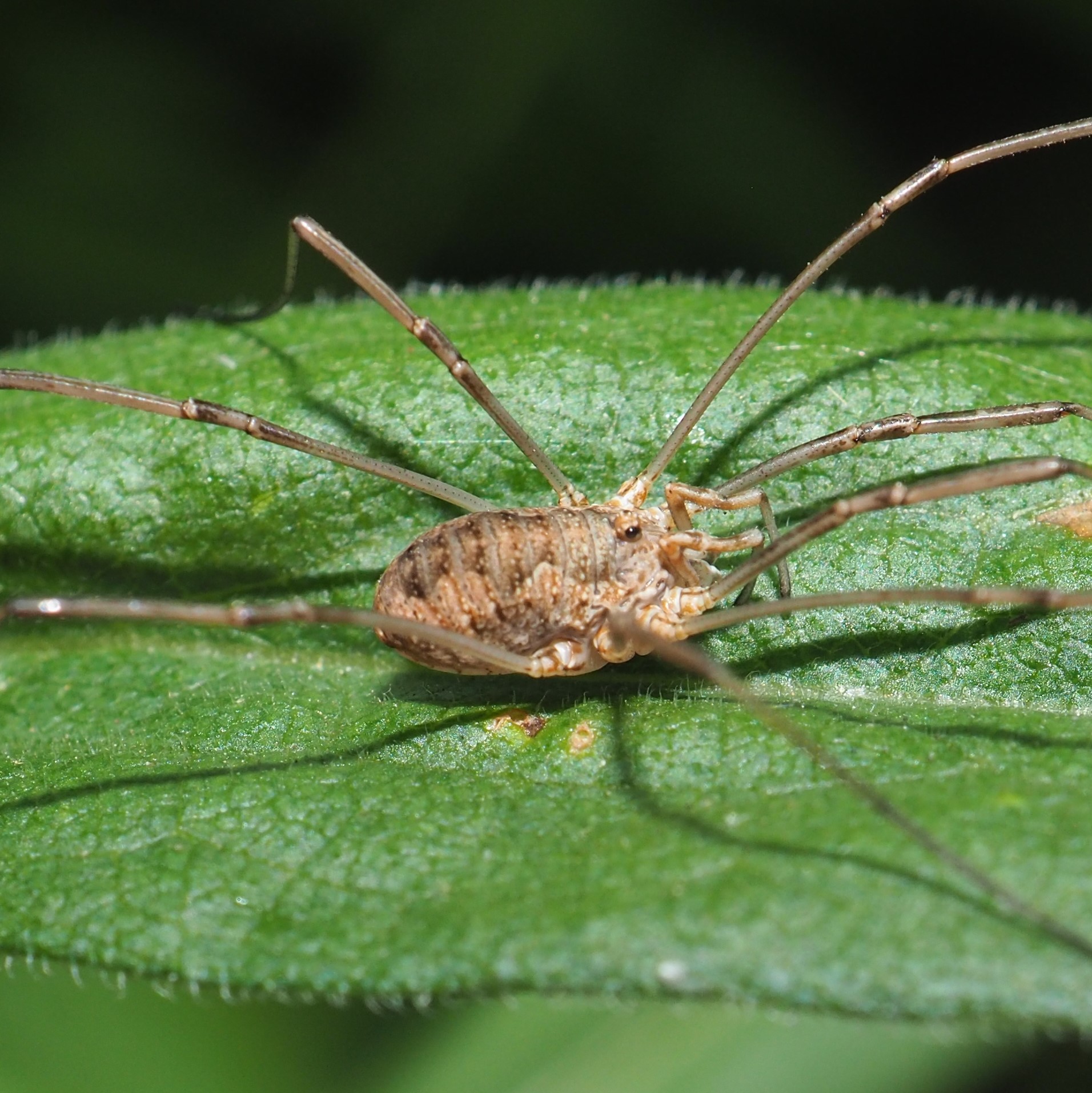
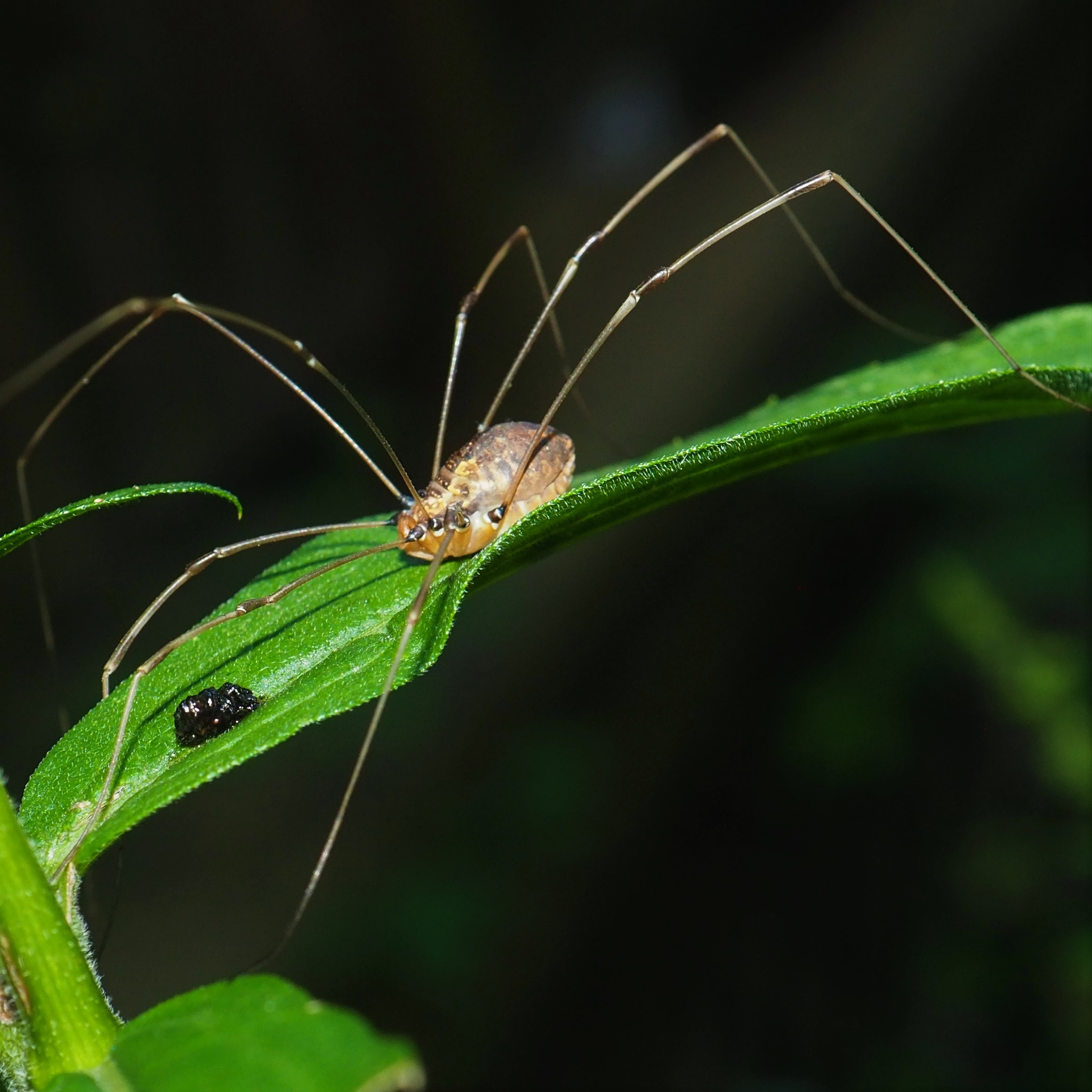
And now for the Spiders! First, a Common House Spider has done in that Thionia bullata we saw earlier. Third, another CHS with another elaborate prey.


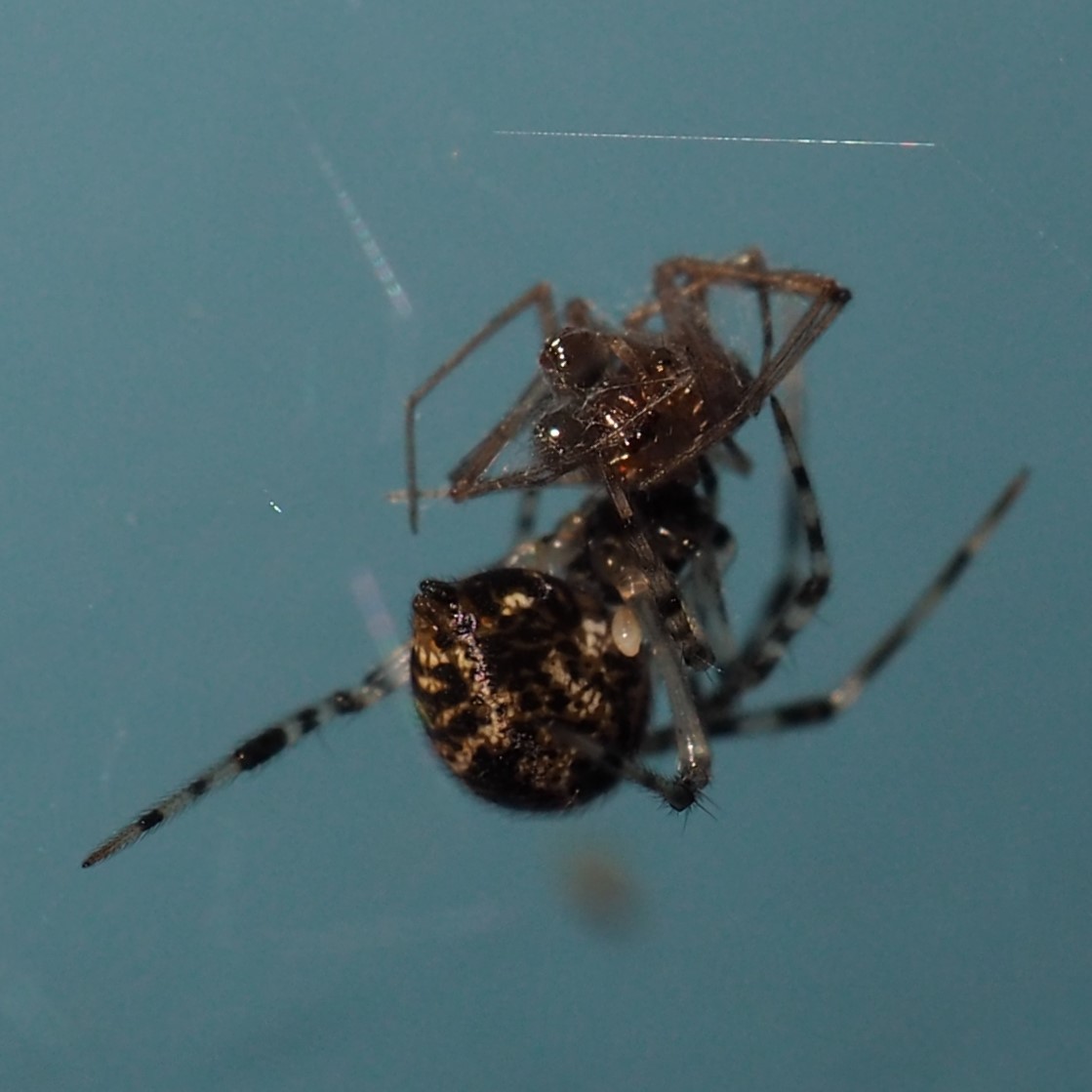
A few Cobweb Spiders.
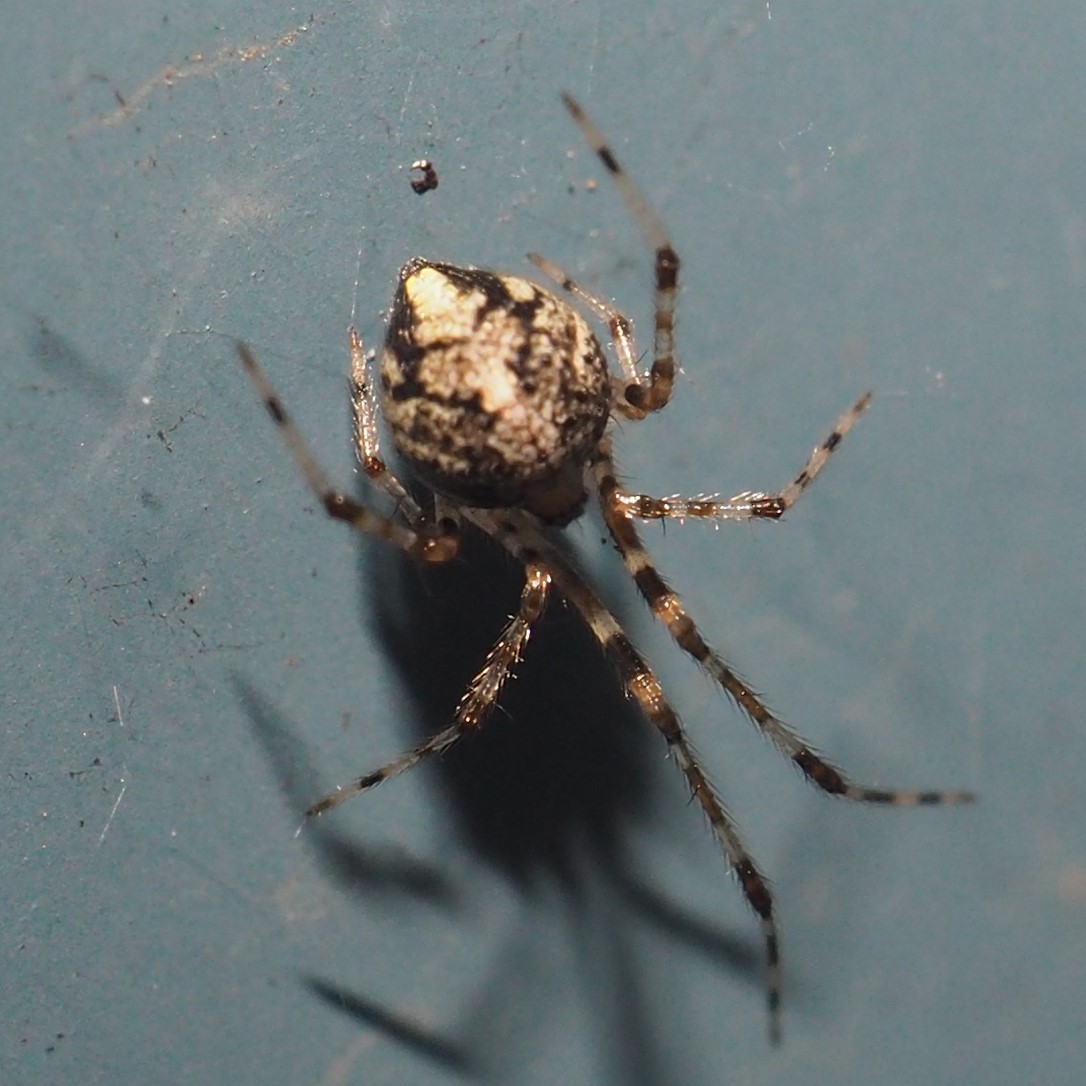
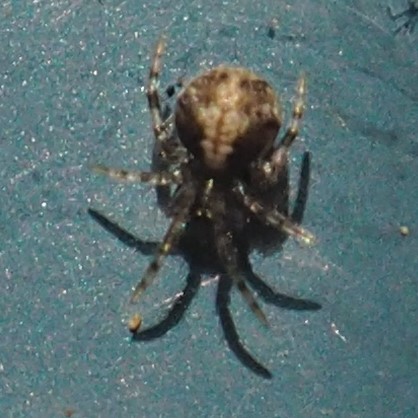

First off was a big mistake for me earlier this week. I obviously didn't see that the spider here had four legs, at least on one side, and called it a Barklouse. It's actually a Ghost Spider. So is picture 2. Picture 3 may show one also.
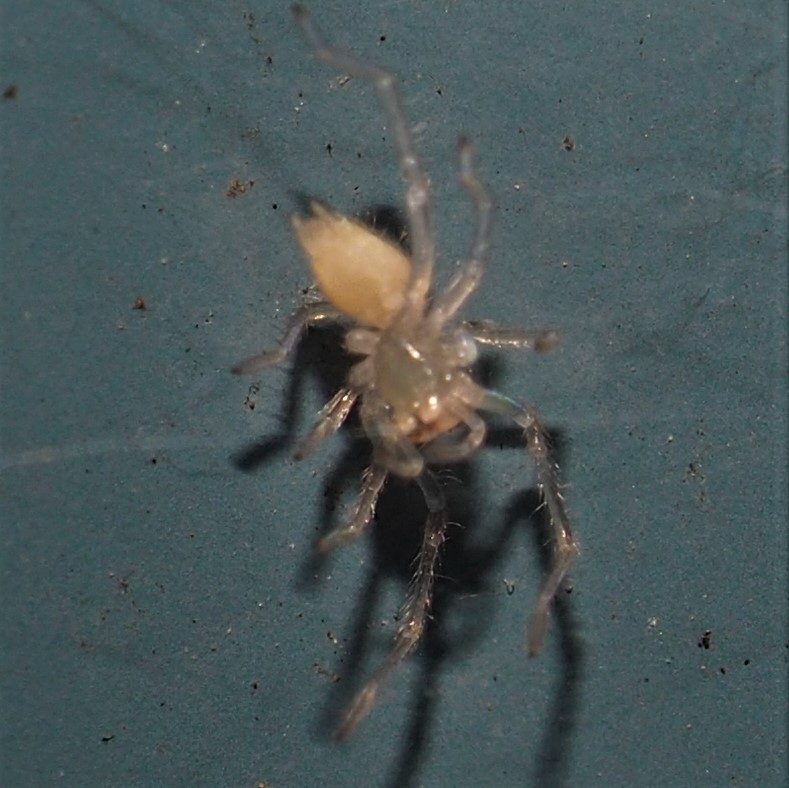
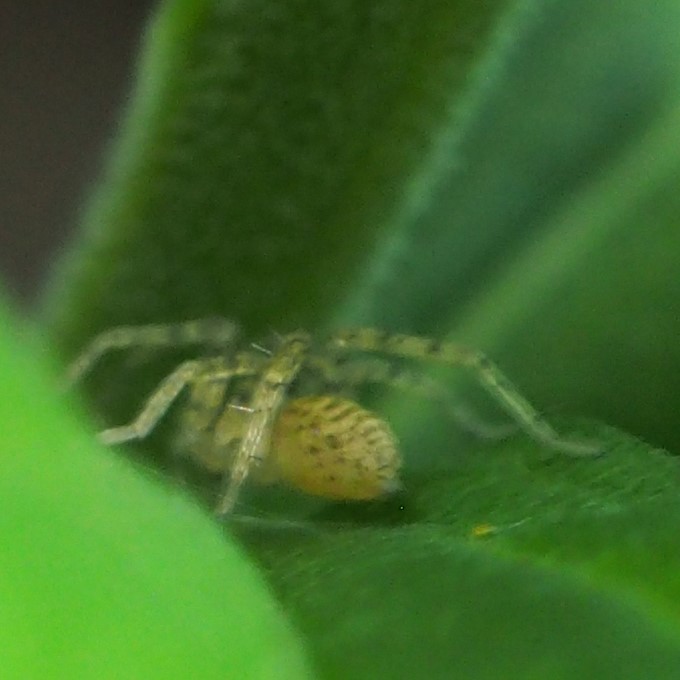
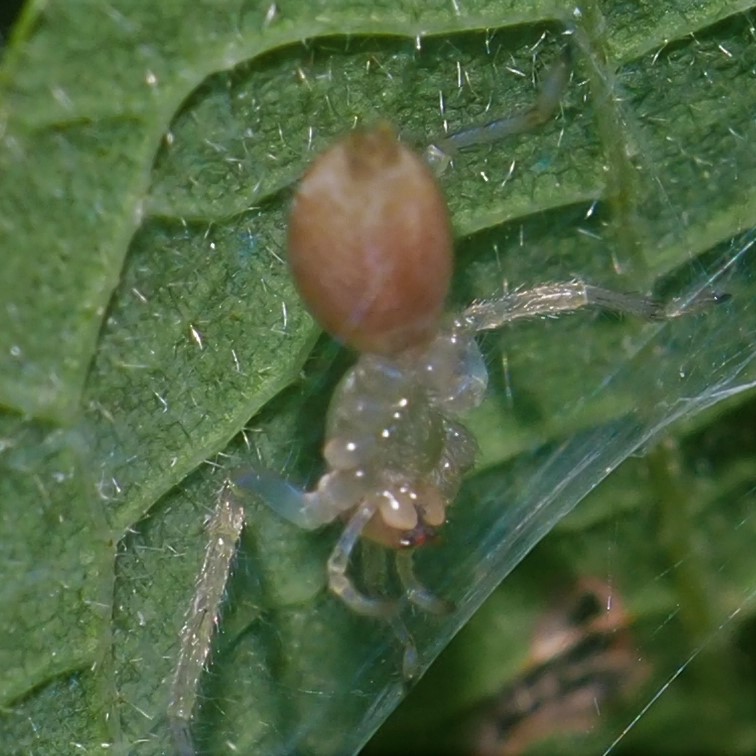
Pictures 1 and 2 show a TINY spider from August 9th that somehow reminded me of Naphrys pulex. It is obviously a juvenile spider. But only a few days later (August 15th) this REAL N. pulex showed up at about the same place!
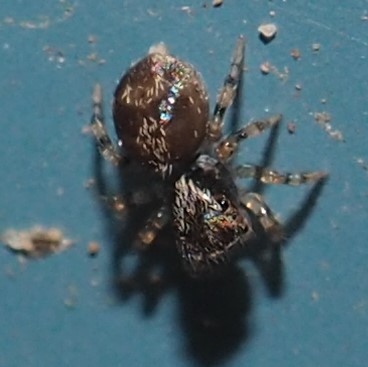
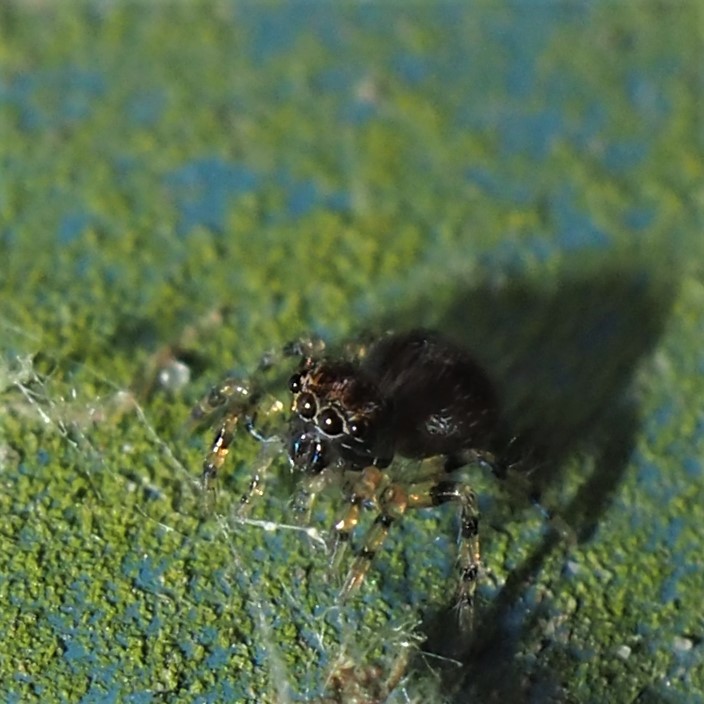
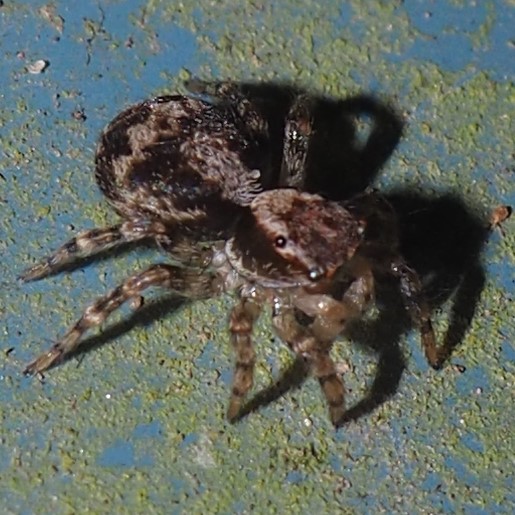
Here are some Mystery Spiders. Oh! My friend Rebecca Ray of iNat just ID'ed the third one as another kind of Ghost Spider!


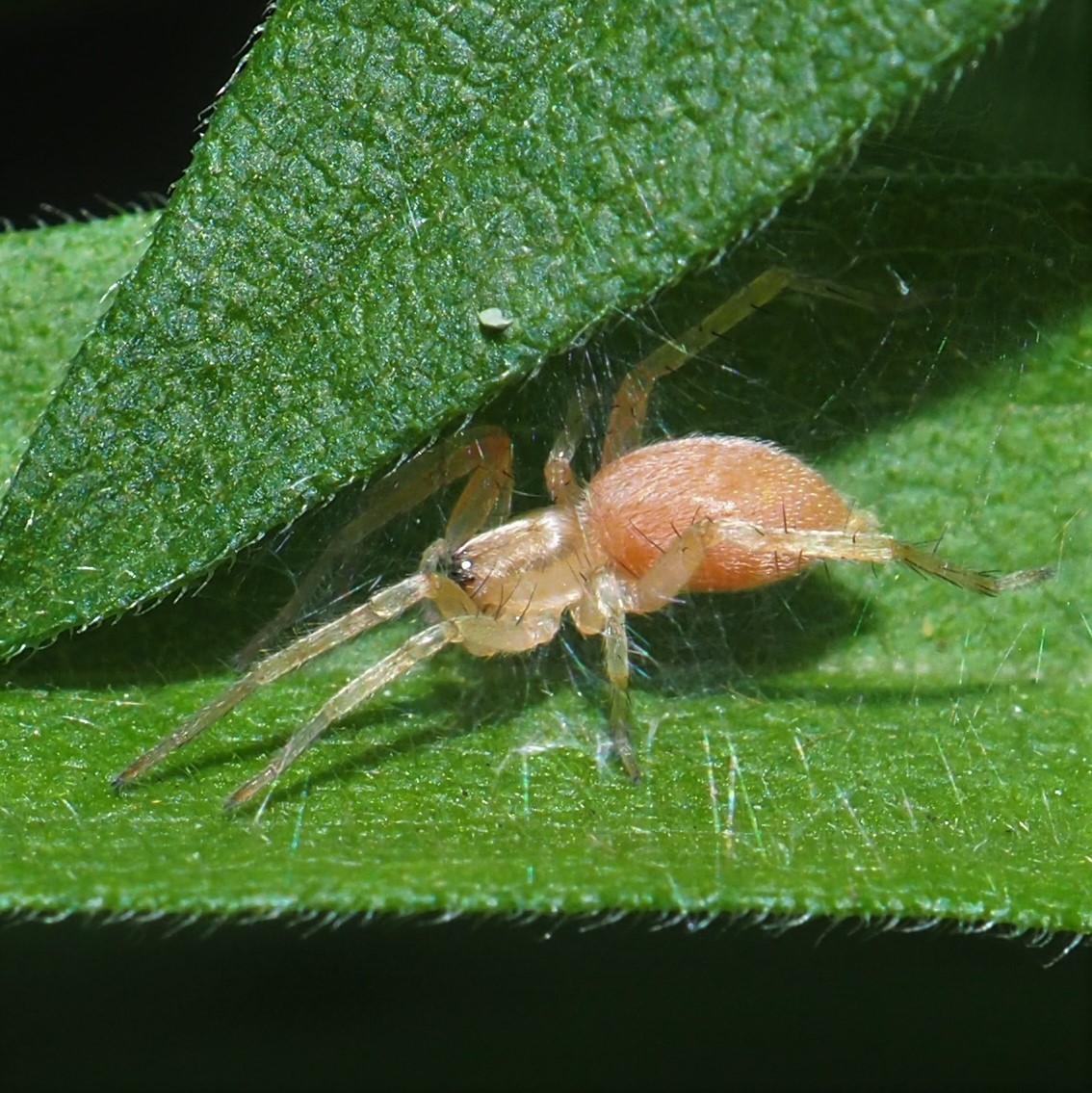
Here are a couple of the American Toad Toadlets. They are gradually growing their legs and climbing out of the pond onto dry land. The tadpoles are gradually thinning out. I don't know how they do it, but the Toadlets have been coming out of the pond for about a month, a few a day. I wonder how they like it, having to hop through the Fox Urine granules.
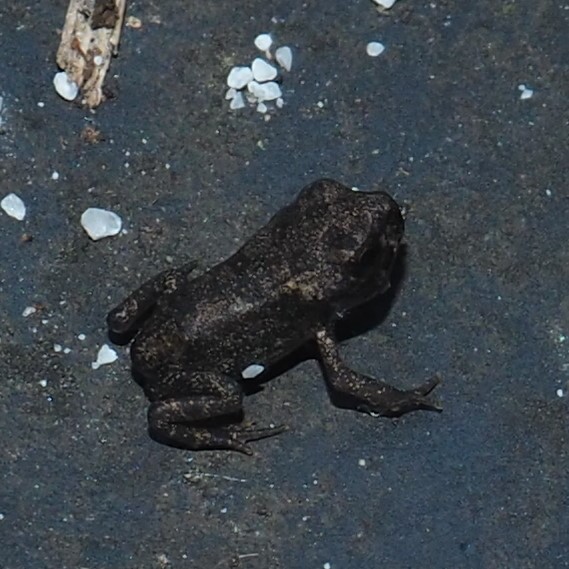
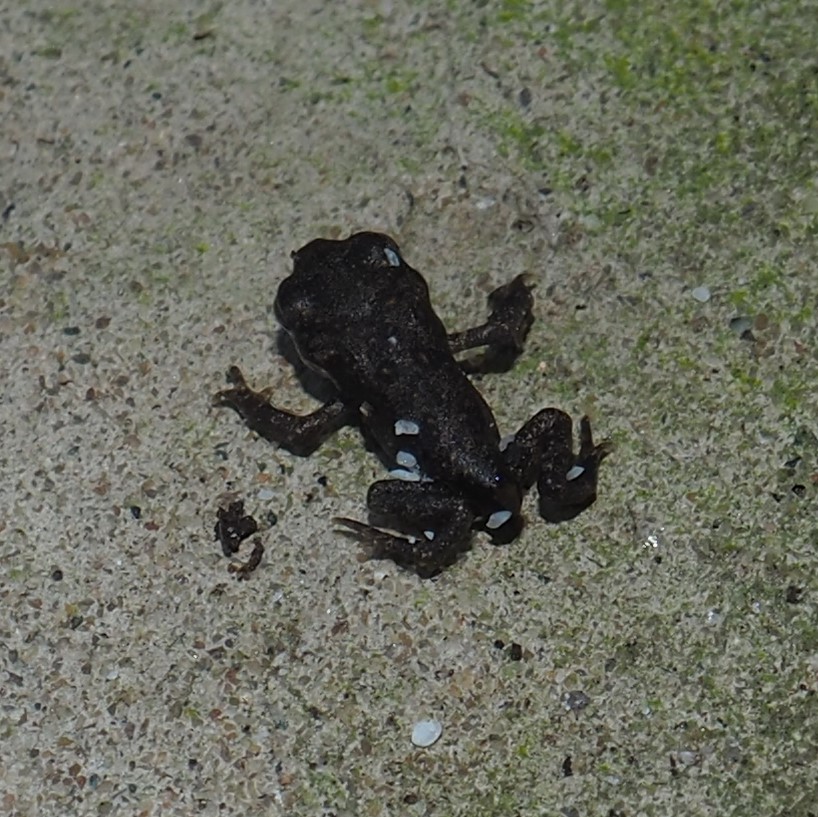
We finish off the Spiders with some Cellar Spiders, genus Pholcus.
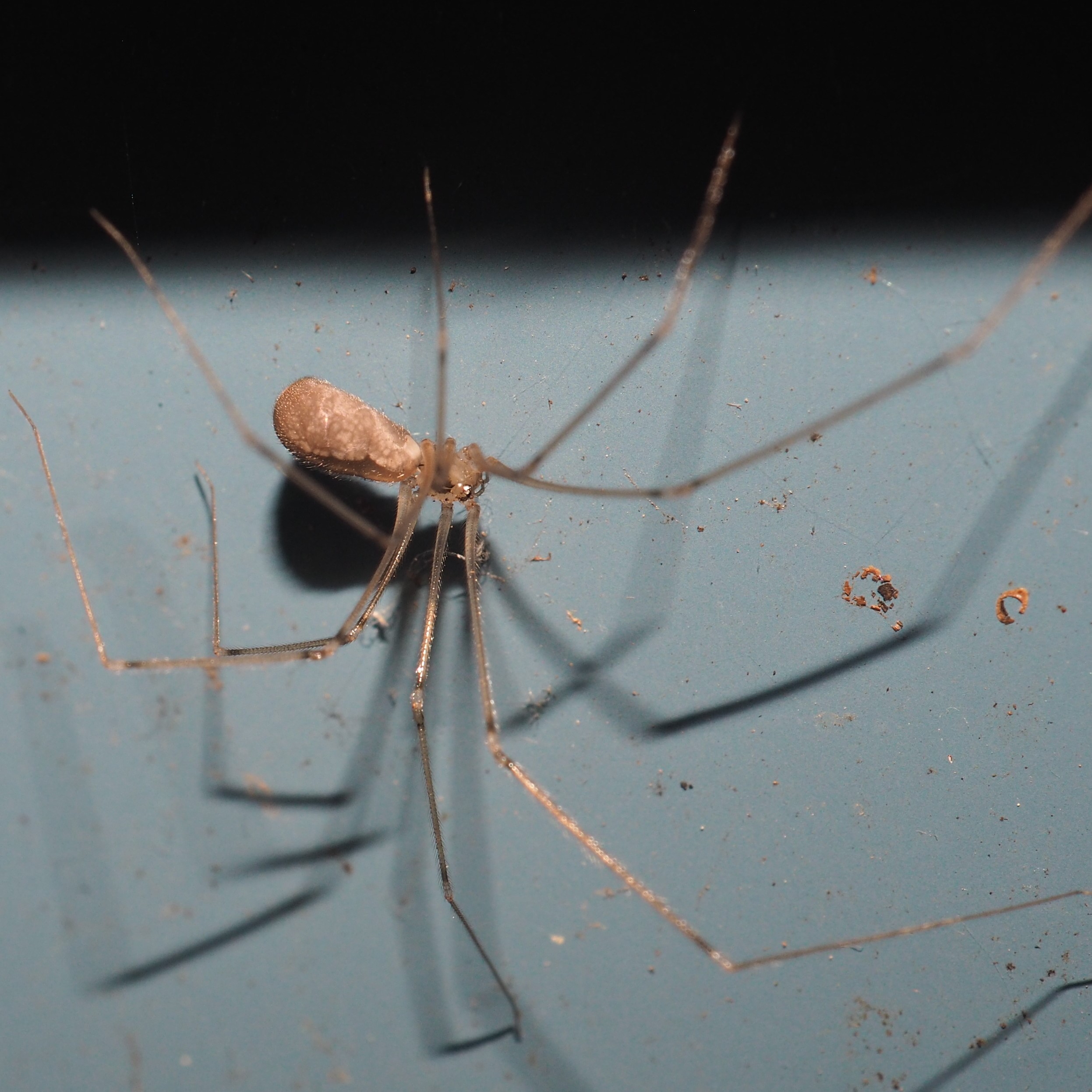
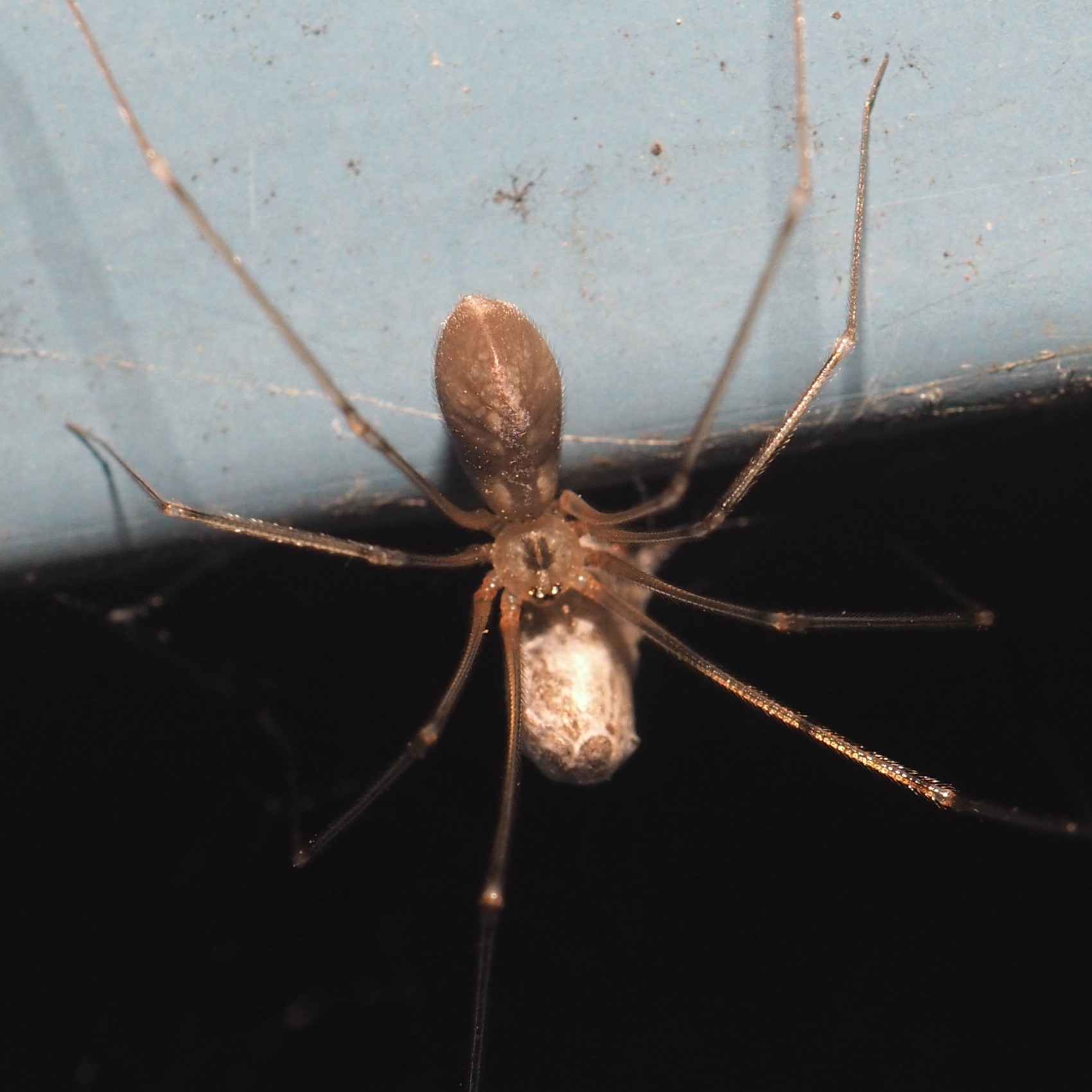
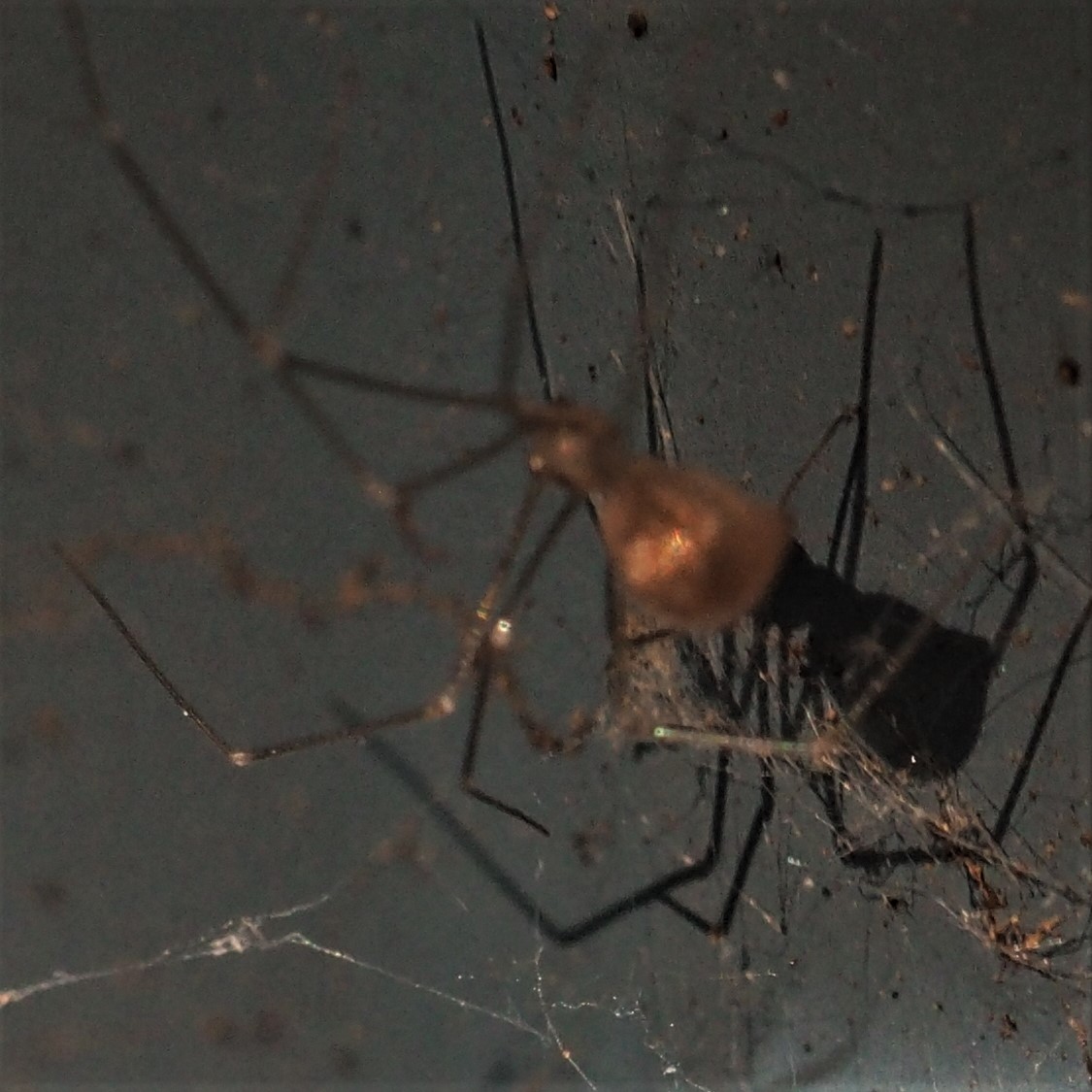
The Wasps! They are so lovely. One reason I wait so patiently for the Goldenrod to begin blooming is that it will attract a whole nuther class of visitors: many kinds of Wasps, Ambush Bugs, and quite a few other things that I don't see until this big event. But this week I saw the Encyrtid Wasp of genus Microterys a couple of times - a repeater from last week.
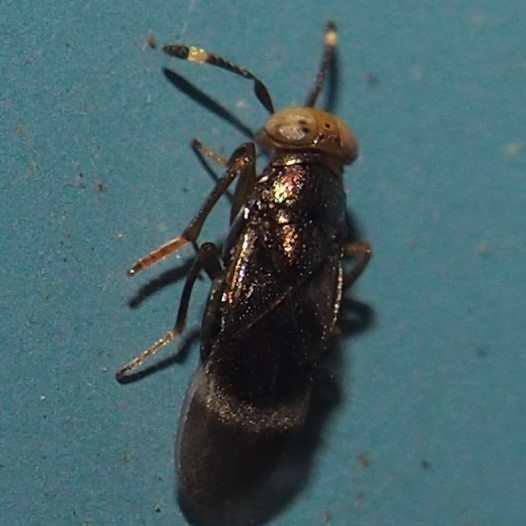
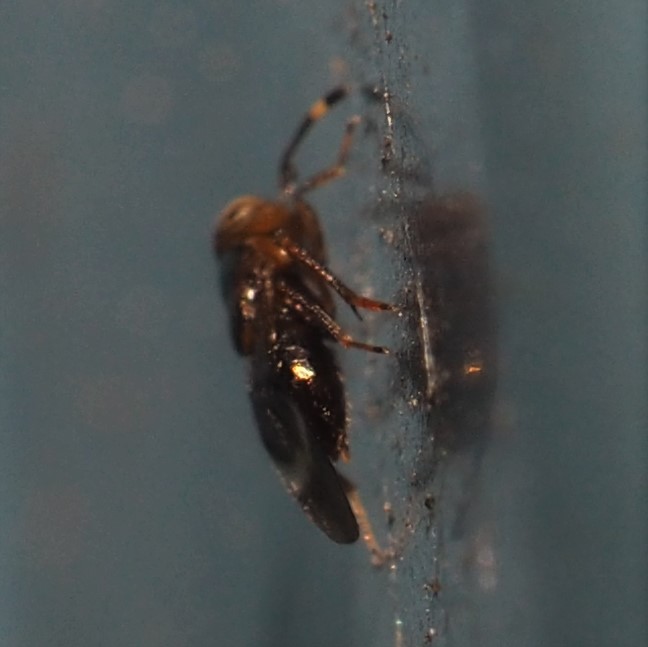
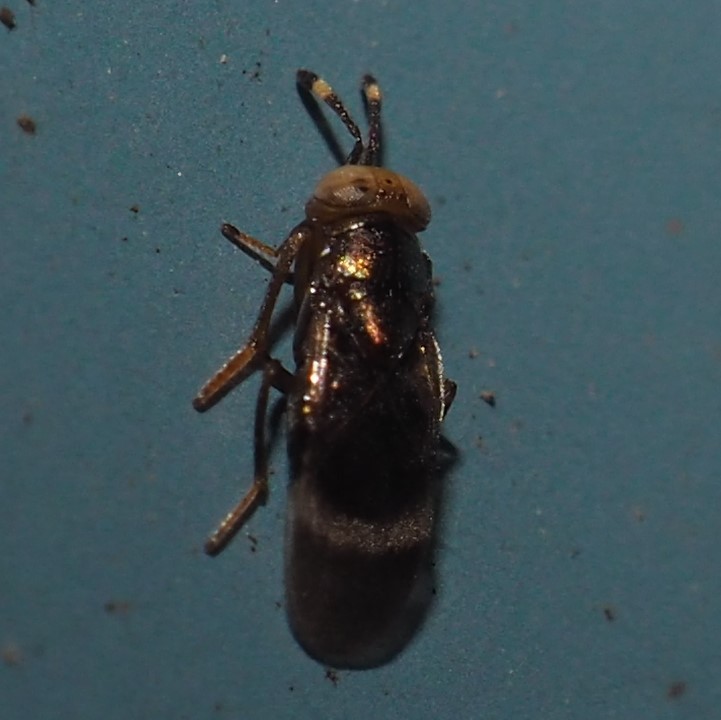
I see the European Paper Wasps every day but they are always dropping in at the pond to gather water to mix with the pulp they get by scraping old dried plant stems, thus making the paper to add cells to their nests. So I have to wait until one day when one rests on a plant long enough for me to focus on it. Oh, wait. This is not the ones that gather pulp or water. This one is a Male! To check on this, count the segments in the abdomen. I got seven! If this were a female/worker, it would only have six segments. I was sort of fooled because the antennae of females are straight-ish, while the males' antennae are often curled at the ends - and this one's aren't curved very much. A third thing to check is if the face contains a big yellow circle, and this one's does. But it has bits added to turn the circle into a shield, another way to distinguish males from females. The most reliable way to tell the difference is to count the segments! So if Romeo is hanging around, it must mean it's almost time for mating season. Or maybe mating season is all the time, but I haven't seen a male all summer. Go figure!
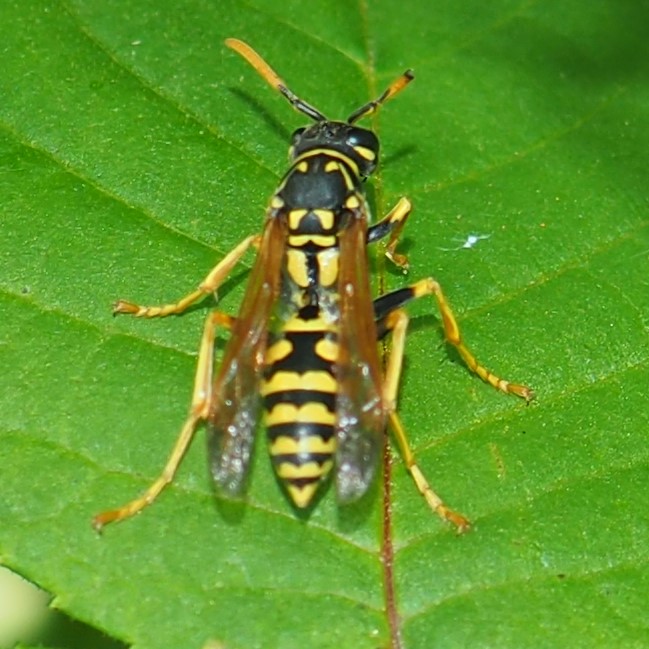

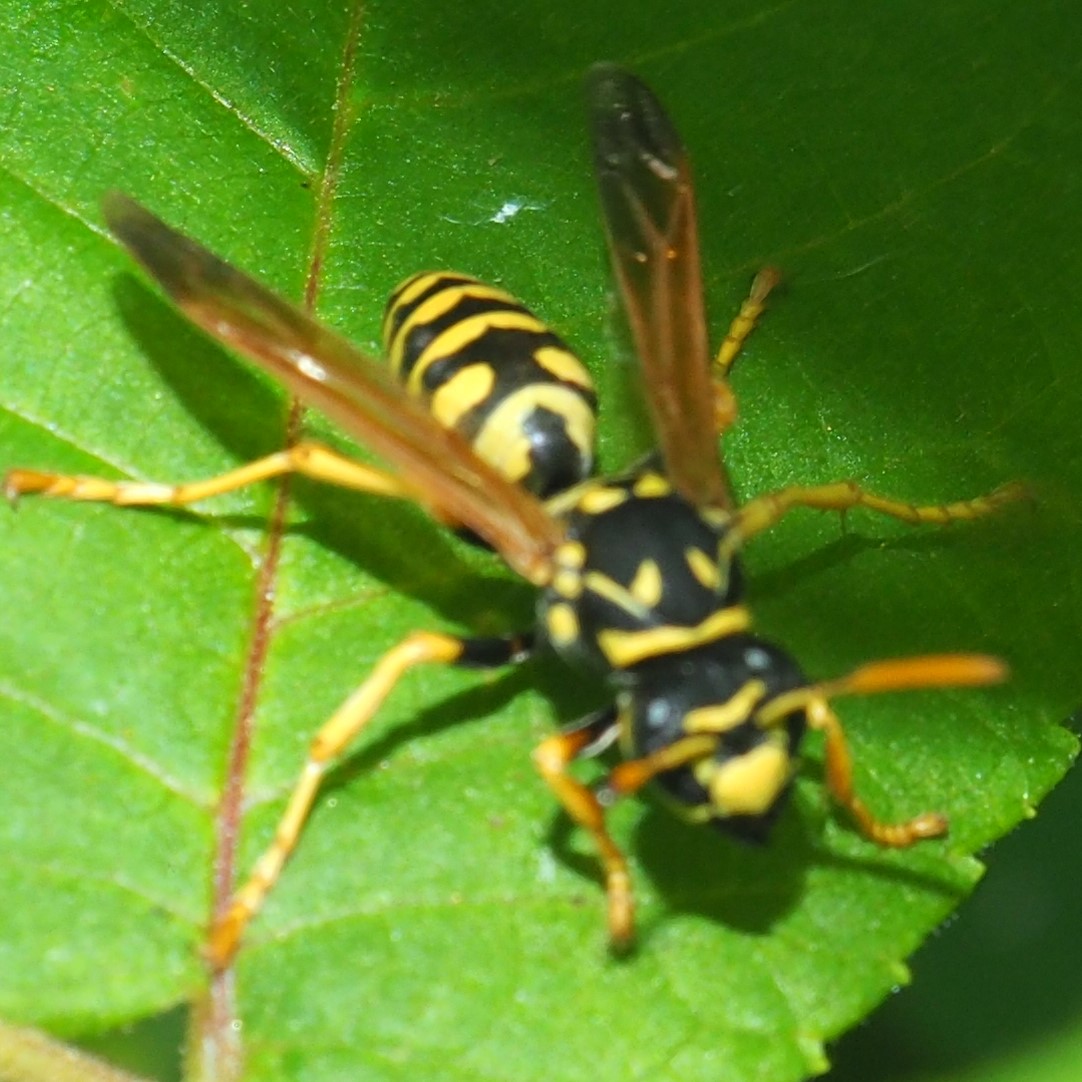
Here are a few more unidentified Wasps.

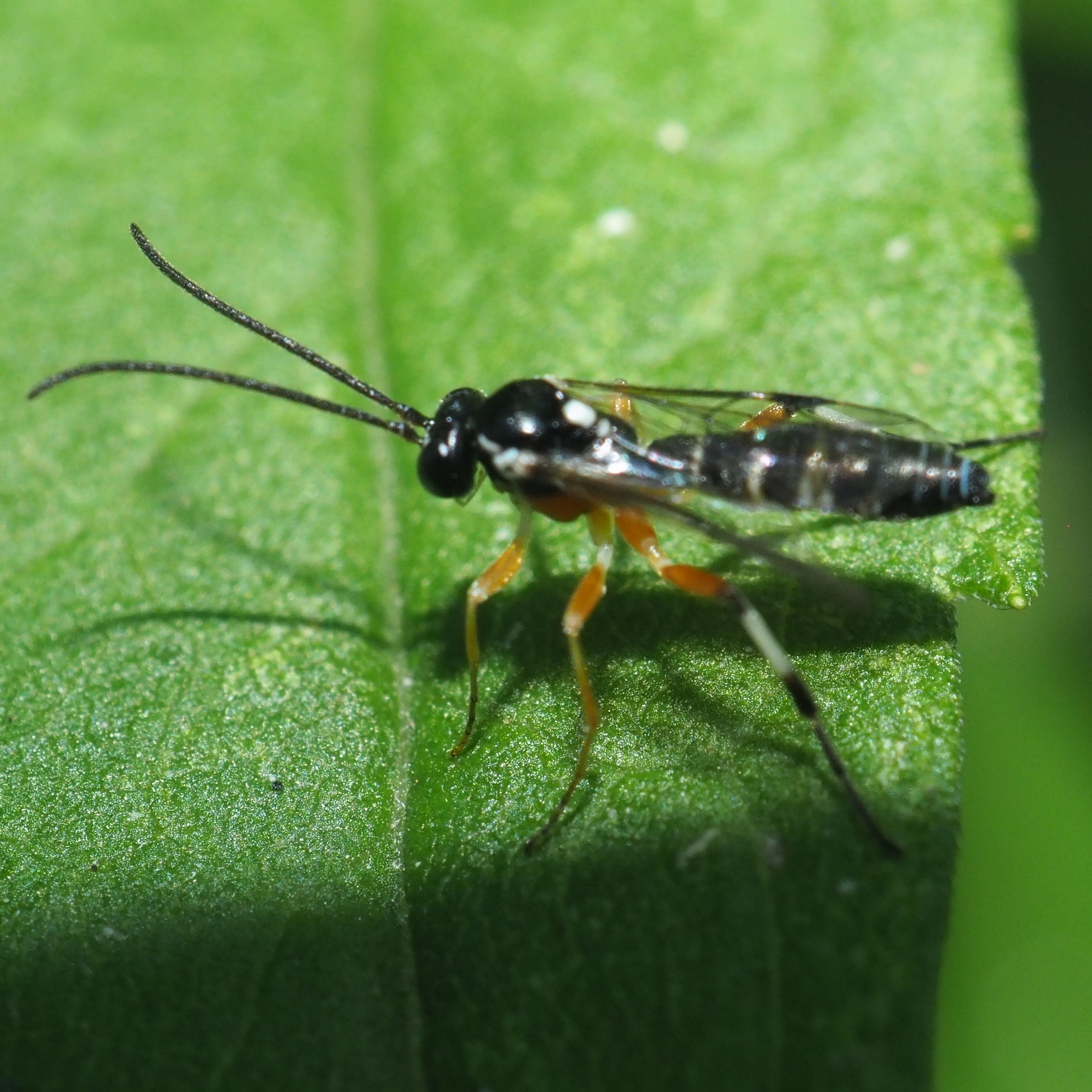

We seem to have run through all the pictures I got by August 15th. One friend that I didn't see (he talks from under a rock) is Froggy. We know from his chatting that he's fine though. He'll be back next week - I saw him briefly yesterday. I do have some more pretty flower pictures. Here are the Zinnias.
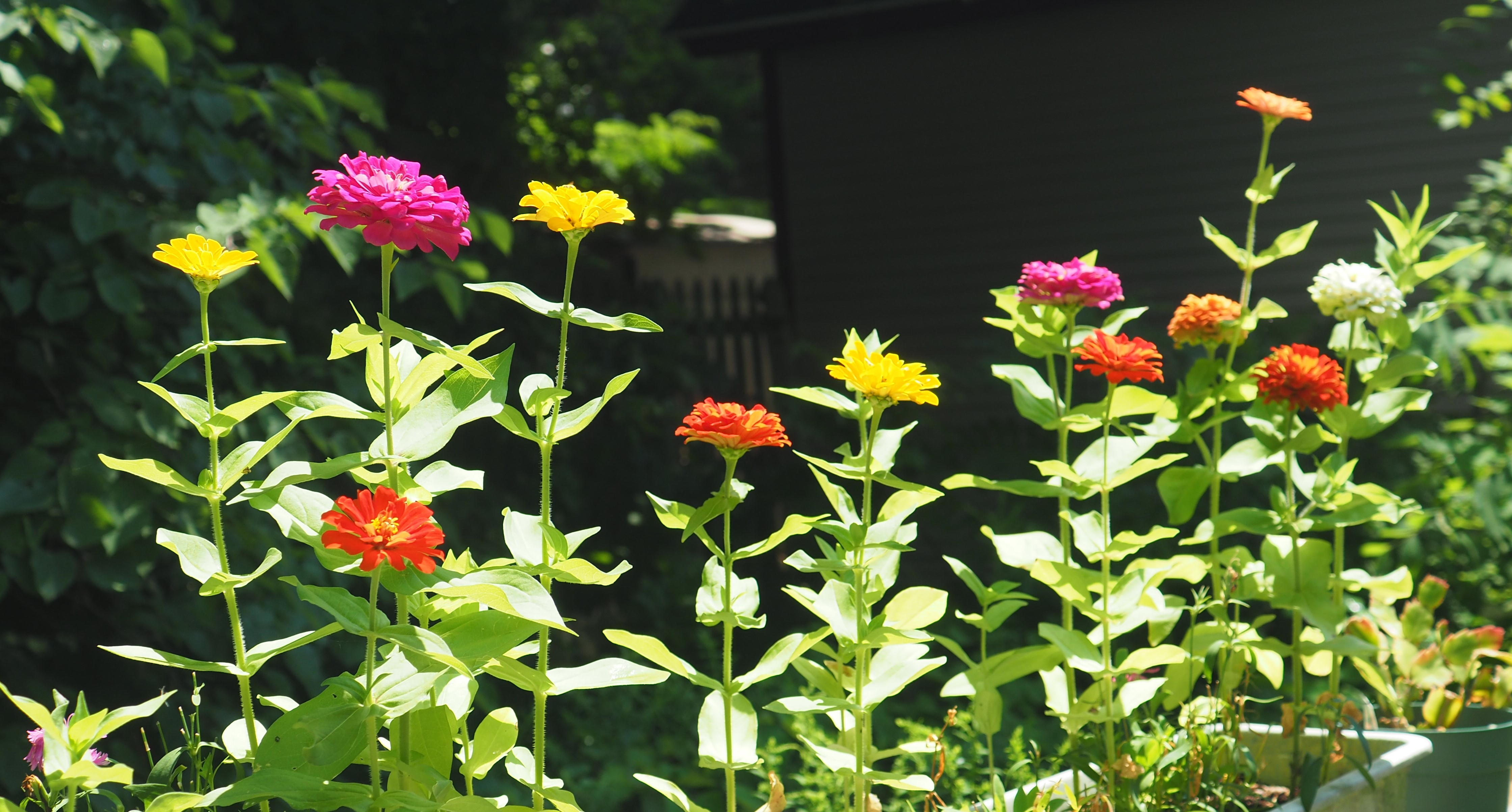
And here is a long view of the Seidl Garden south of town.
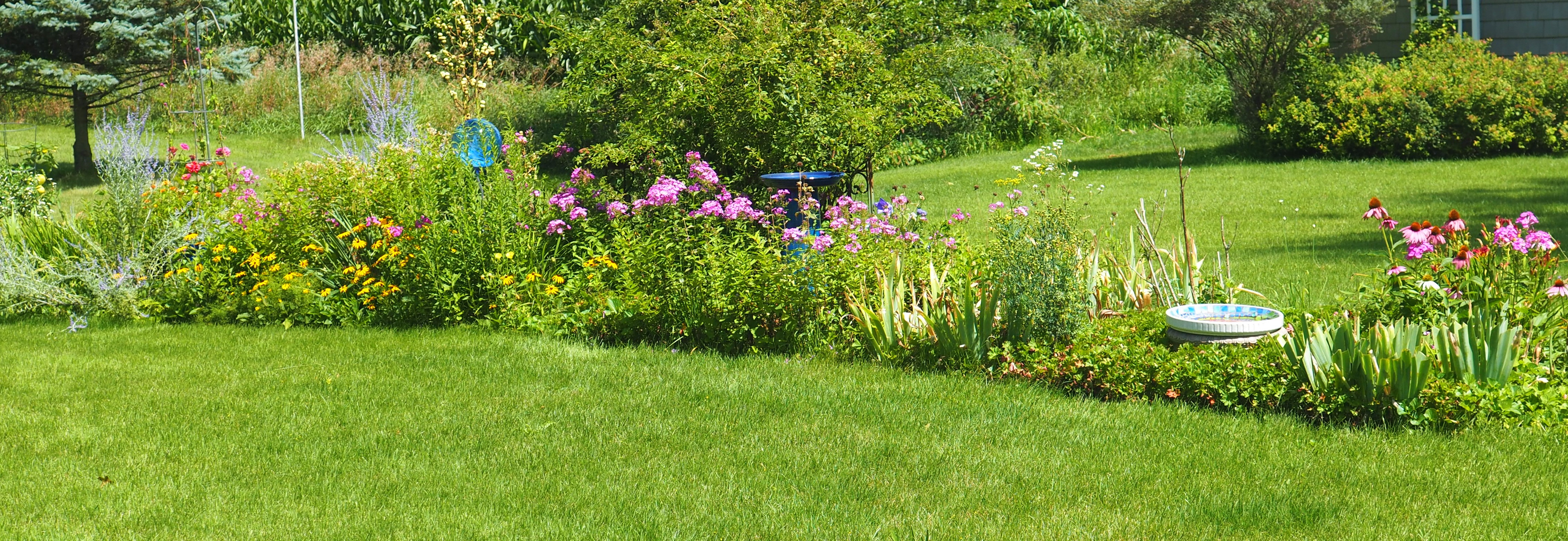
Well, Dear Ones, another week has passed. Maybe there will be a vaccine for this Plague in three or four months. Let's hope that we can all pull together and get through those months. First it will cool off (it already has somewhat), then the leaves (here in the Northern Hemisphere) will turn colors, then they will fall off. Then it may snow and then it will snow. That brings us up to December. Then we will all be standing in lines ten people apart and bravely put out our arms and go home and open our doors to our faithful friends.
If you would like to try a Birthday Zoom Party, please email me and I will try to set up a couple of sessions appropriate for the various time zones. I'd love that! One party on the 25th, one on the 26th, and one on the 27th. If I could share some virtual desserts, that would be ideal, but if you will bring one cupcake or other colorful handheld dessert, or a picture of something scrumptious, so will I and we can eat together virtually. Bring your own coffee or tea or whatever (wink wink nudge nudge)!
Love, Martha
Back to August 9, 2020
Forward to August 23, 2020
Back to main menu
copyright Martha O'Kennon 2020
















































































































































